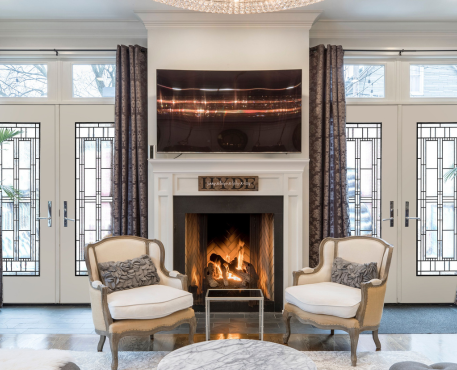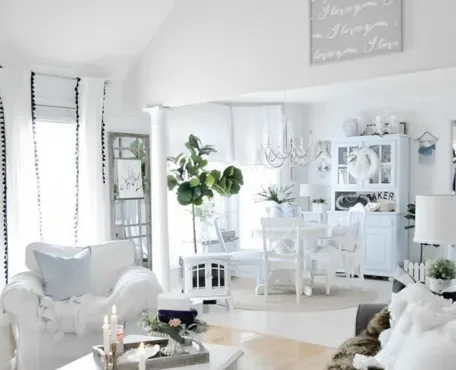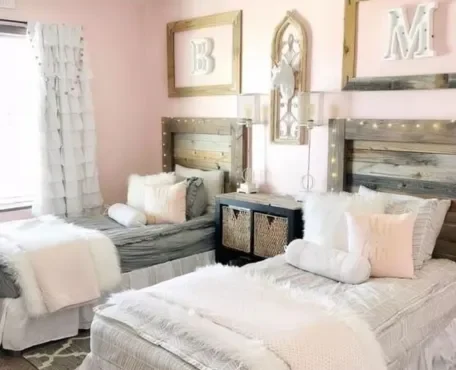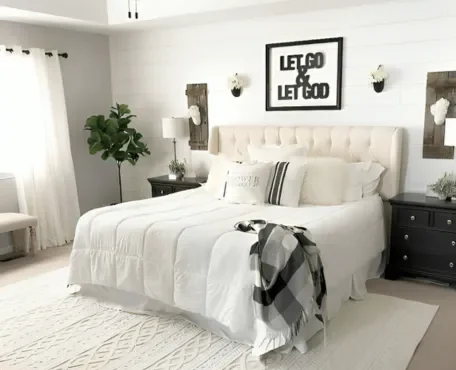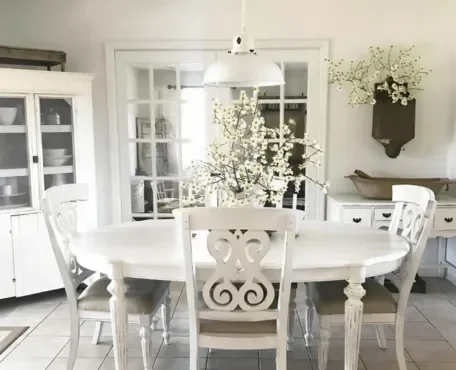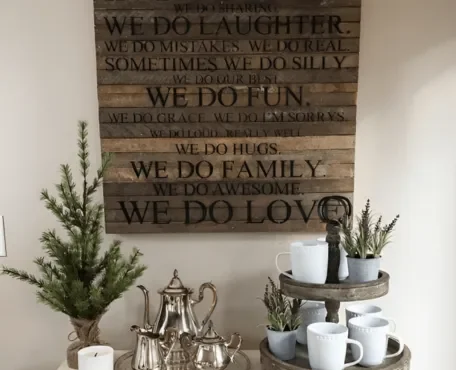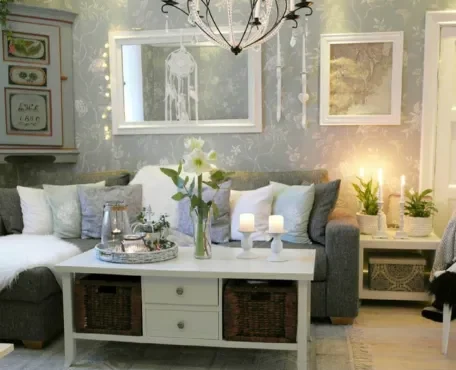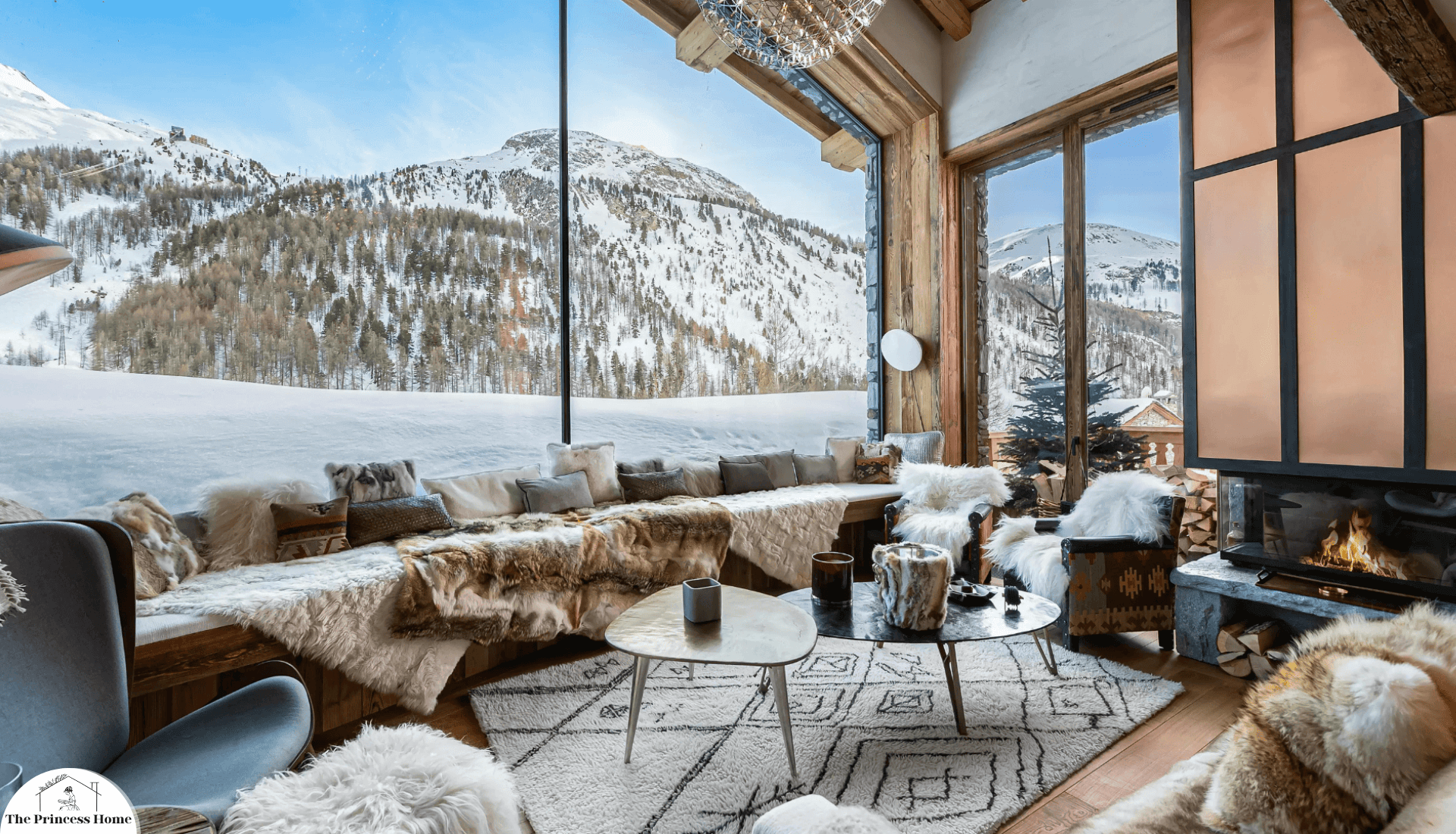
Make Your House Warm : Winter is a season known for its chilly temperatures and biting winds. Keeping your home warm and comfortable during these months is not only essential for your comfort but also for energy efficiency and cost savings. In this essay, we will explore various steps and strategies to make your house warm in the winter.
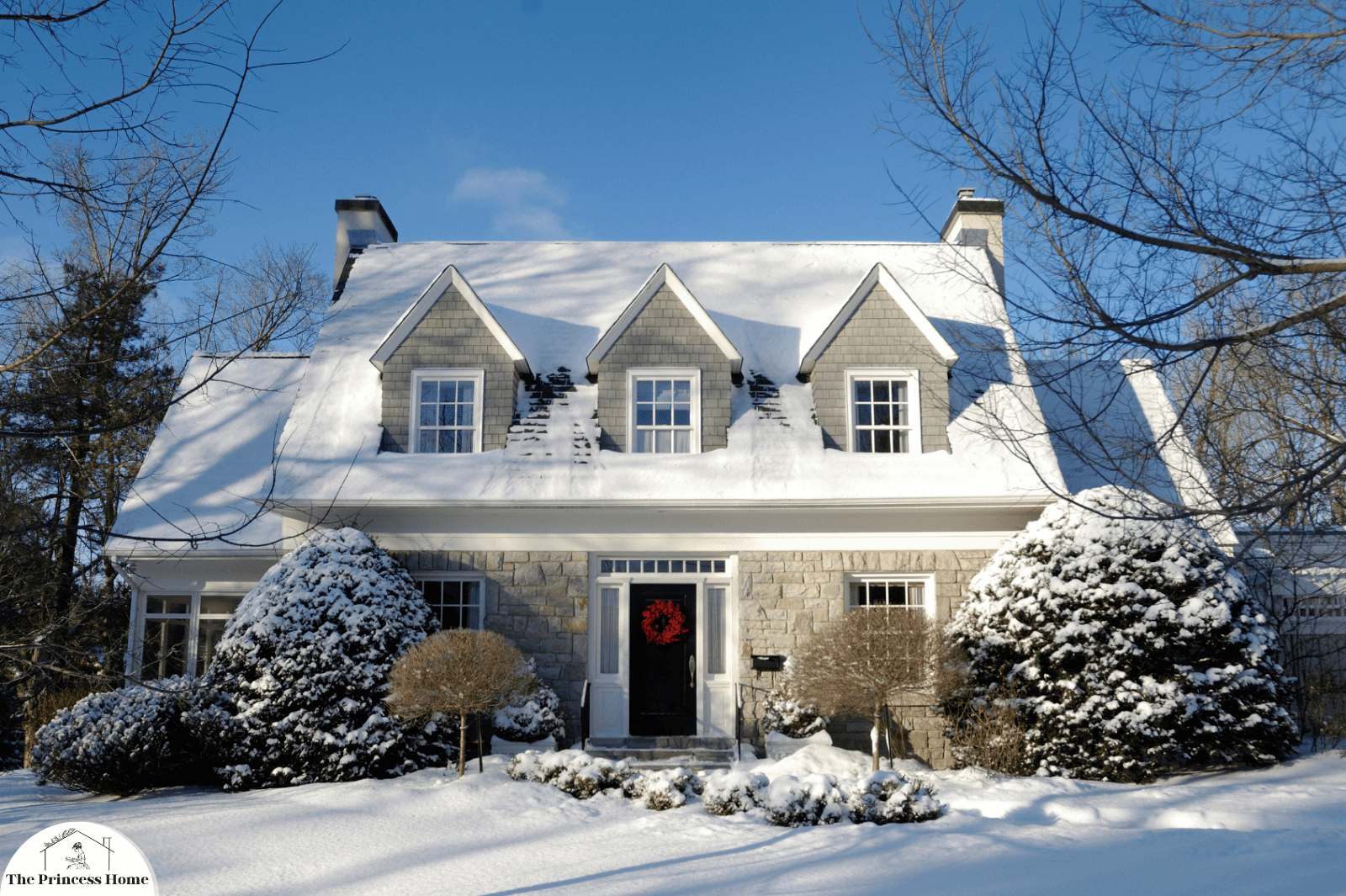
House Warm Essentials
A warm and inviting home is more than just a shelter; it’s a sanctuary where comfort meets functionality. As we navigate the changing seasons, ensuring that our living spaces are cozy and inviting becomes a top priority. In this comprehensive guide, we’ll explore a myriad of house warm essentials that contribute to a snug and welcoming environment, from heating systems to thoughtful decor elements. Ensuring your home is warm and cozy involves incorporating various essentials that contribute to both comfort and energy efficiency. Here’s a list of house warm essentials:
Temperature Control
Proper Insulation:
Ensuring proper insulation is a crucial step in temperature control within a home.
Here are some more details and tips on insulation:

A. Attic Insulation:
- Inspect your attic insulation to ensure it is adequate.
- Add more insulation if needed, aiming for a recommended R-value.
- Use eco-friendly insulation materials like fiberglass, cellulose, or foam.
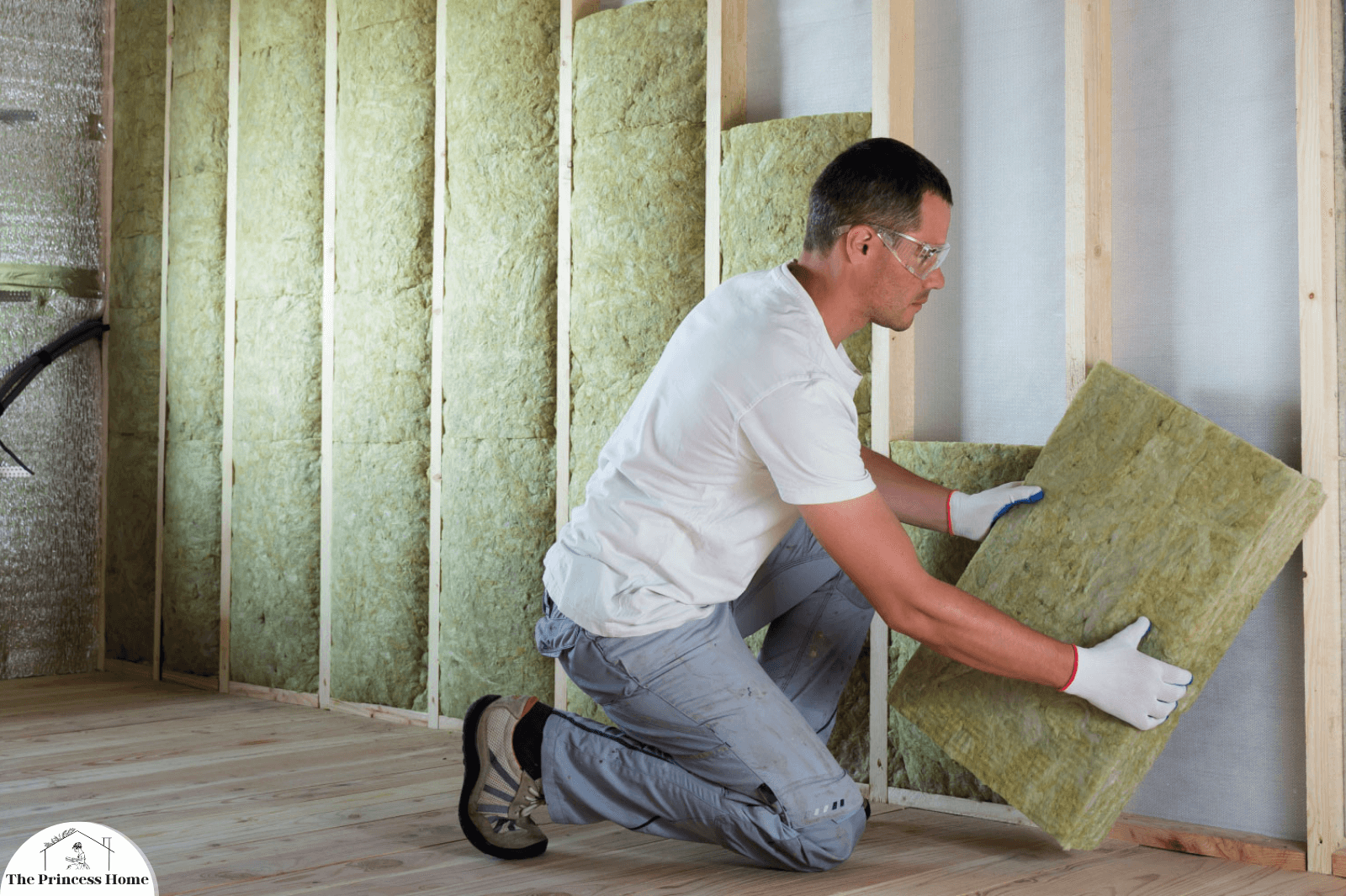
B. Wall Insulation:
- Evaluate your wall insulation, especially in older homes.
- Consider adding insulation to exterior walls, either through blown-in insulation or insulation boards.
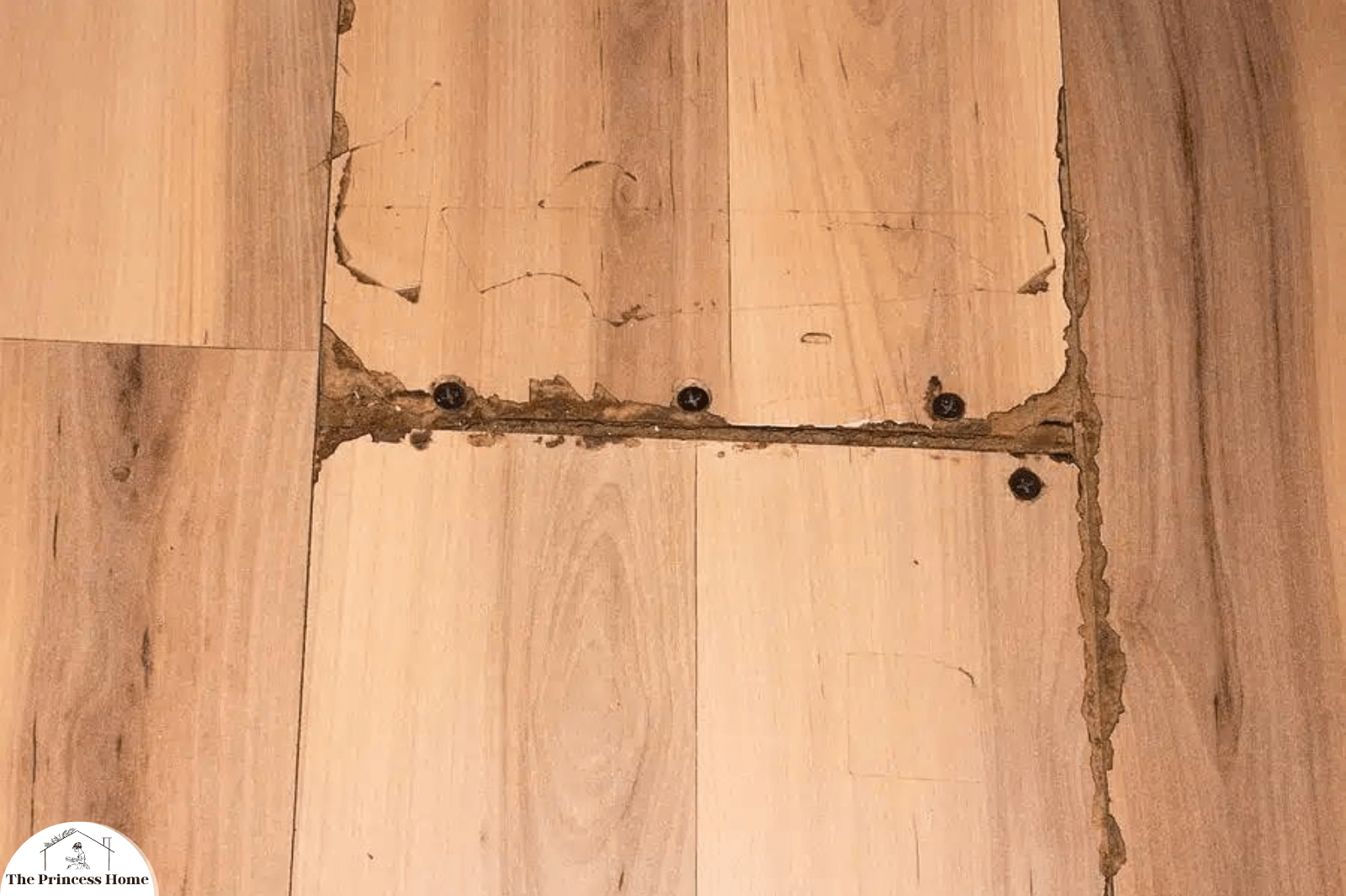
C. Floor Insulation:
- Check for gaps and cracks in your floors.
- Install insulation beneath the floor, especially in crawl spaces or basements.

Sealing Air Leaks:
Ensuring the energy efficiency of your home is a critical step in reducing energy consumption and lowering utility bills. One of the most common culprits of energy loss is air leaks, which can significantly impact both heating and cooling systems.
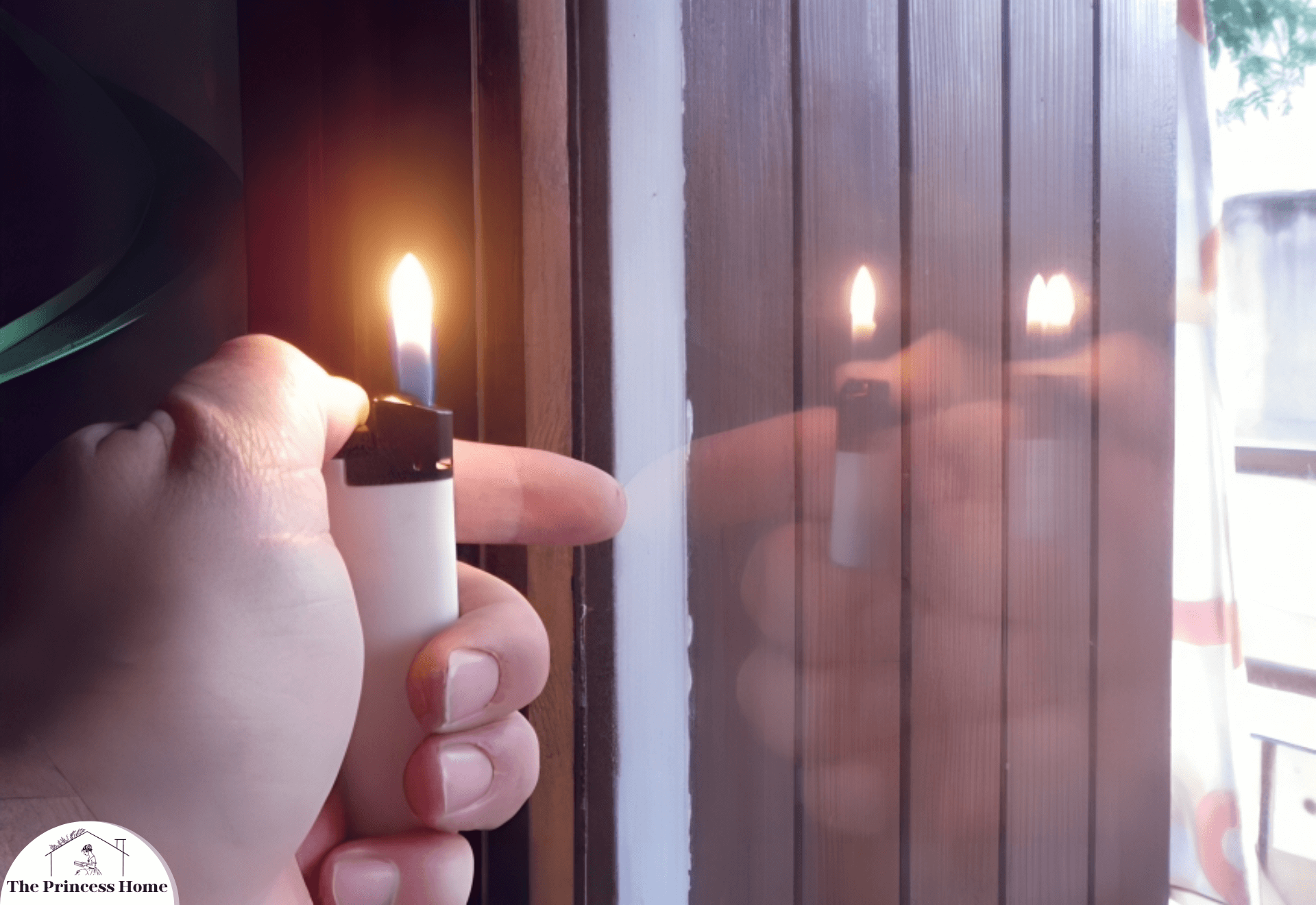
A. Identify Draft Sources:
- Locate air leaks around windows, doors, and electrical outlets.
- Use a draft detector or simply feel for cold air on a windy day.
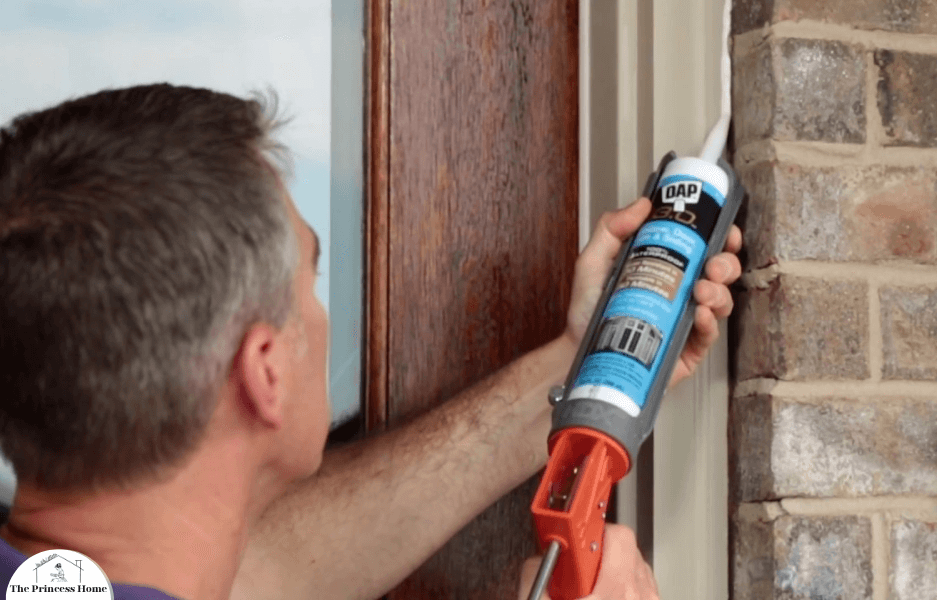
B. Seal Gaps and Cracks:
- Use weatherstripping to seal gaps around doors and windows.
- Apply caulk to seal cracks in walls, floors, and ceilings.

C. Insulated Doors:
- Upgrade to insulated exterior doors.
- Ensure proper sealing around doors.
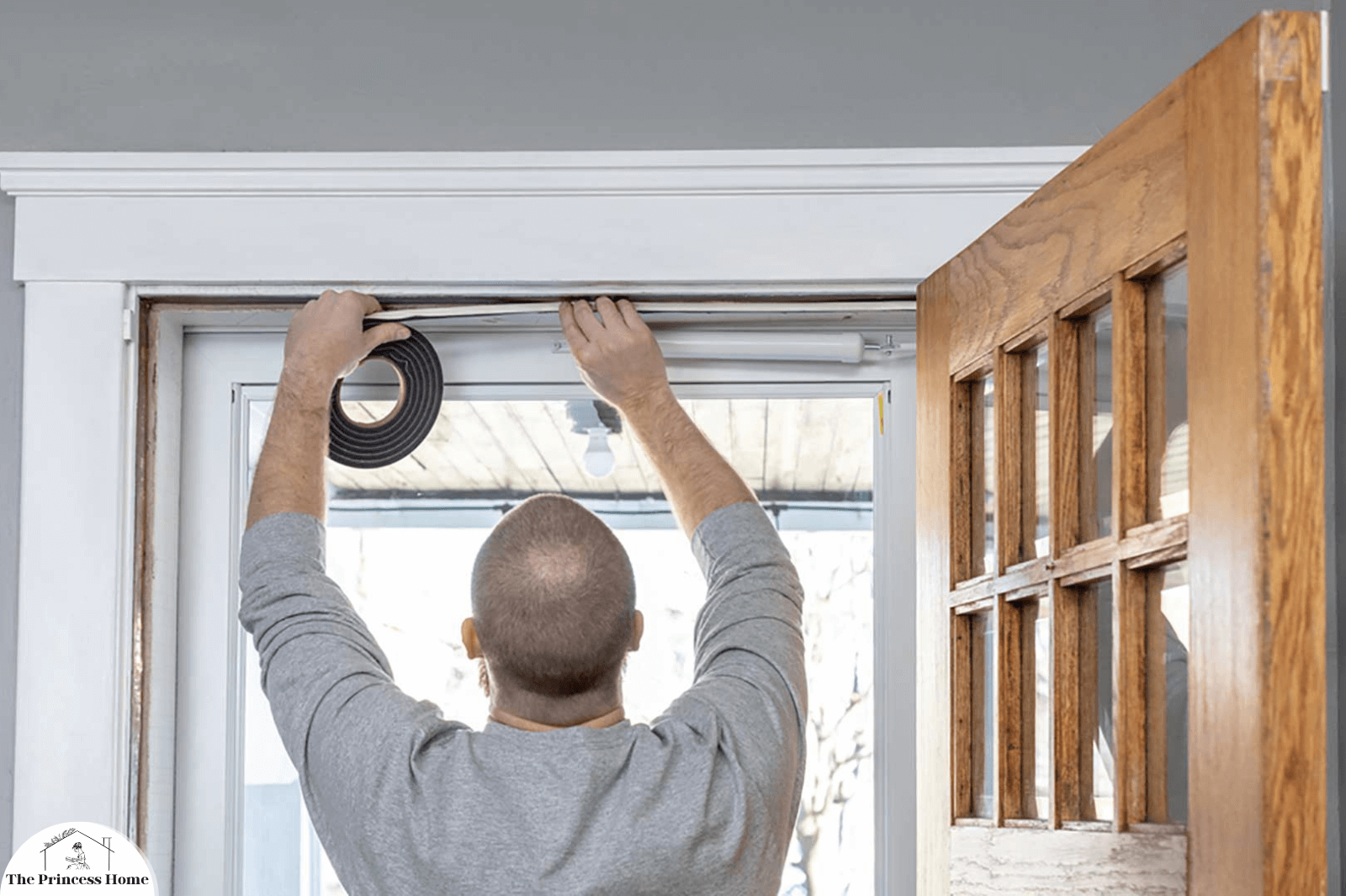
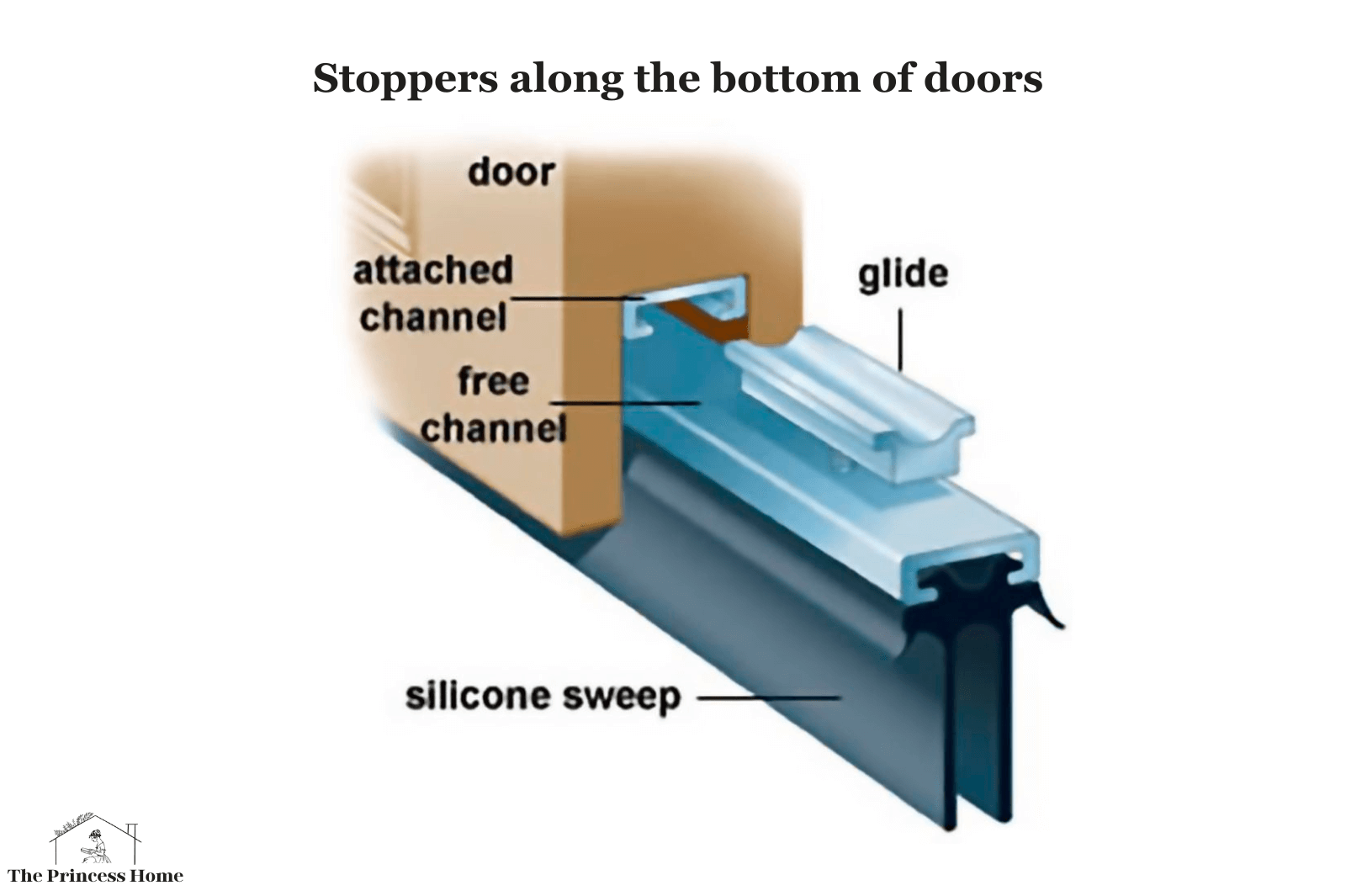
D. Consider Weather Stripping:
- Install door sweeps to block drafts at the bottom of doors.
- In addition to draft stoppers along the bottom of doors, consider using weather stripping around the door frame. can seal gaps and cracks, further preventing cold air infiltration.
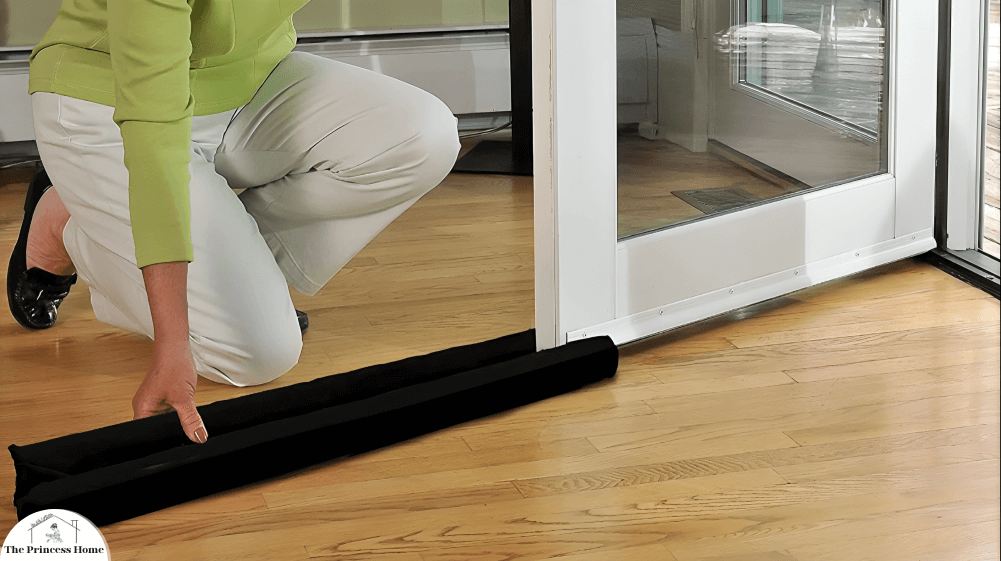
E. Draft Doors Stoppers:
By effectively sealing gaps under doors with draft stoppers, you can reduce energy consumption, improve indoor comfort, and lower heating costs during colder months.

Coordinate with Home Decor:
Draft stoppers come in various colors and patterns, allowing you to choose options that complement your home decor. This way, they not only serve a practical purpose but can also add a touch of style.
There are various types of draft stoppers available, including door sweeps, fabric-based stoppers, and foam-based options. Choose a draft stopper that is suitable for the specific type of door you are trying to seal and complements your interior decor.
Here are some considerations and tips for using draft stoppers effectively:
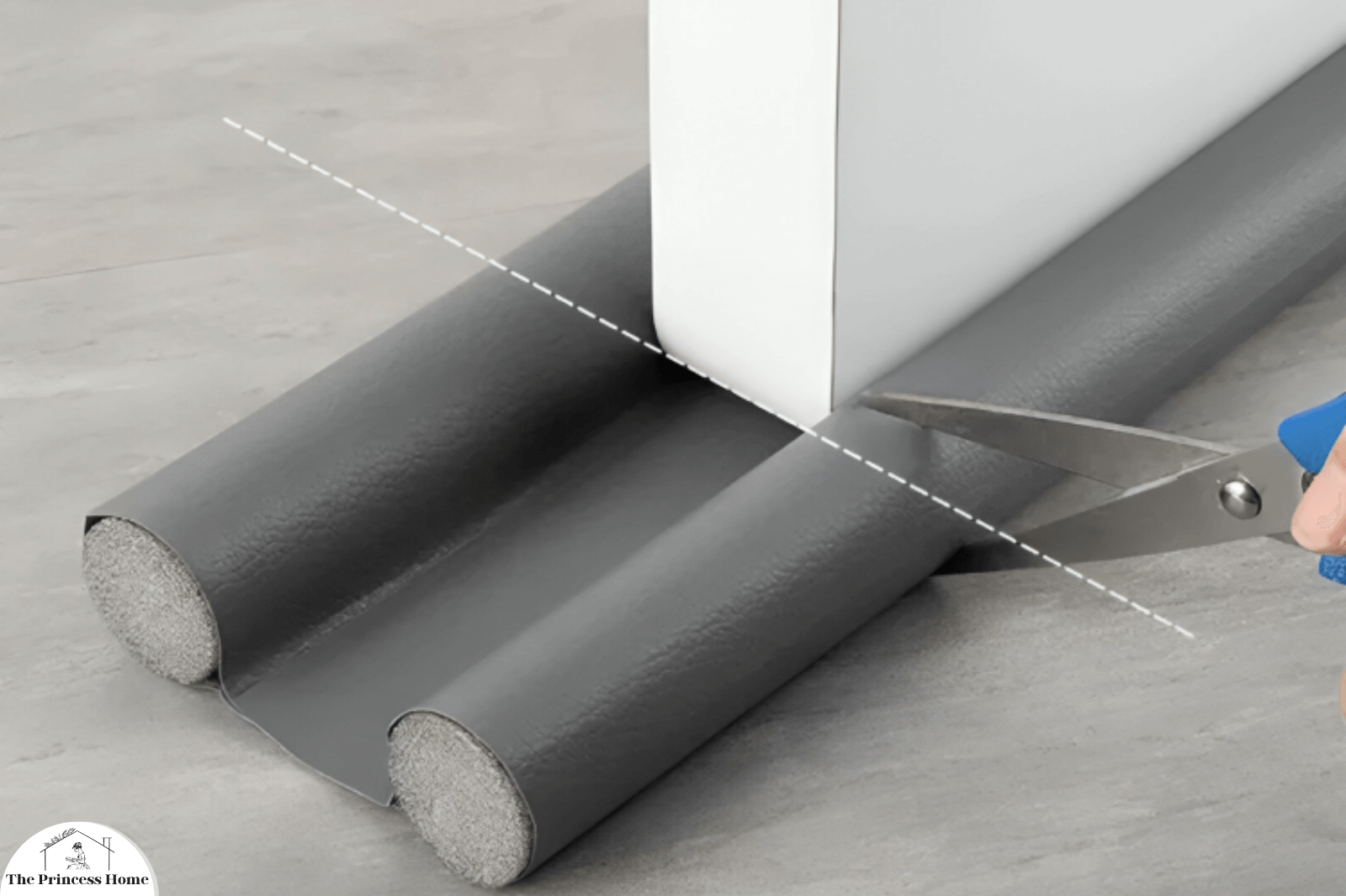
Measuring and Installation:
- Measure the width of the door to ensure you select a draft stopper that fits snugly along the bottom. Installation is typically straightforward, involving placing or attaching the stopper along the door’s bottom edge. Some draft stoppers come with adhesive backing, while others may require screwing or nailing into place.
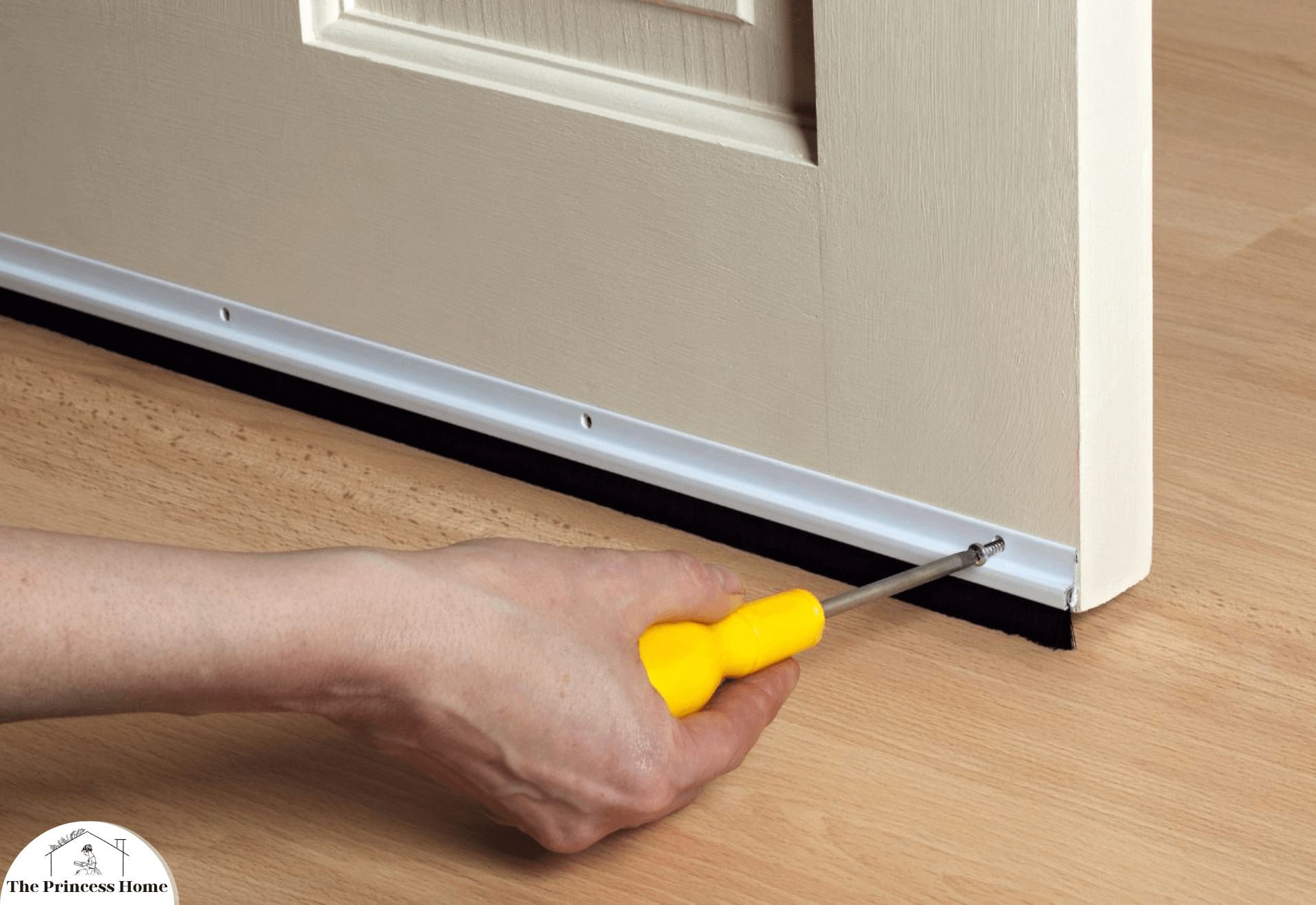
Door Sweep Installation:
- Door sweeps are long, flexible strips that attach to the bottom of the door. They typically have a sealing mechanism that rests against the floor when the door is closed. Install door sweeps by screwing or nailing them to the bottom of the door.
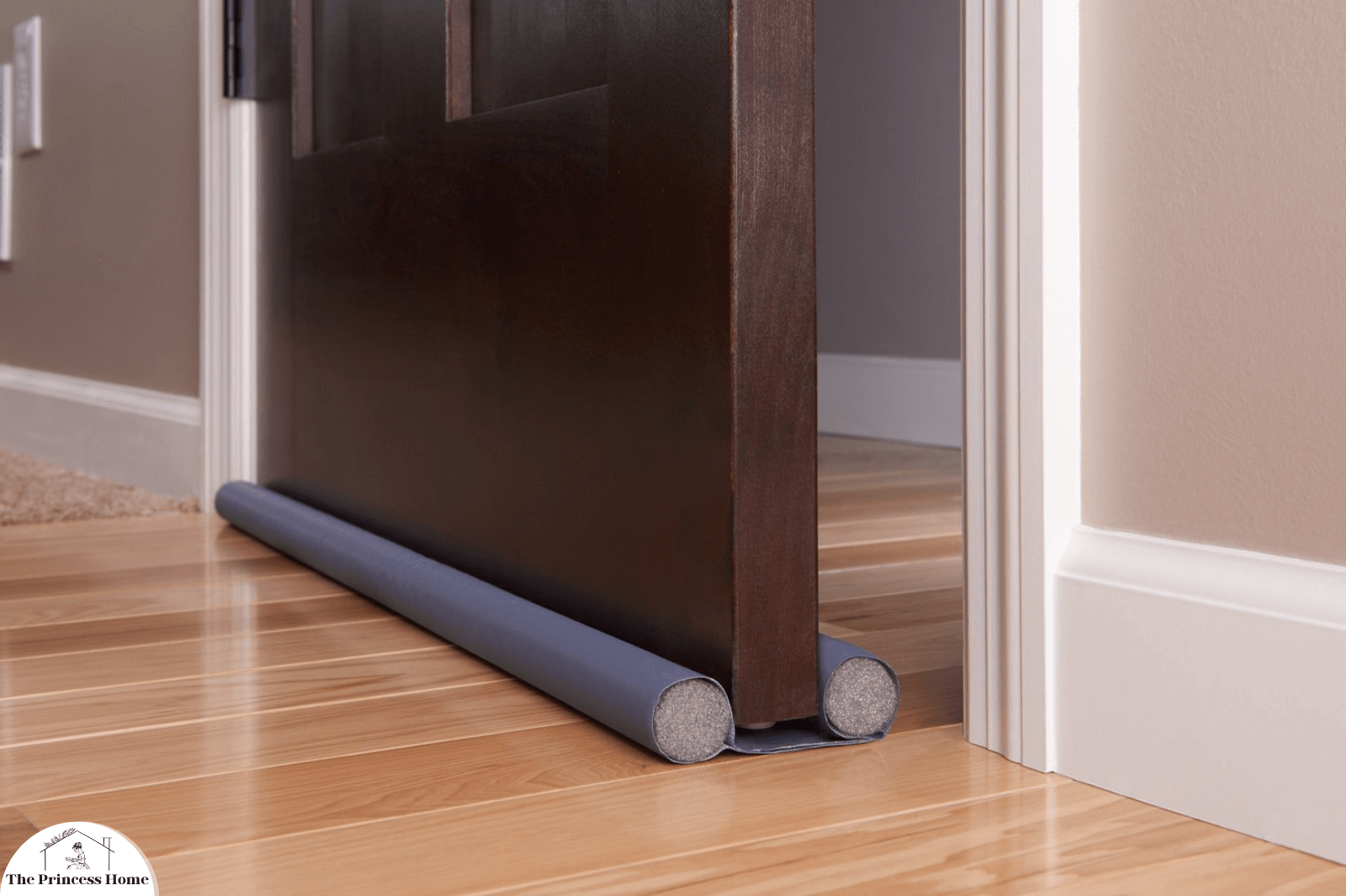
Fabric-Based Draft Stoppers:
- Fabric draft stoppers are often filled with insulating materials such as foam or polyester. These can be placed along the bottom of the door to block drafts. They are available in various designs, and some can be easily moved or adjusted.
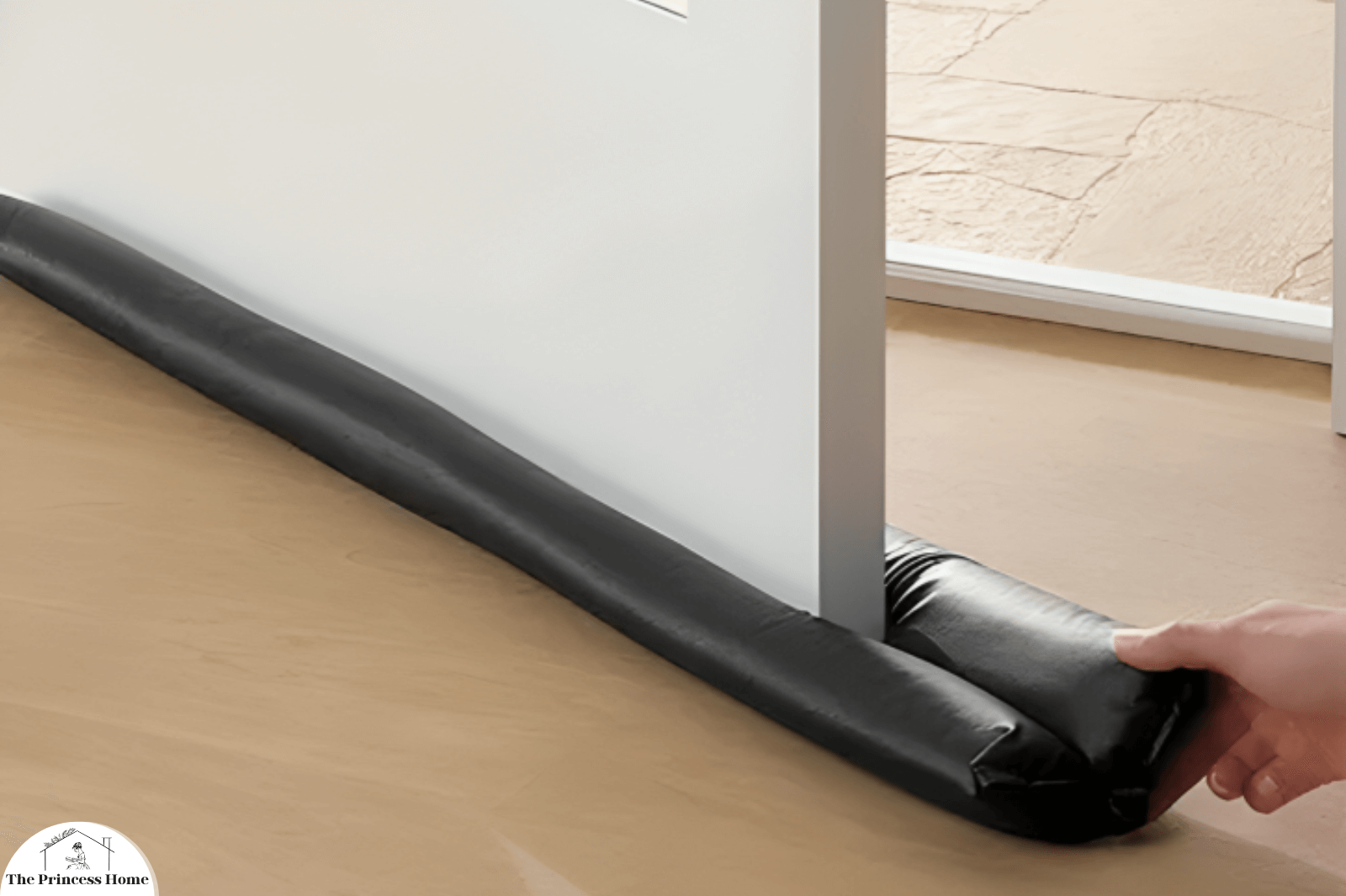
Regular Maintenance:
- Check your draft stoppers regularly to ensure they are in good condition. Over time, especially with frequent use, they may wear out or lose their effectiveness. Replace or adjust them as needed to maintain proper insulation.
Use on Exterior and Interior Doors:
While draft stoppers are commonly used on exterior doors, they can also be beneficial for interior doors, especially in unheated or less frequently used rooms. This can help create a more energy-efficient and comfortable living environment throughout your house warm.
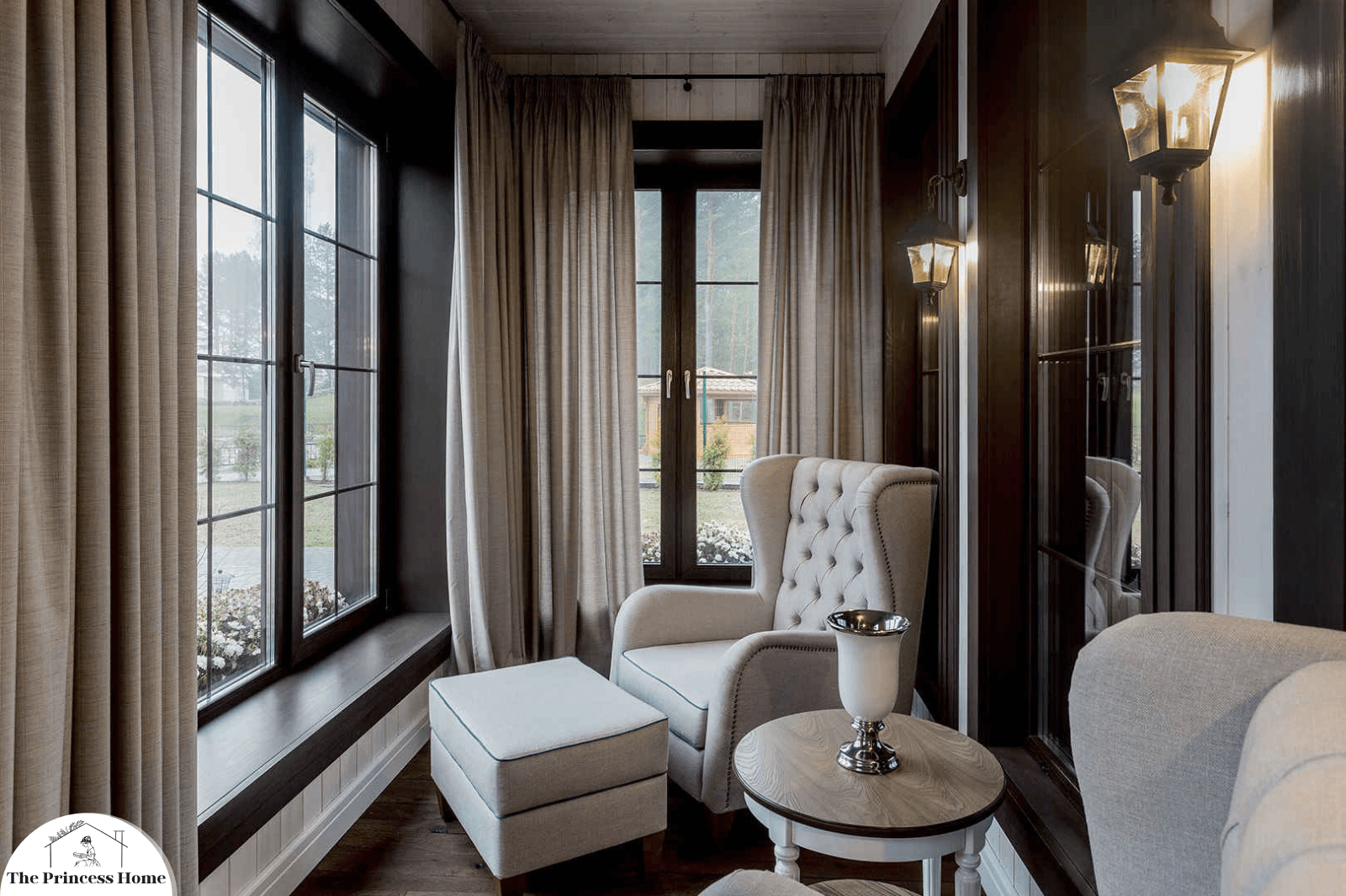
Upgrading Windows :
Upgrading windows in your home can significantly contribute to achieving ultimate comfort by improving energy efficiency, security, and overall aesthetics.
Here are some considerations and steps for upgrading windows

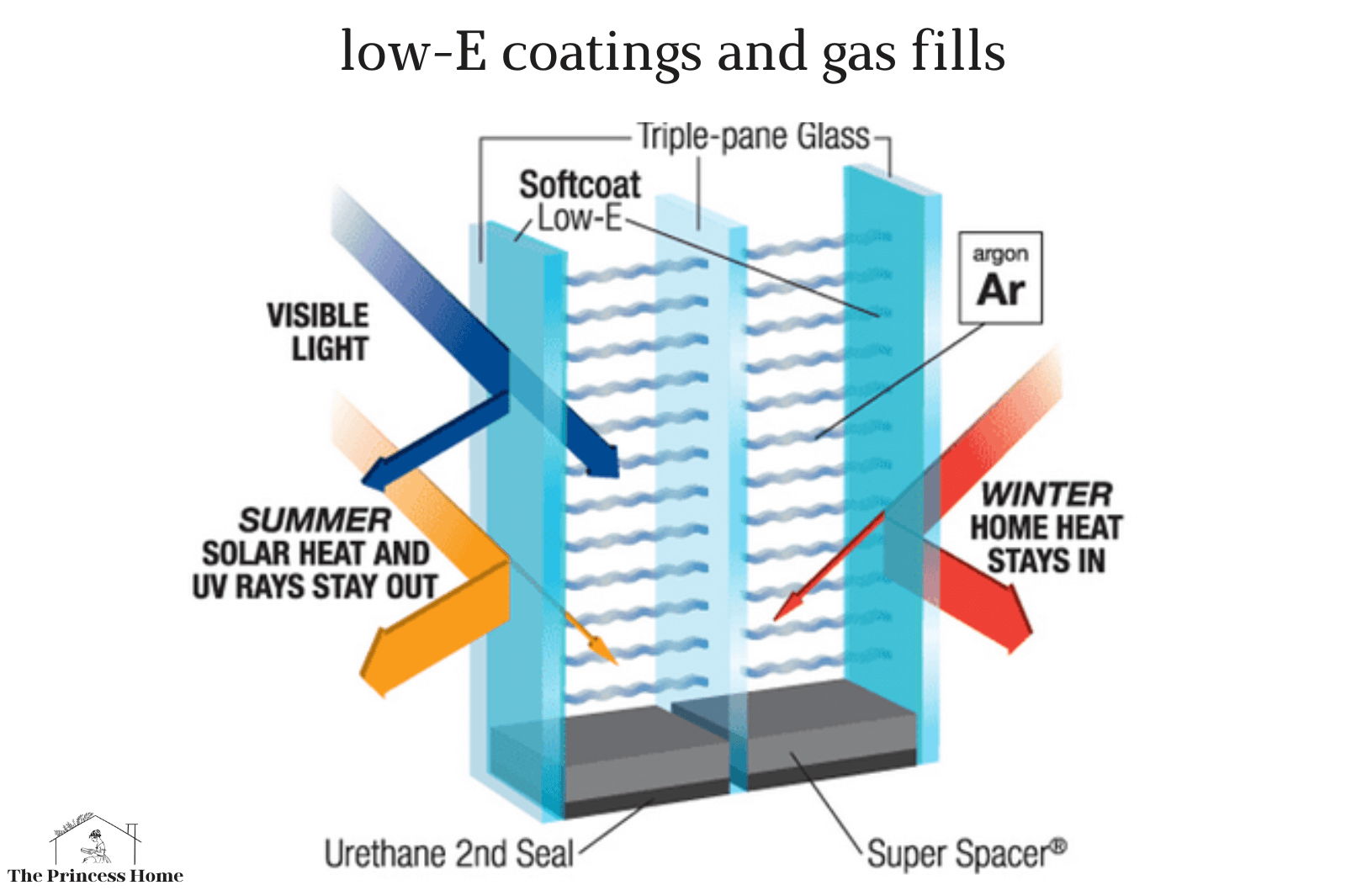
A. Energy-Efficient Windows:
- Replace old, single-pane windows with energy-efficient double or triple-pane windows.
- Install low-E coatings and gas fills for added insulation.

Window Film:
- Insulating Film: Install insulating window film. This transparent film can be applied to the glass, providing an extra layer of thermal insulation while still allowing light to pass through.
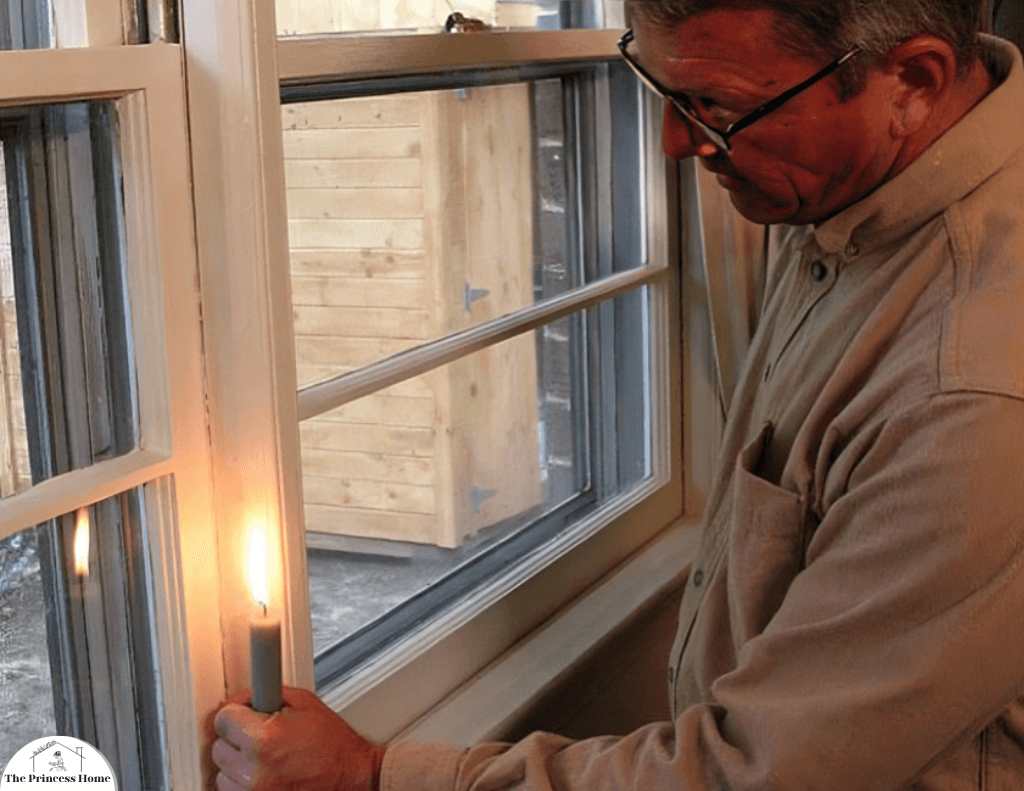
Weather Stripping:
- Seal Gaps: Apply weather stripping around windows to seal any gaps. Check for drafts and ensure a tight seal to prevent heat from escaping.
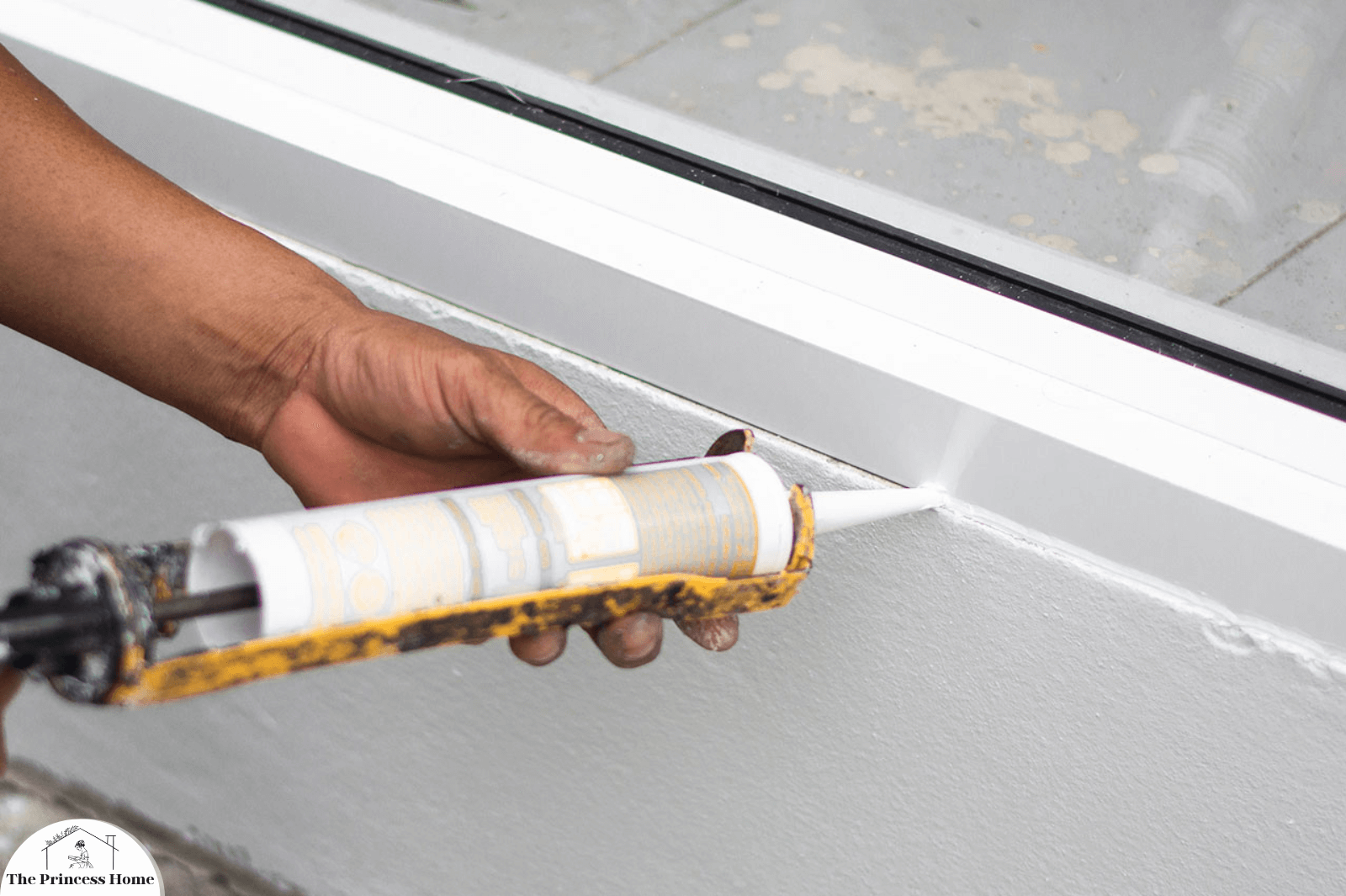
Window Seals:
- Window Seals and Caulking: Check for gaps in the window frame and apply appropriate seals or caulking to prevent cold air infiltration.

Draft Stoppers
- Window Draft Stoppers Place draft stoppers along the bottom of windows to prevent cold air from entering. You can buy or make these from insulating materials like foam or fabric.
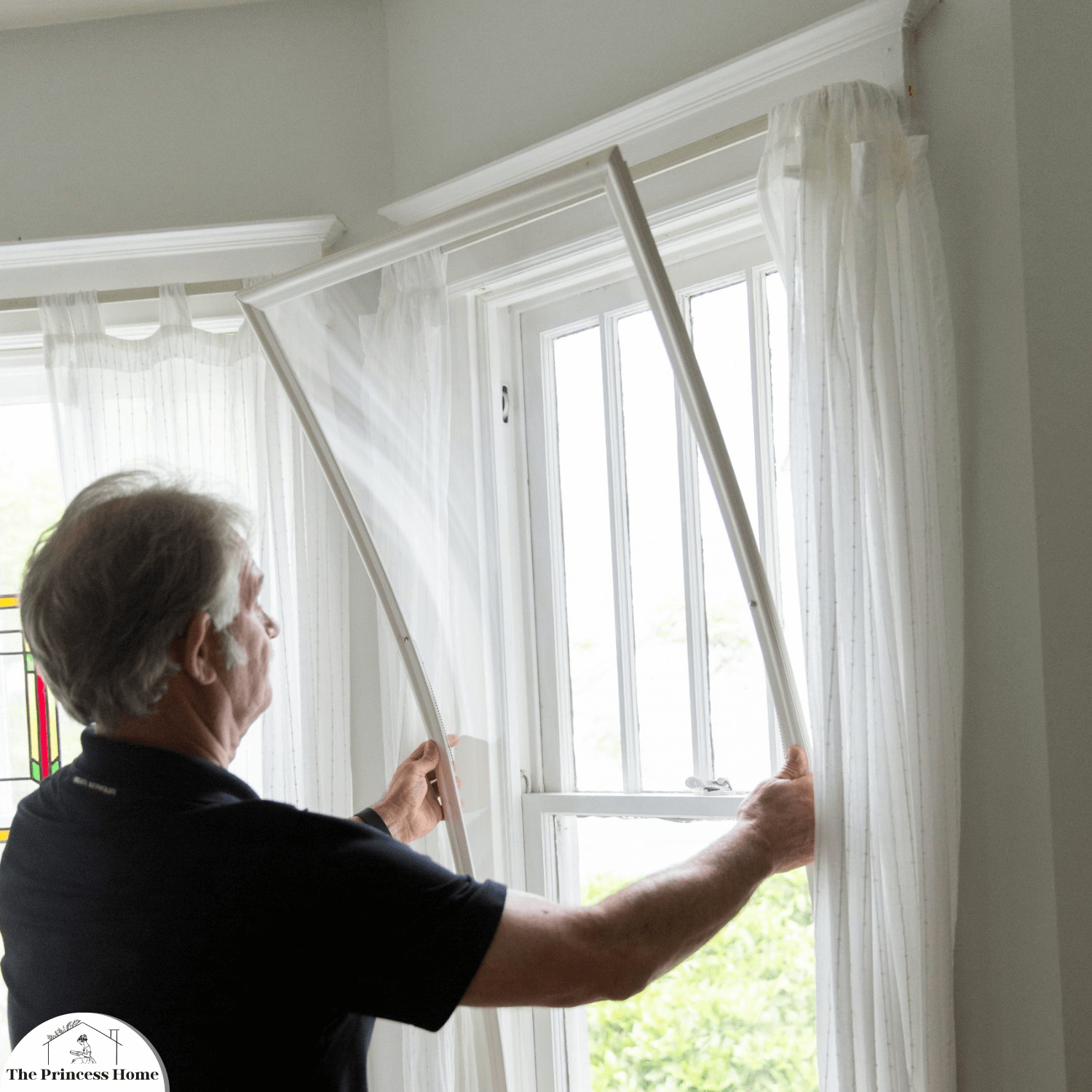
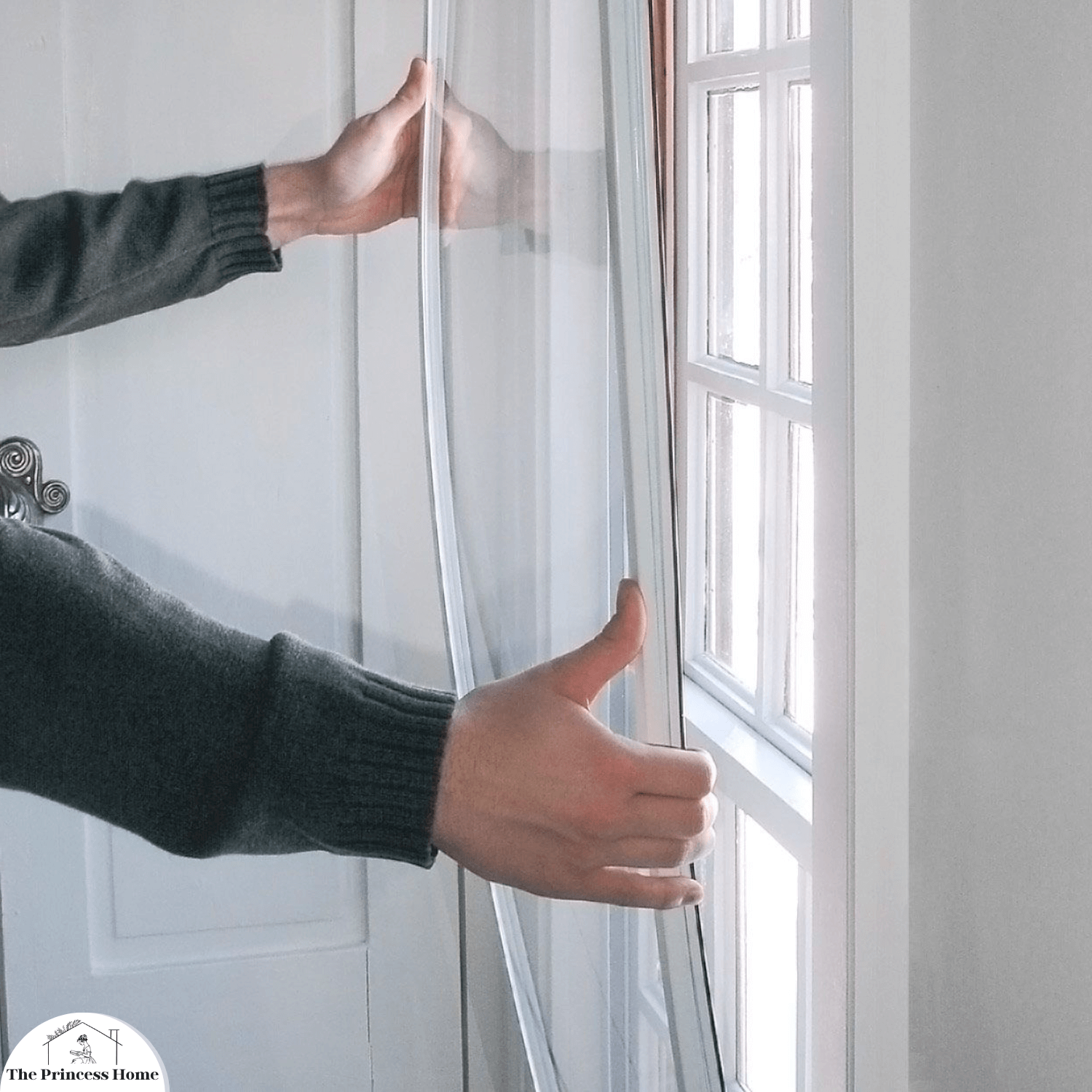
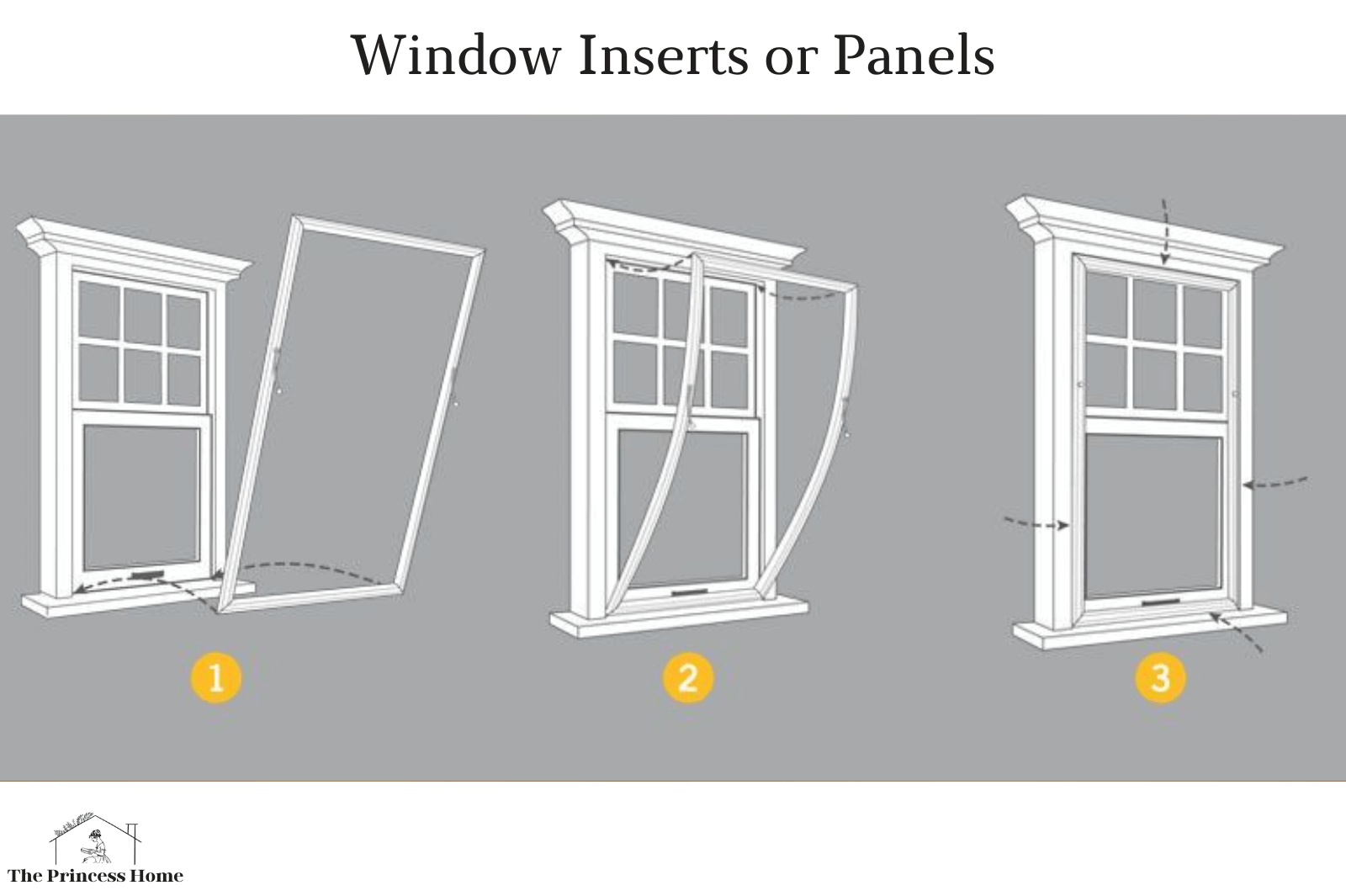
Window Inserts or Panels
- Window Inserts or Panels: These are custom-fitted, clear acrylic or glass panels that are installed on the inside of the window frame. They create an additional layer of insulation while maintaining visibility.
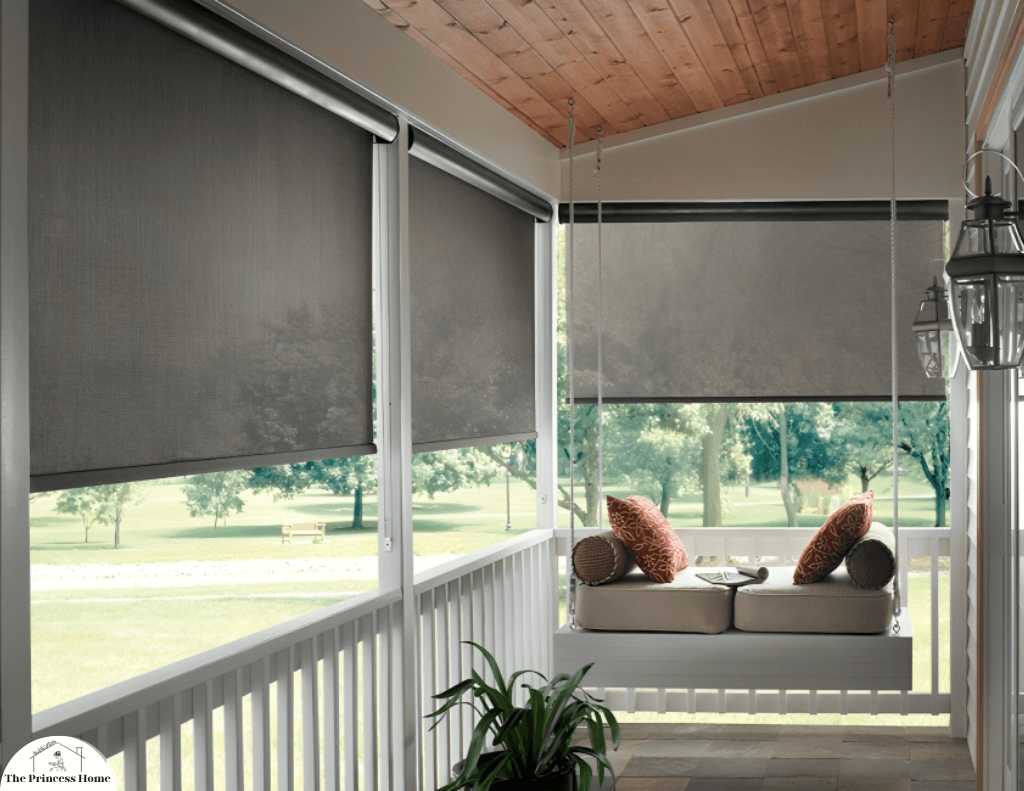
Exterior Shades
- Outdoor Blinds or Shades: If possible, install exterior blinds or shades. These can block sunlight during warmer months and provide insulation during colder months.
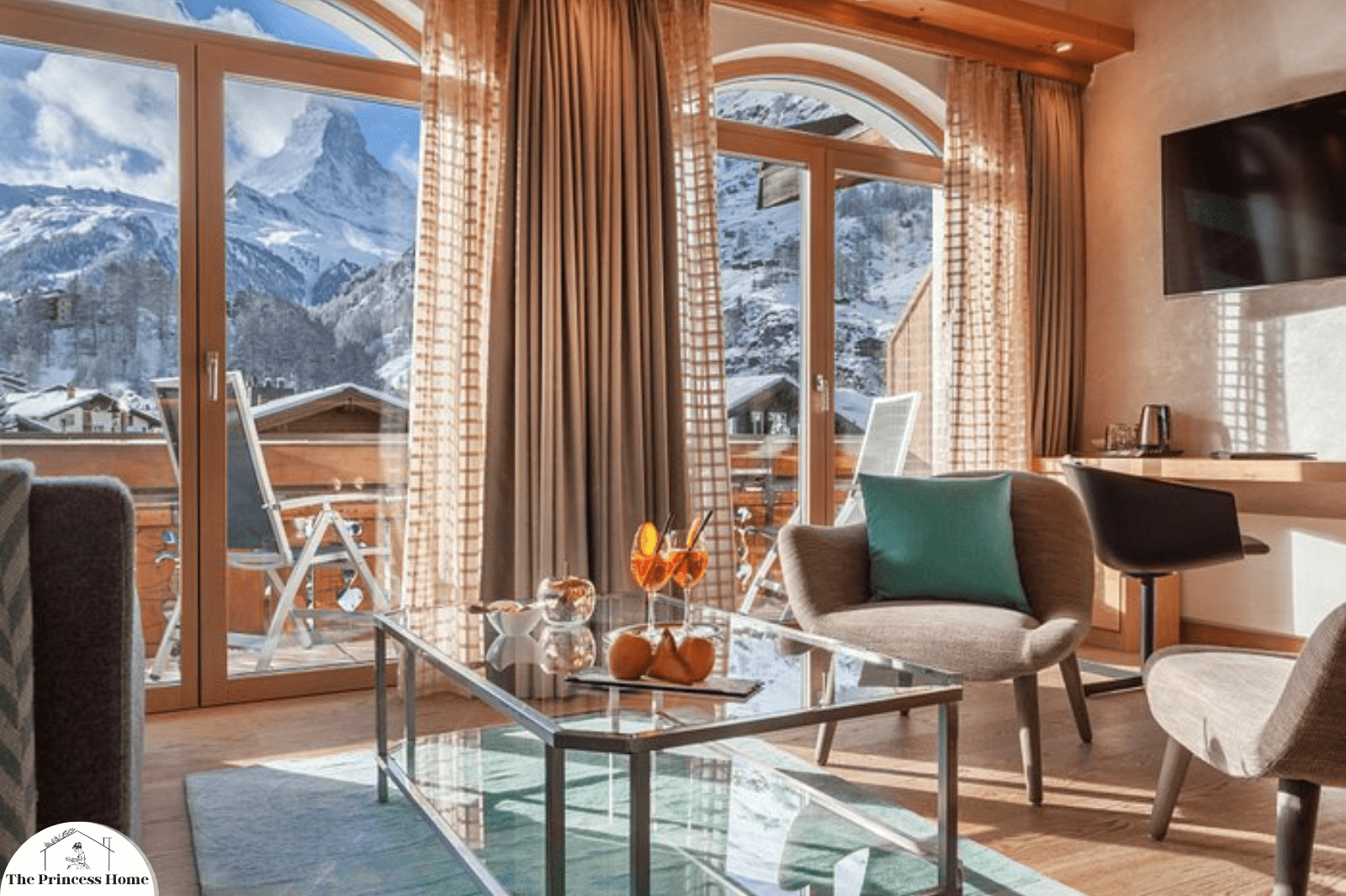
B. Curtains and Drapes
- Swap out lightweight summer curtains for heavier, thermal drapes. These not only add a touch of elegance but also provide additional insulation, keeping warmth in and cold out.
- Heavy Fabrics: Use thick, heavy curtains or drapes to add an extra layer of insulation. Choose materials like velvet, wool, or thermal fabrics to trap heat at night. Open them during the day to allow sunlight to naturally warm your home.
- Double Curtains: Install double curtains to create an additional barrier against drafts. Make sure to close them during colder nights.
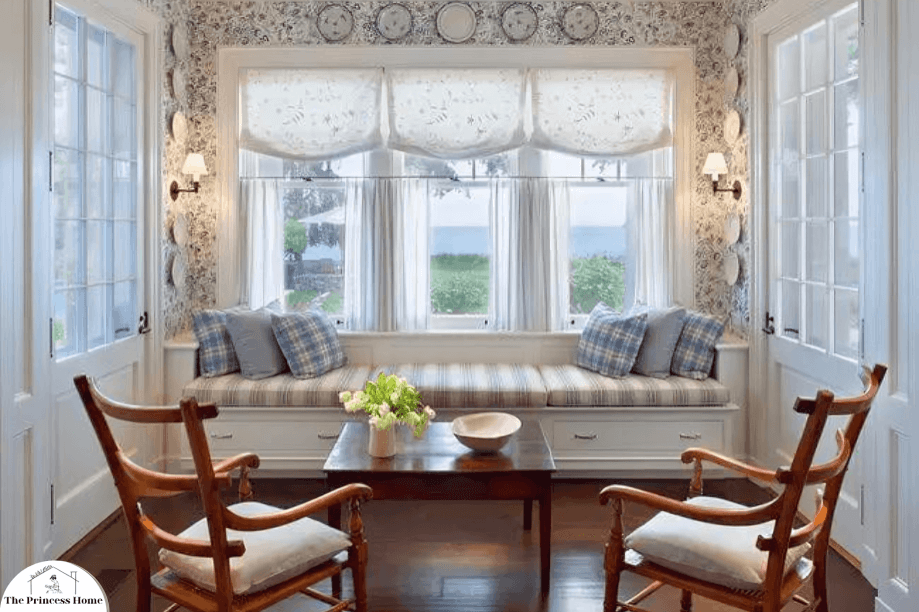
Window Quilts:
- Quilted Window Coverings: Quilted window coverings can be hung over windows to add insulation. They are especially effective in older homes with single-pane windows.
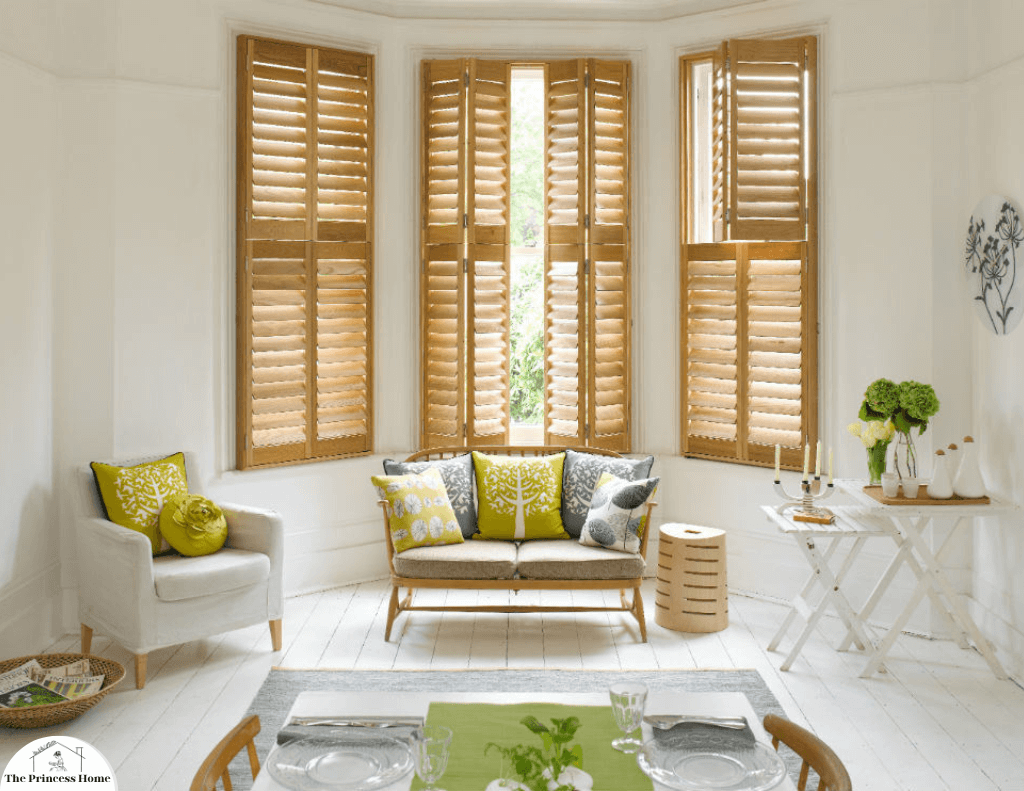
Shutters or Blinds:
Interior Shutters: Wooden shutters or blinds can provide an additional layer of insulation. Close them during colder periods to reduce heat loss.

Insulated Window Coverings:
- Insulated Blinds or Shades: Some blinds and shades come with insulating properties. Look for options designed to reduce heat transfer through the windows.
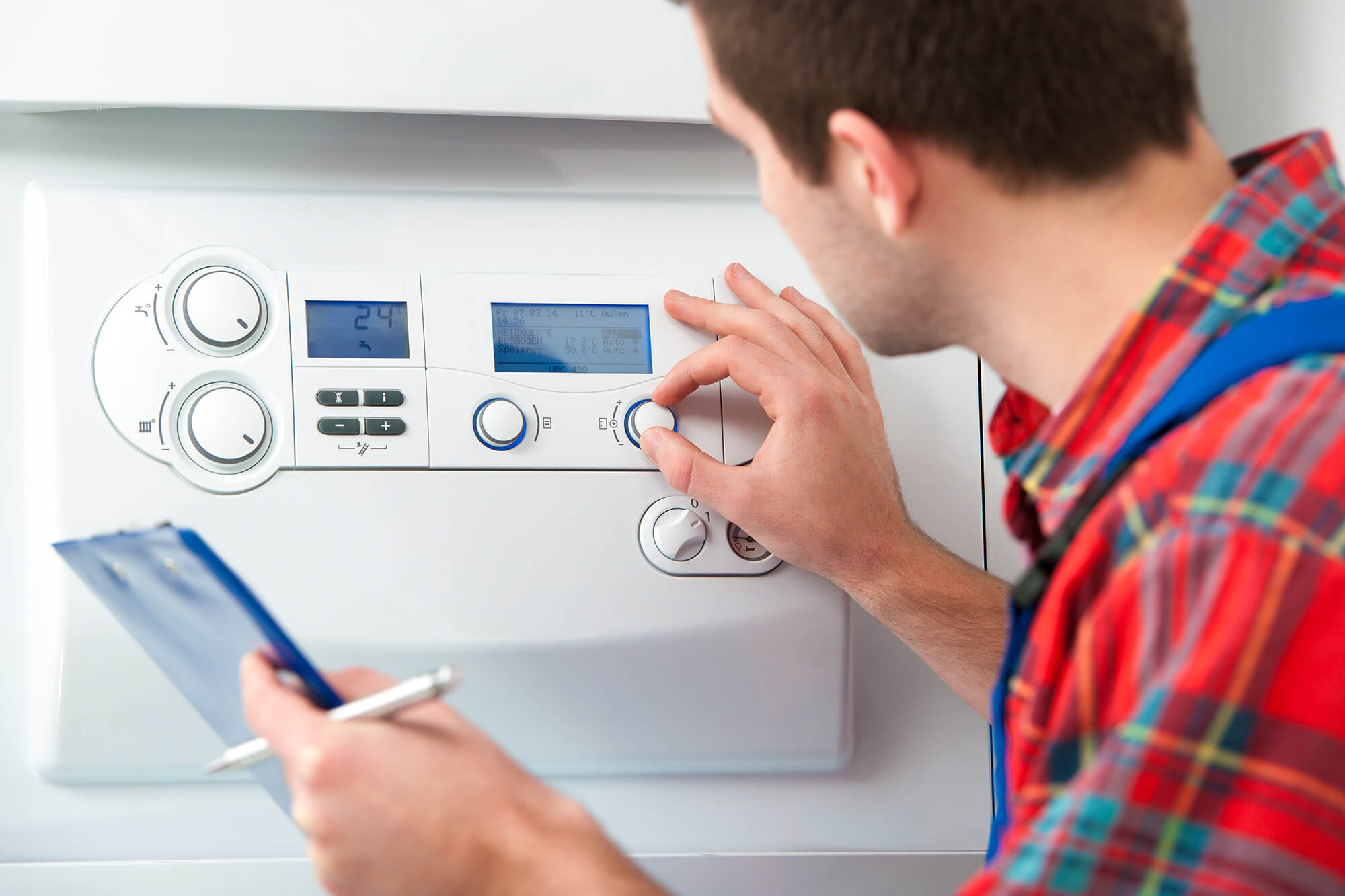
Heating System Optimization:
A. Programmable Thermostats:
- Install programmable or smart thermostats to regulate heating efficiently.
- Create heating schedules to reduce energy consumption when you’re away.
B. Adjustable Thermostat:
Optimize your home’s heating system by programming an adjustable thermostat. Lower temperatures during the night and when you’re away, and increase them when you’re at home for efficient energy use.

C. Regular Maintenance:
- Schedule annual maintenance for your heating system.
- Replace filters, clean ducts, and inspect for any issues.

D. Zoning Systems:
- Consider zoning systems to heat specific areas of your home as needed.
- This can save energy by not heating unused rooms.
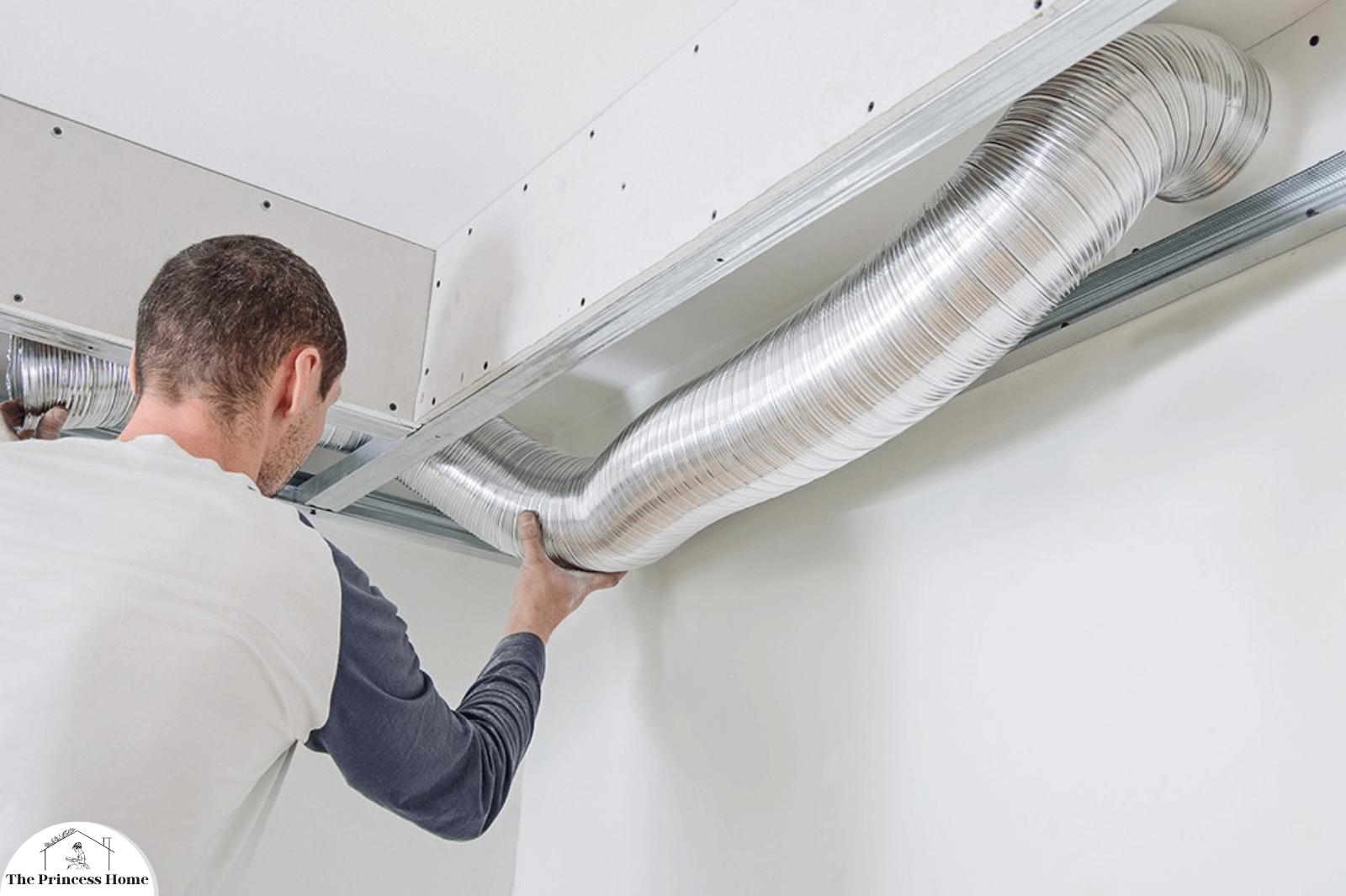
E. Seal and Insulate Ducts:
- Check and seal ductwork to prevent heat loss.
- Insulate ducts in unconditioned spaces.
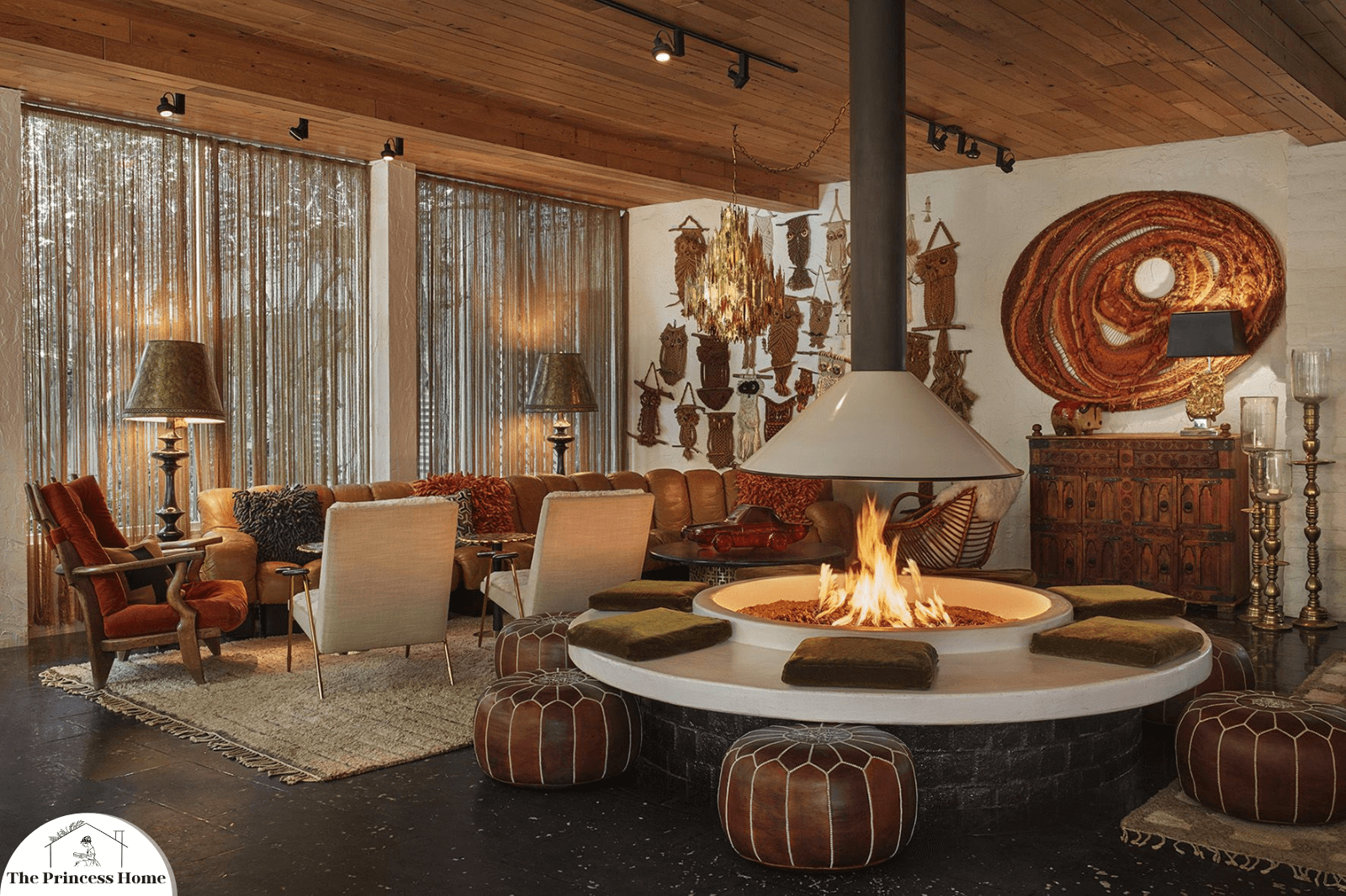
Alternative Heating Sources:
- Exploring alternative heating sources can significantly contribute to achieving ultimate comfort in your house warm while potentially reducing energy costs. Here are some alternative heating options to consider:
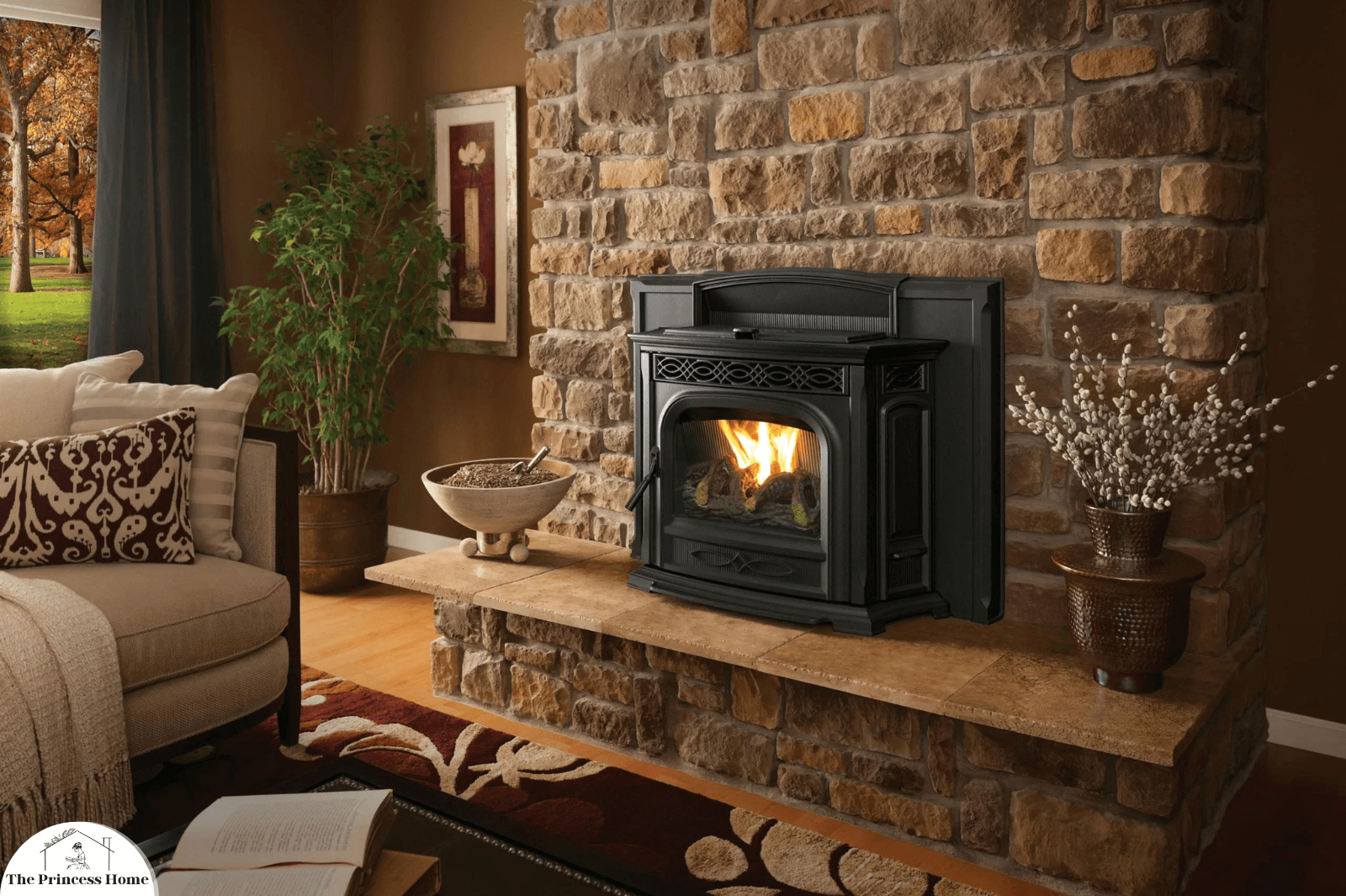
A. Pellet Stoves or Fireplaces:
- Install pellet stoves or efficient fireplaces for ambiance and heating.
- Ensure proper maintenance and ventilation.
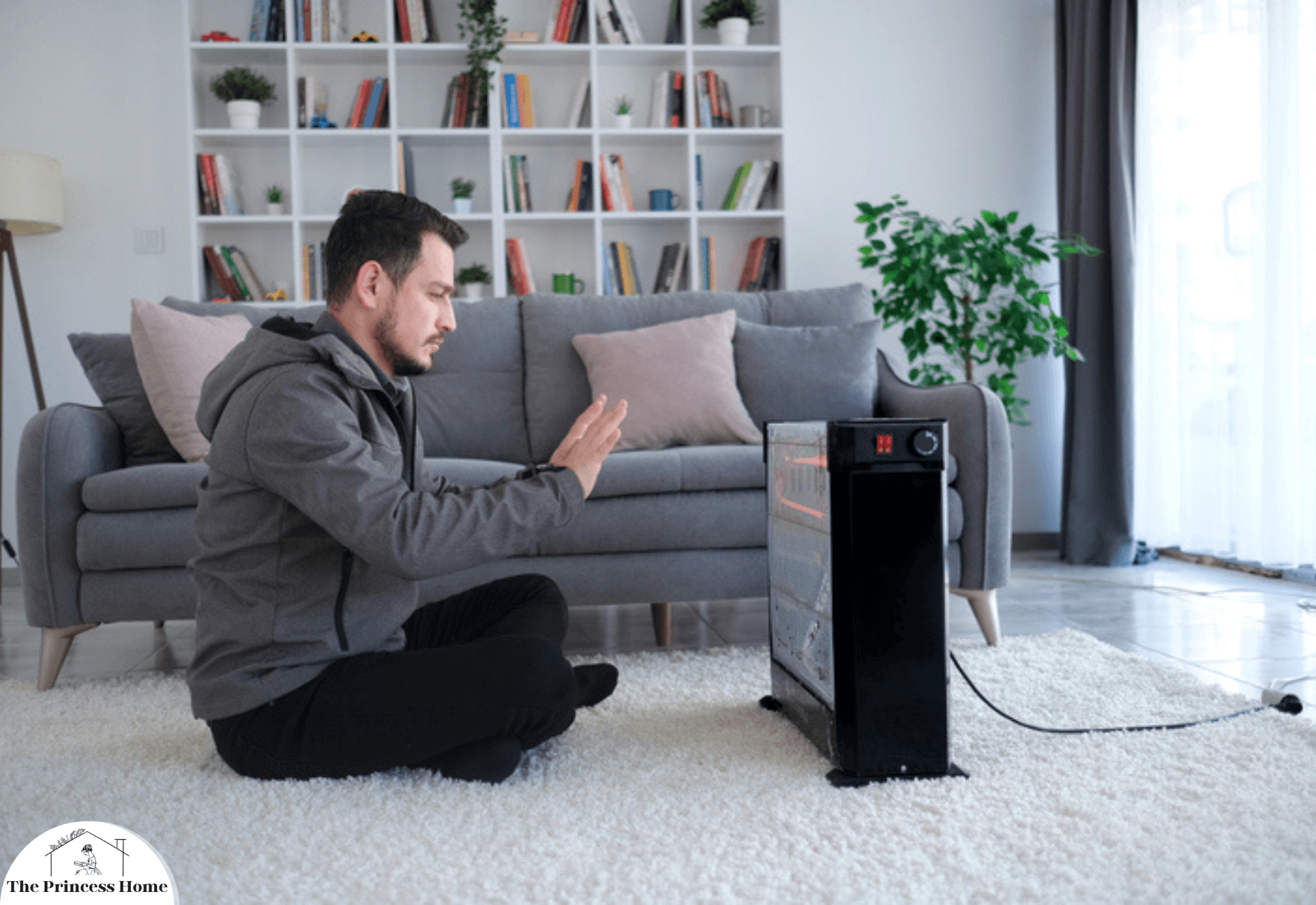
B. Energy-Efficient Heaters :
- Replace old appliances with energy-efficient models.
- Look for ENERGY STAR-certified products.

C. Use Space Heaters:
- Invest in energy-efficient space heaters for supplemental heating.
- Use them in frequently occupied rooms to reduce central heating.

D. Solar Panels:
- Consider installing solar panels to harness the power of the sun.
- Solar energy can be used to heat your house warm and reduce electricity bills.

E. Home Automation:
- Home automation, particularly smart home integration, plays a key role in achieving ultimate comfort by providing convenience, energy efficiency, and enhanced control over various aspects of your warm house .
Here are some considerations for incorporating smart home technology:

Smart Home Integration:
- Incorporate smart home technology to control heating and cooling remotely.
- Use voice commands or smartphone apps to adjust temperatures and monitor energy usage.

Energy Monitoring:
- Install energy monitoring systems to track your home’s energy consumption.
- Identify areas where you can further optimize energy usage.

Proper Ventilation:
Proper ventilation is crucial for achieving ultimate comfort in your home. Good ventilation ensures a continuous supply of fresh air, removes pollutants, and helps control indoor humidity.
Here are some key considerations for achieving proper ventilation:
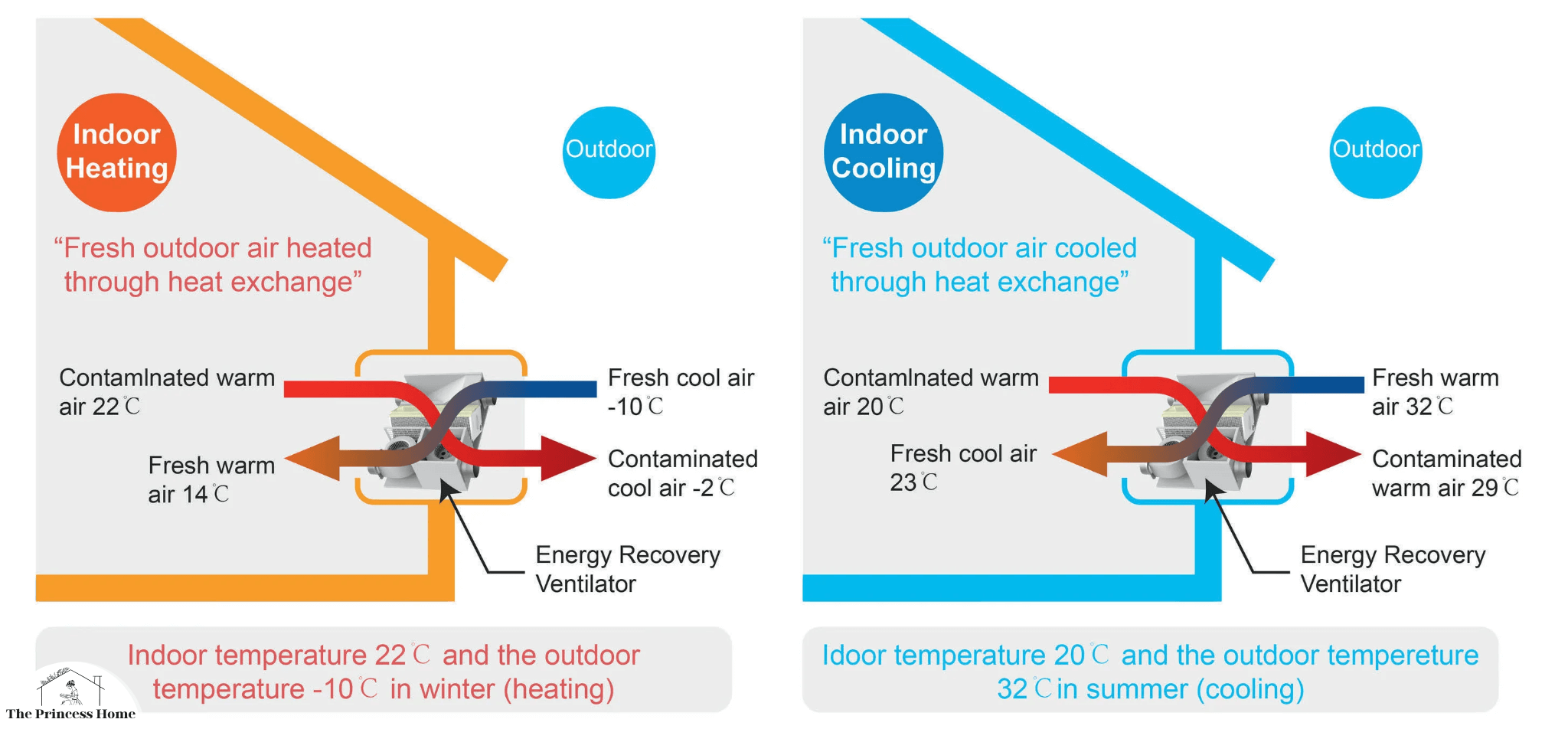
A. Heat Recovery Ventilators (HRVs):
- HRVs help recover heat from outgoing air to preheat incoming fresh air.
- These systems can improve indoor air quality and energy efficiency.
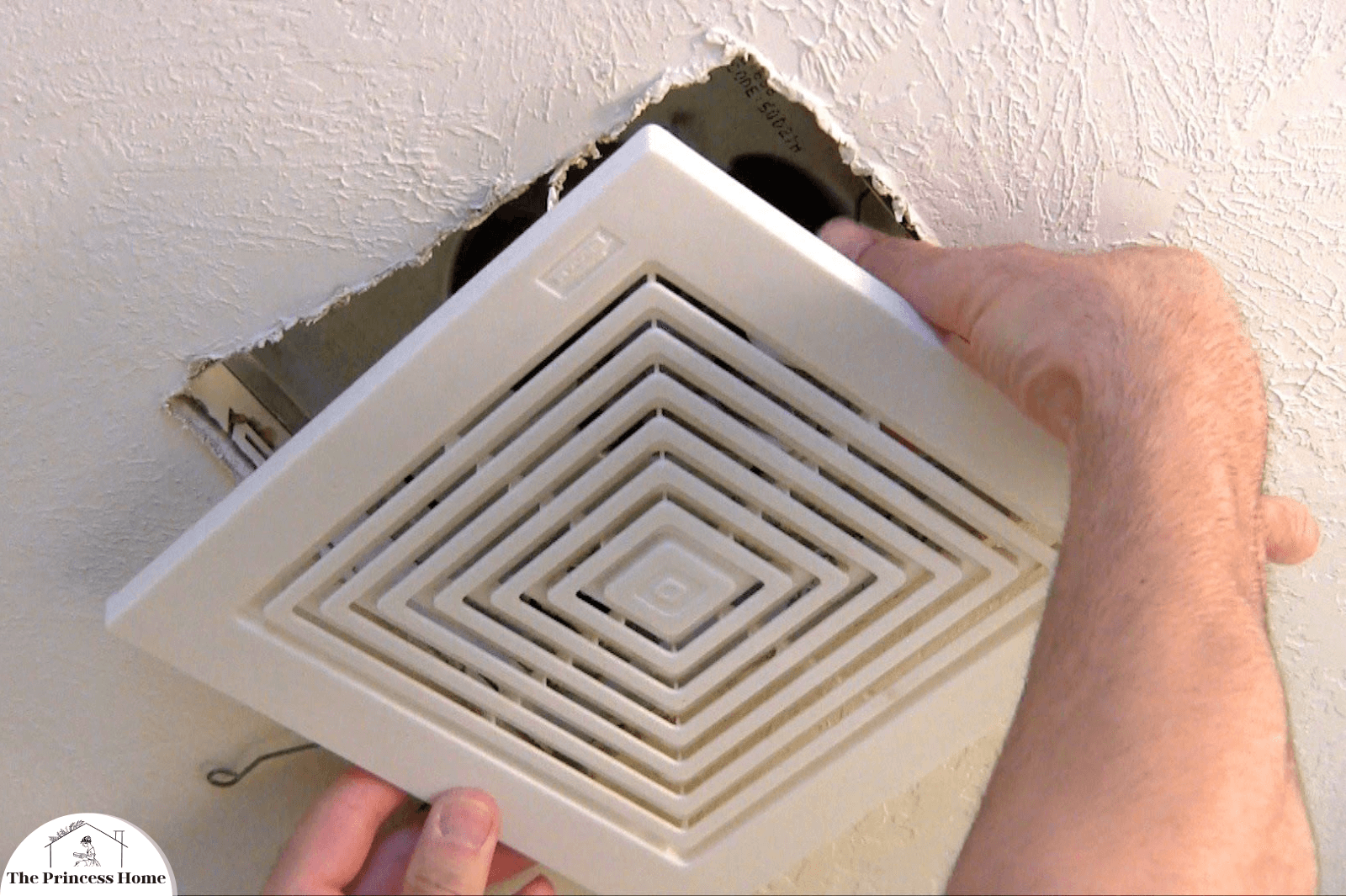
B. Controlled Ventilation:
- Maintain a healthy indoor environment by ensuring proper ventilation.
- Use exhaust fans in kitchens and bathrooms to remove excess moisture, which can make your home feel colder.

Community Resources:
In the pursuit of ultimate comfort, leveraging community resources can enhance your overall well-being and quality of life.
Here are some ways to utilize community resources for a more comfortable living experience:

A. Local Utility Programs:
- Check if your local utility company offers energy-saving programs.
- These programs may provide incentives or rebates for energy-efficient upgrades.

B. Home Energy Audits:
- Schedule a professional home energy audit.
- Experts can pinpoint areas of improvement specific to your home.

House warm Essentials
Furniture and Decor:
As the winter chill sets in, transforming your home Furniture into a warm and inviting haven becomes a top priority. Beyond just adding layers, creating a cozy and efficient living space involves strategic planning and the incorporation of essential elements.
In this comprehensive guide, we’ll explore the winter home furniture essentials that go beyond aesthetics, ensuring both comfort and efficiency during the colder months.
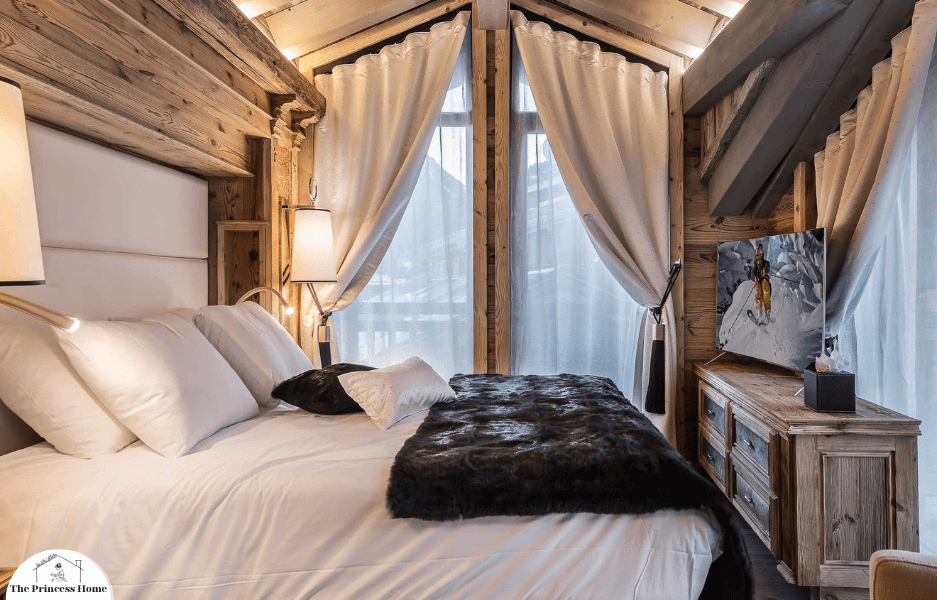
Layered Bedding:
- Enhance the warmth of your bedroom by layering your bedding. Add extra blankets, quilts, or a duvet to your bed. Not only does this provide additional insulation, but it also creates a plush and inviting sleeping space.
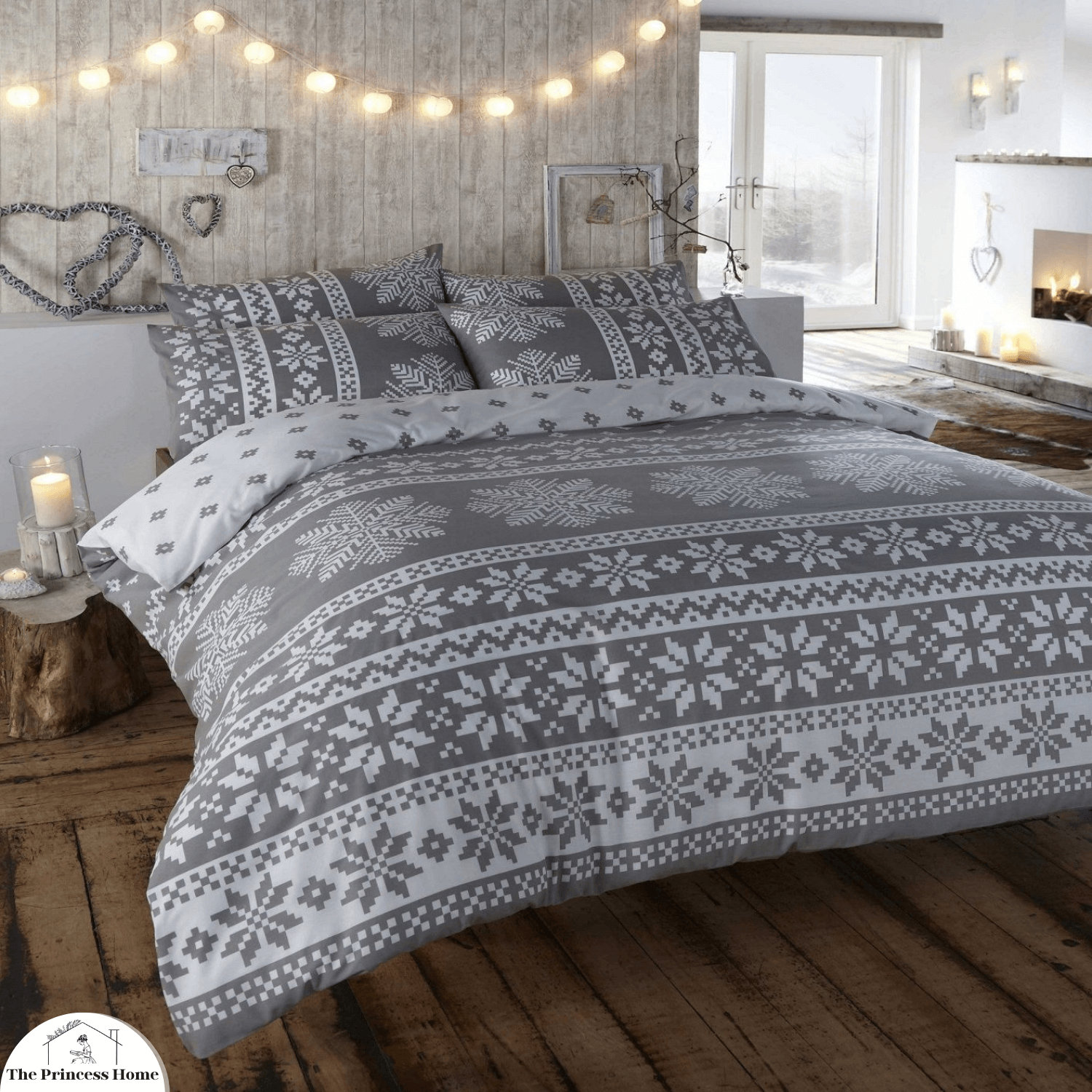
Winter-Themed Bedding:
- Change your bedding to winter-themed sheets and duvet covers. Opt for patterns like snowflakes, plaid, or winter landscapes to infuse your bedroom with seasonal charm.
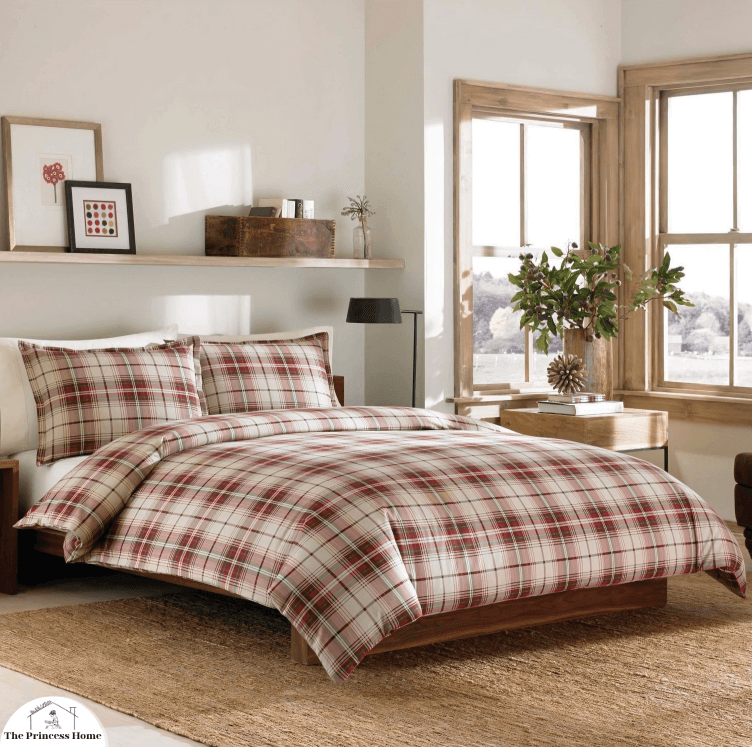
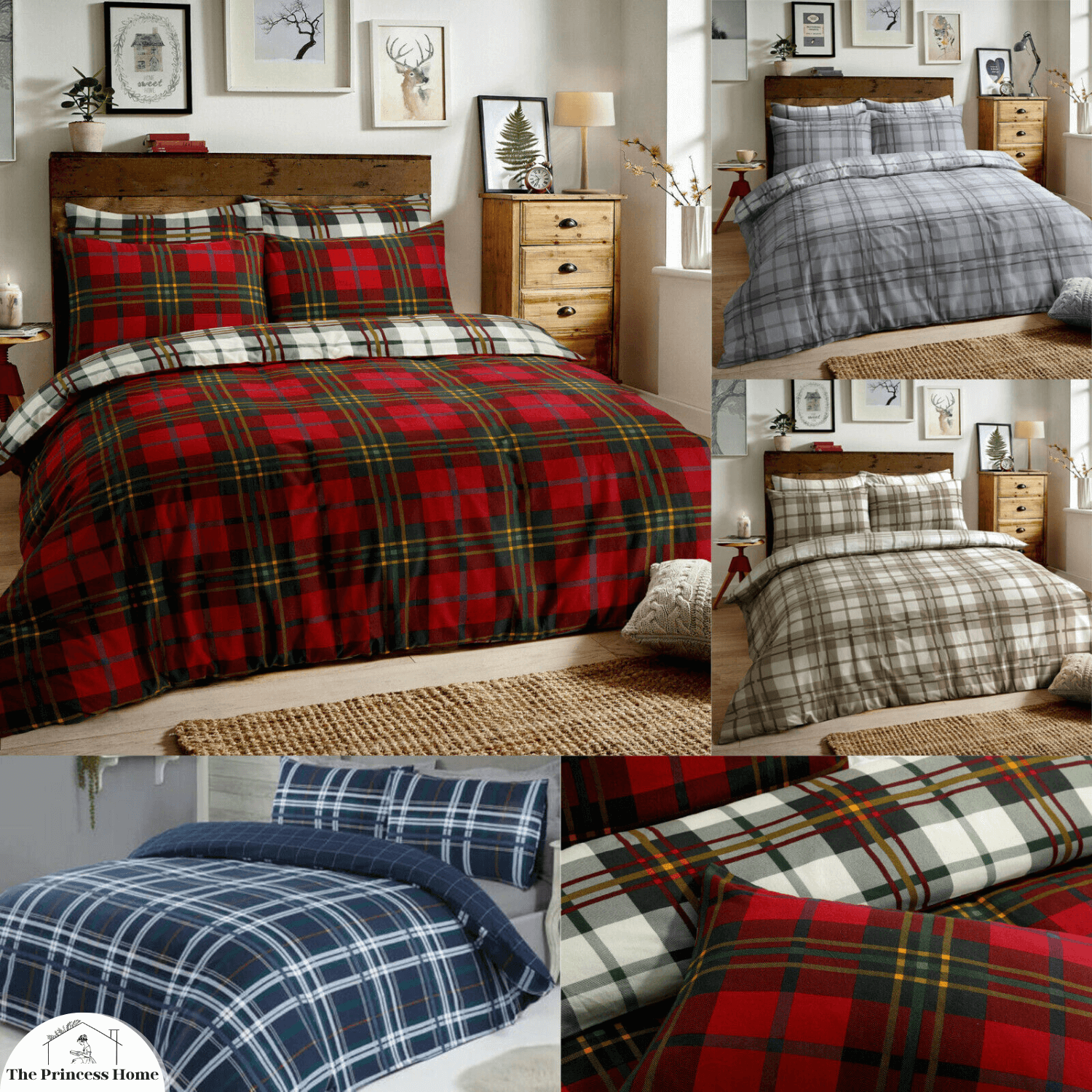
Flannel Sheets and Warm Pajamas:
- Swap out your regular sheets for flannel sheets during the winter months. Additionally, invest in warm and cozy pajamas to ensure a comfortable night’s sleep.
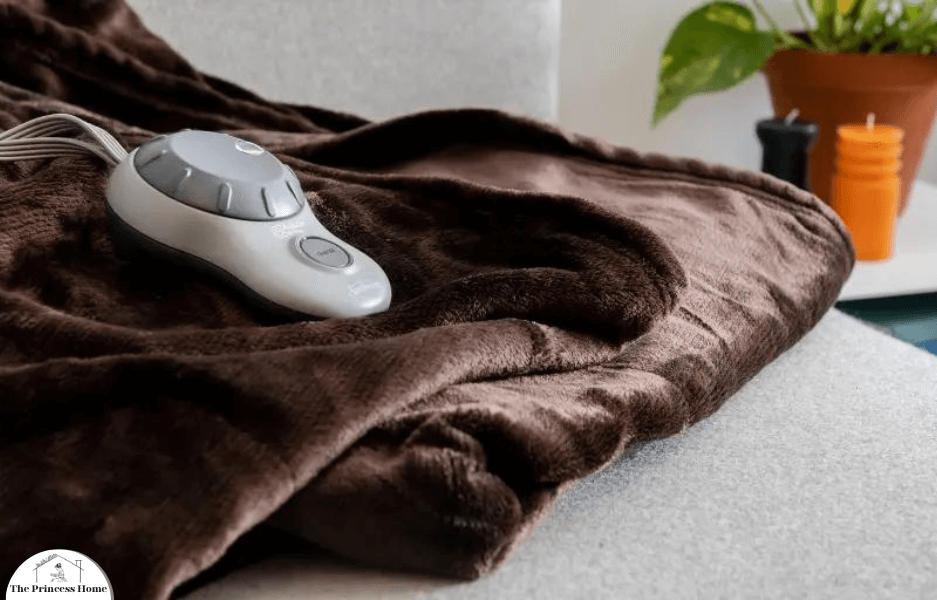
Electric Blankets for Beds:
Heated Blankets or Throws:
- Invest in electric blankets for your beds. Preheat your bed before getting in for a warm and toasty sleep experience. Modern electric blankets often come with adjustable heat settings for personalized comfort.
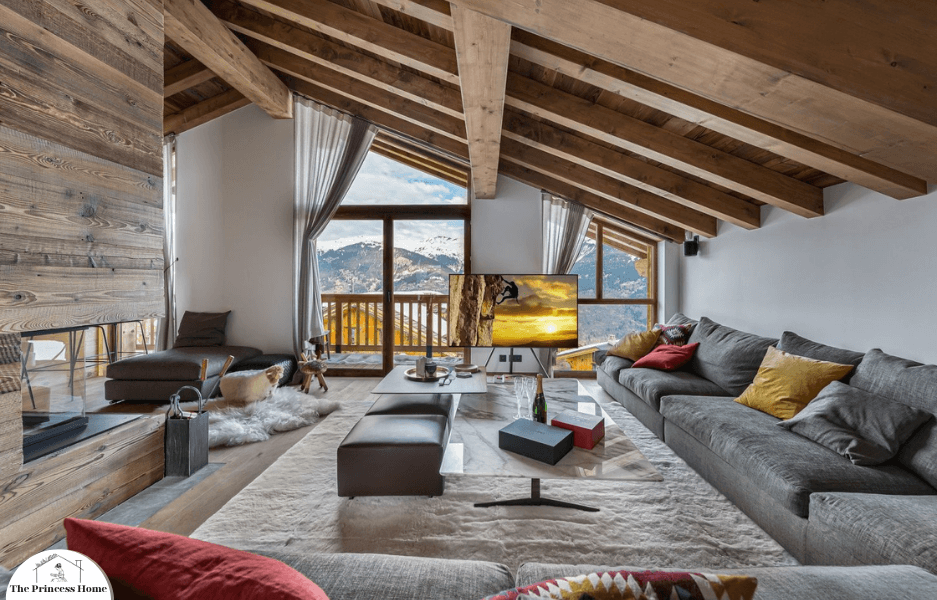
Area Rugs:
- Place area rugs on cold floors, such as hardwood or tile.
- Rugs provide insulation and prevent heat from escaping.
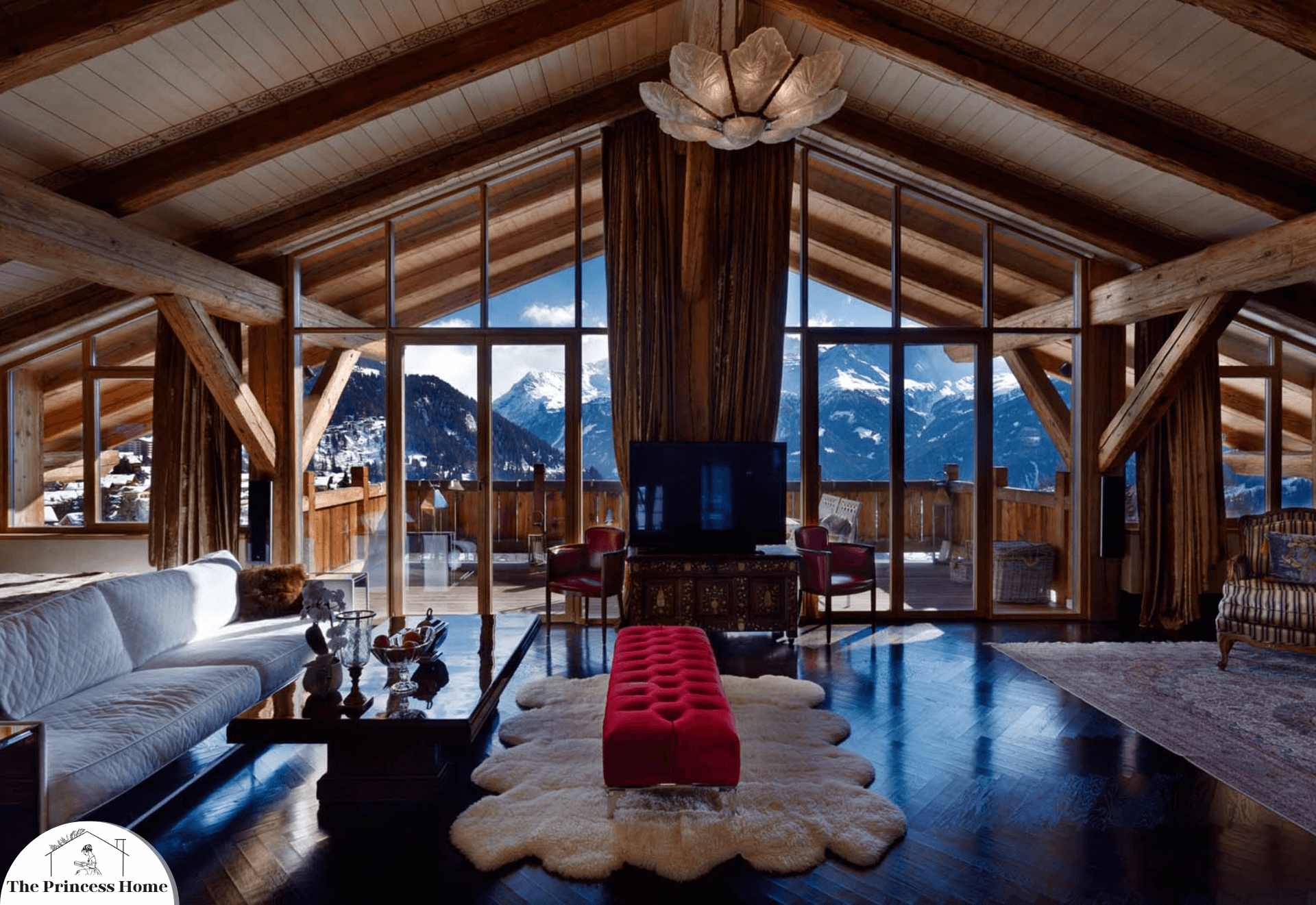
Use Area Rugs:
- Define seating areas with the help of area rugs. A rug can anchor the space, making it feel more cohesive and providing a soft and warm surface underfoot.
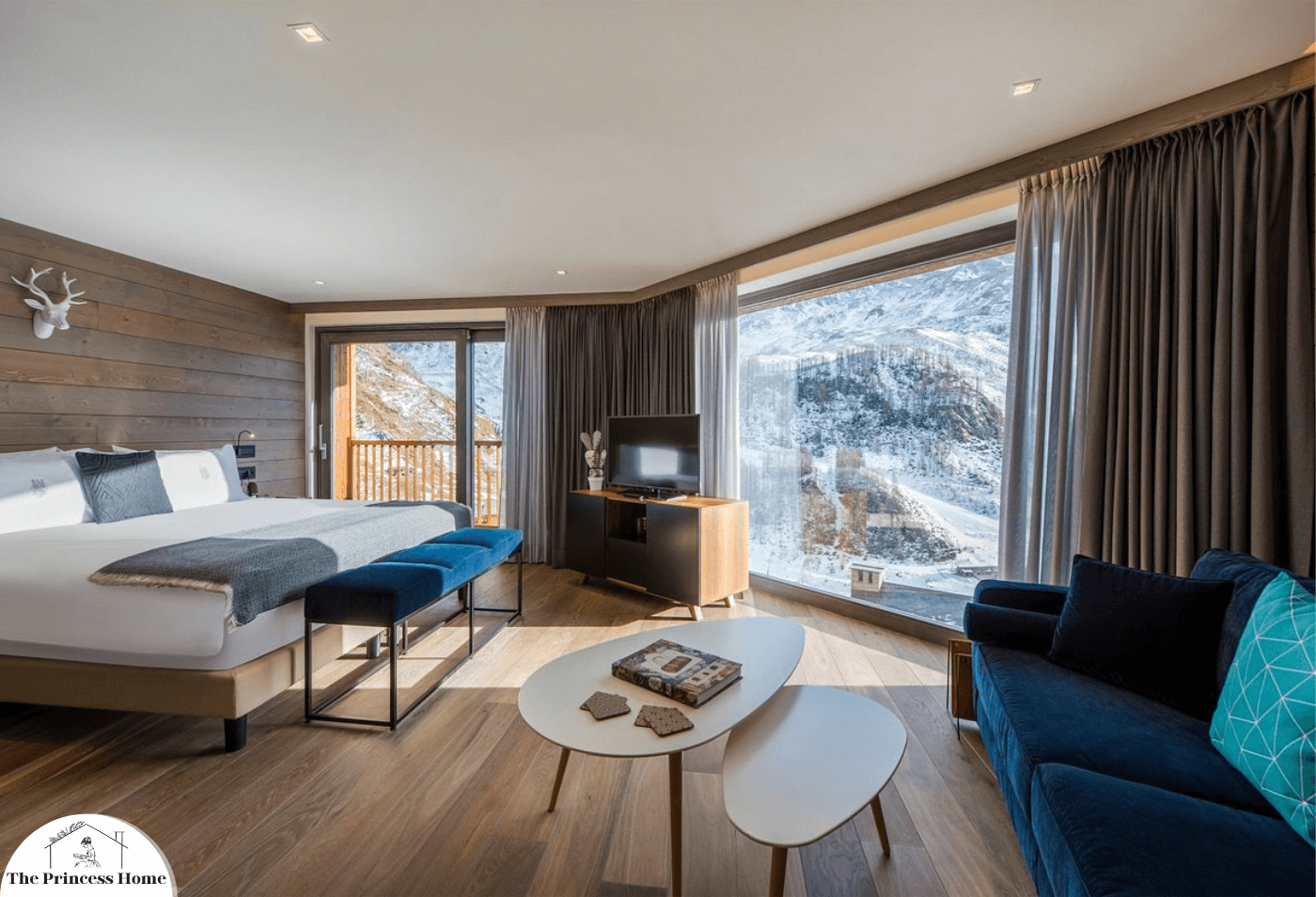
Thick Insulated Curtains:
- Consider investing in thermal curtains with a thick lining.
- These curtains act as an additional barrier against heat loss.
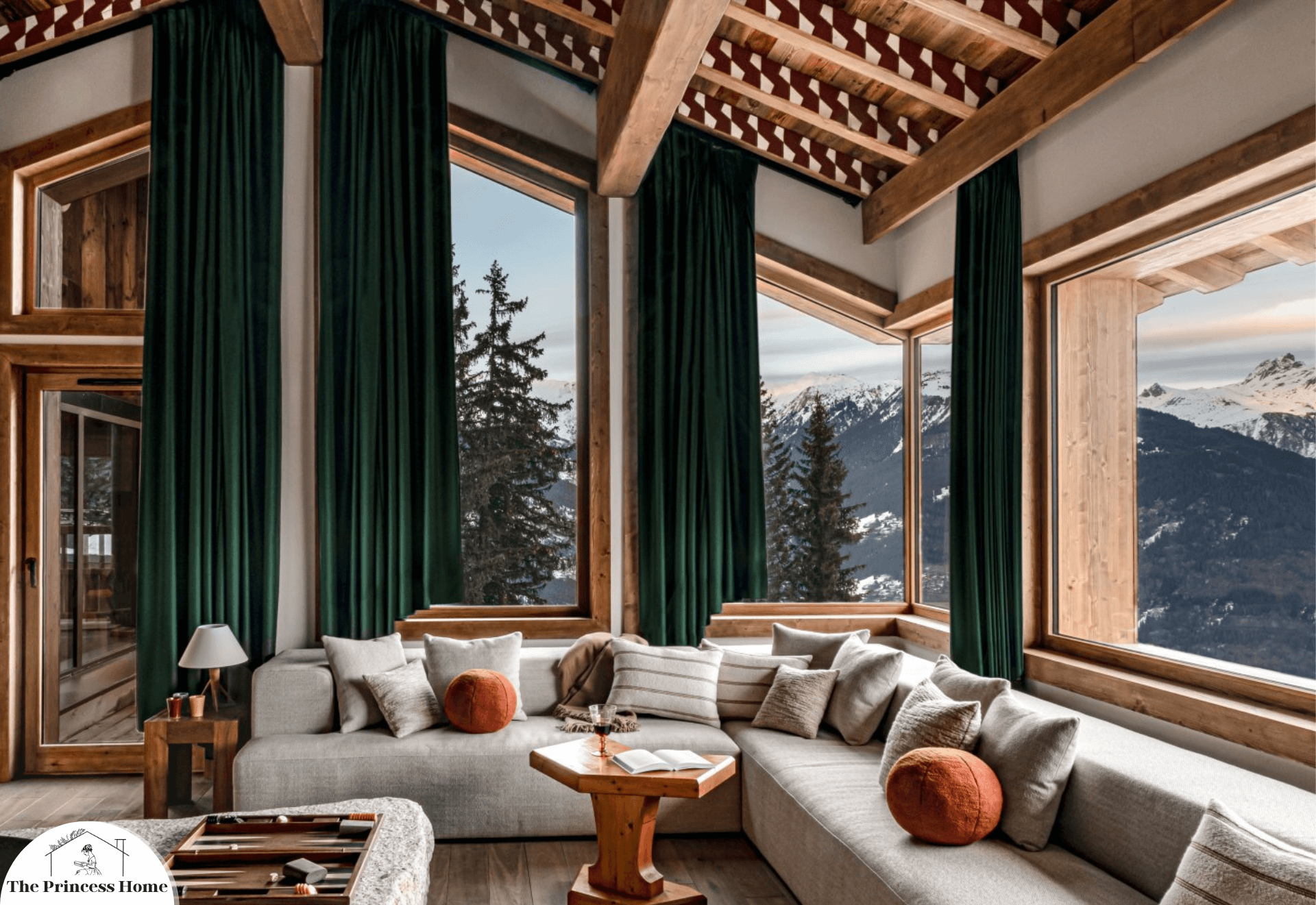
Thermal Curtains:
Invest in thick, thermal curtains to add an extra layer of insulation to windows. This helps retain heat and reduces energy costs. Investing in thick, thermal curtains is a practical and effective way to enhance the insulation of your home, providing benefits such as energy efficiency and improved comfort.
Here’s why you might want to consider using thermal curtains:
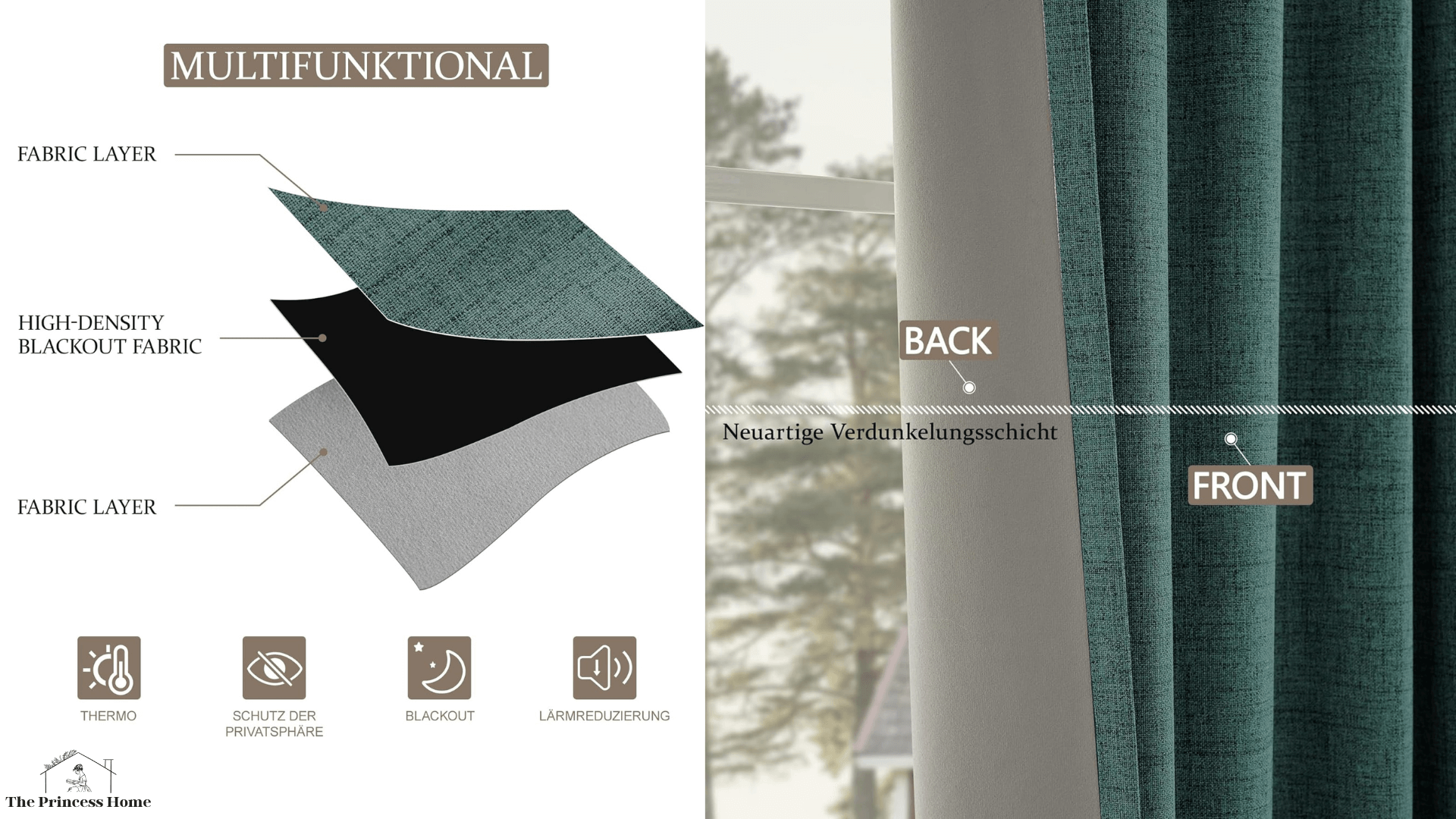
1.Improved Insulation:
Thermal curtains are designed with multiple layers of fabric, often including a thermal lining. This additional layer helps to trap heat inside your home during the colder months, preventing it from escaping through the windows. In the summer, thermal curtains can also help to block out the sun, reducing the amount of heat that enters your home.
1.Energy Efficiency:
- By preventing heat loss in the winter and minimizing heat gain in the summer, thermal curtains contribute to overall energy efficiency. This can lead to reduced energy consumption for heating and cooling, resulting in lower energy bills.
2.Temperature Regulation:
- Thermal curtains contribute to maintaining a more consistent indoor temperature. They create a barrier between the window and the interior, helping to regulate the temperature and create a more comfortable living environment.
3.Cost Savings:
- The improved insulation provided by thermal curtains can lead to cost savings on heating and cooling expenses. As your home retains heat better in the winter, you may find that you need to use your heating system less frequently. In warmer months, the curtains can help reduce the need for air conditioning.
4.Sound Insulation:
- In addition to thermal benefits, the multiple layers in thermal curtains can also provide some degree of sound insulation. This can be especially beneficial if you live in a noisy environment or if you simply want to create a quieter and more peaceful living space.
5.UV Protection:
- Thermal curtains often have the added benefit of blocking a significant amount of UV rays from entering your home. This not only helps in maintaining a comfortable temperature but also protects your furniture, flooring, and other interior elements from sun damage and fading.
6.Privacy:
- The thickness of thermal curtains enhances privacy by reducing the visibility into your home from the outside. This is an added advantage, especially during nighttime when interior lights may be on.
7.Aesthetic Appeal:
- Thermal curtains come in various styles, colors, and patterns, allowing you to choose options that complement your interior decor. This not only enhances the functionality of your curtains but also adds to the overall aesthetic appeal of your home.
When selecting thermal curtains, pay attention to the fabric, thickness, and length to ensure they effectively cover the windows and provide the desired insulation.
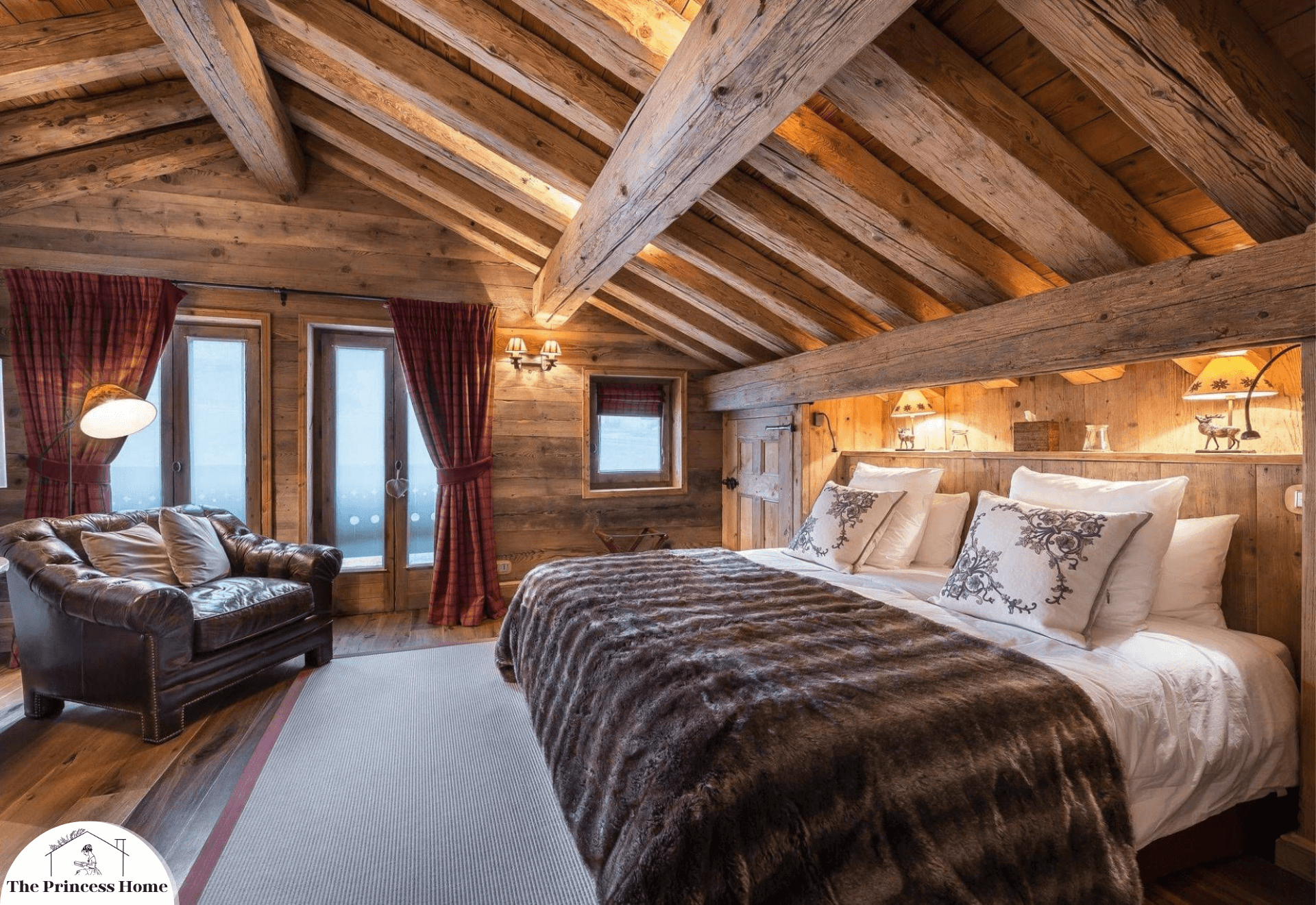
Warm Lighting
Start by addressing the lighting in your home. Opt for soft, warm-toned lighting to create a cozy ambiance. Table lamps, floor lamps, and string lights with warm-colored bulbs can contribute to a welcoming atmosphere.
Creating a warm and cozy atmosphere through lighting is a great way to enhance the comfort of your house warm . Here are some tips on incorporating warm lighting:
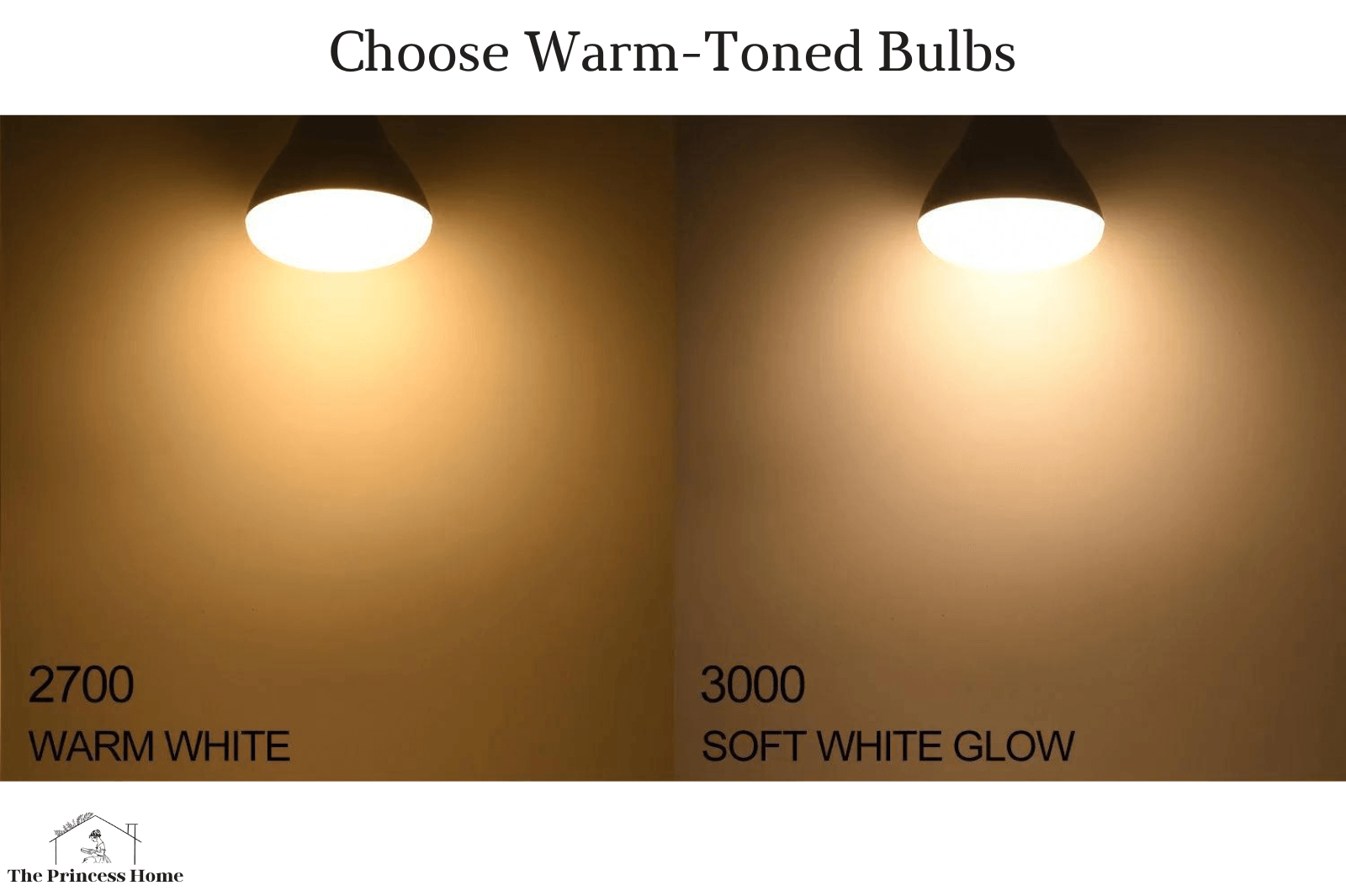
Choose Warm-Toned Bulbs:
- Opt for light bulbs with warm color temperatures, typically labeled as “soft white” or “warm white.” These bulbs emit a yellowish light that mimics the warm glow of traditional incandescent bulbs.
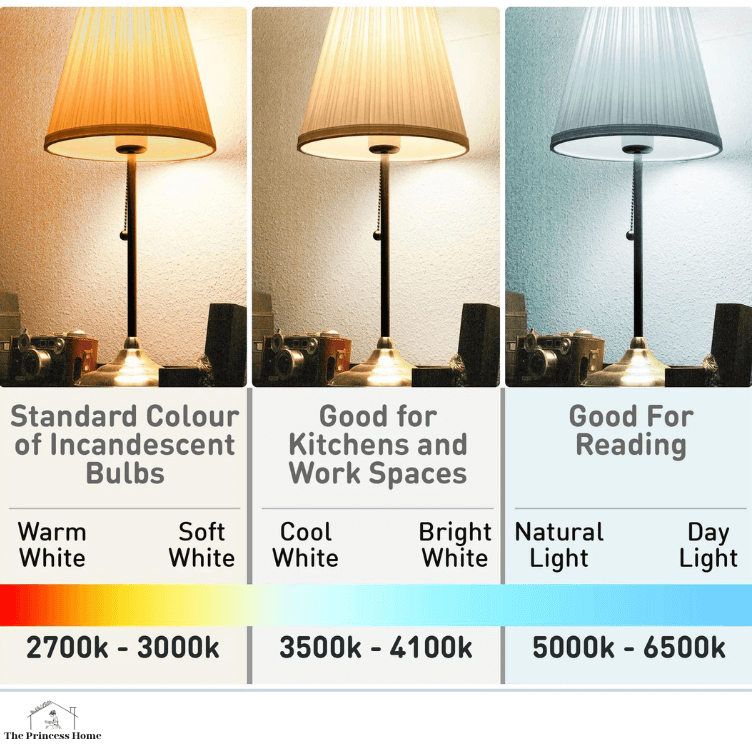
Be Mindful of Color Temperature:
- When selecting lighting fixtures, consider the color temperature of the bulbs. Warmer tones (around 2700-3000 Kelvin) are ideal for creating a cozy and inviting atmosphere.
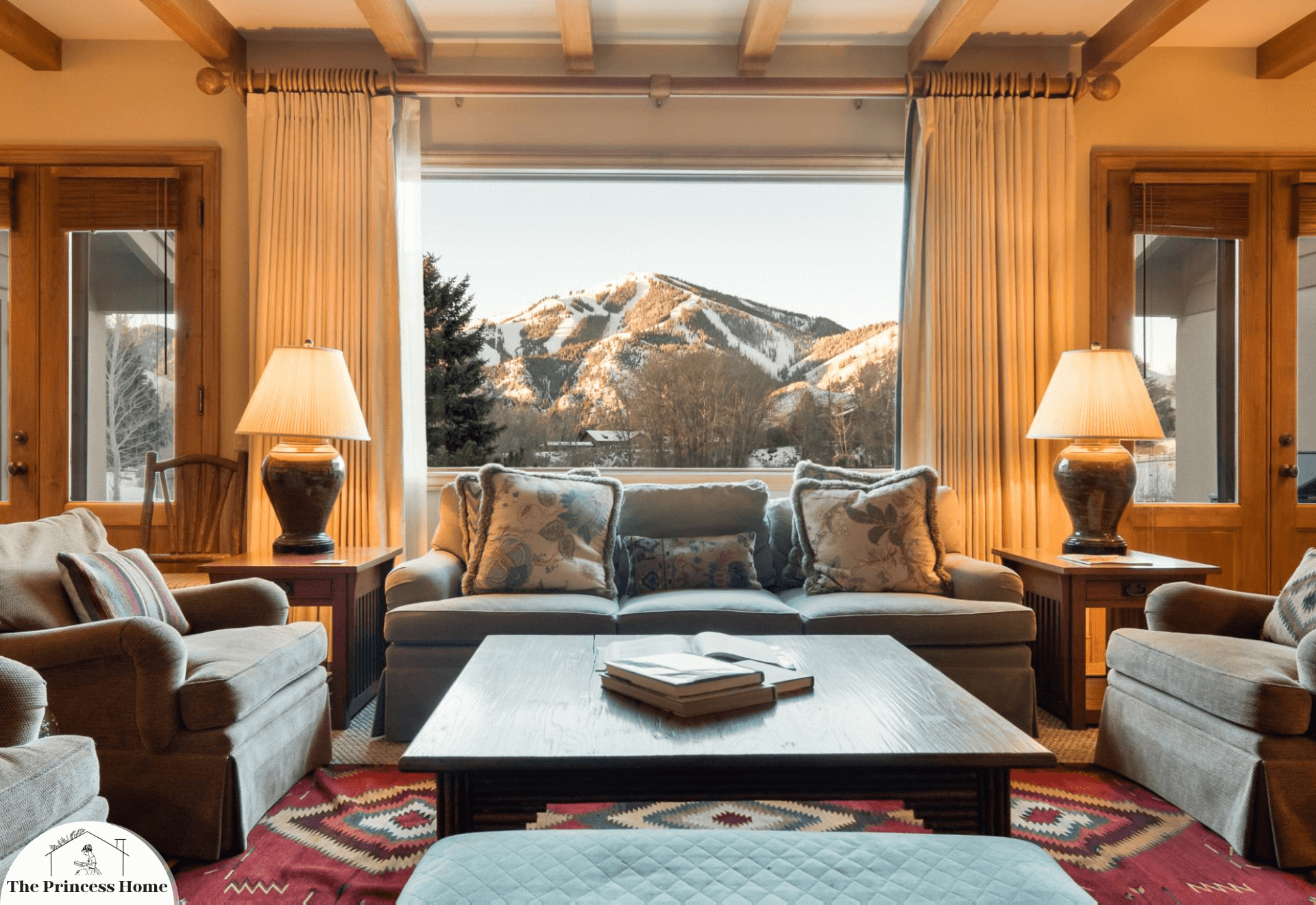
Use Table Lamps:
- Place table lamps strategically in living spaces, bedrooms, or any area where you want to create a comfortable ambiance. The soft glow from table lamps can add a touch of warmth and intimacy to the room.
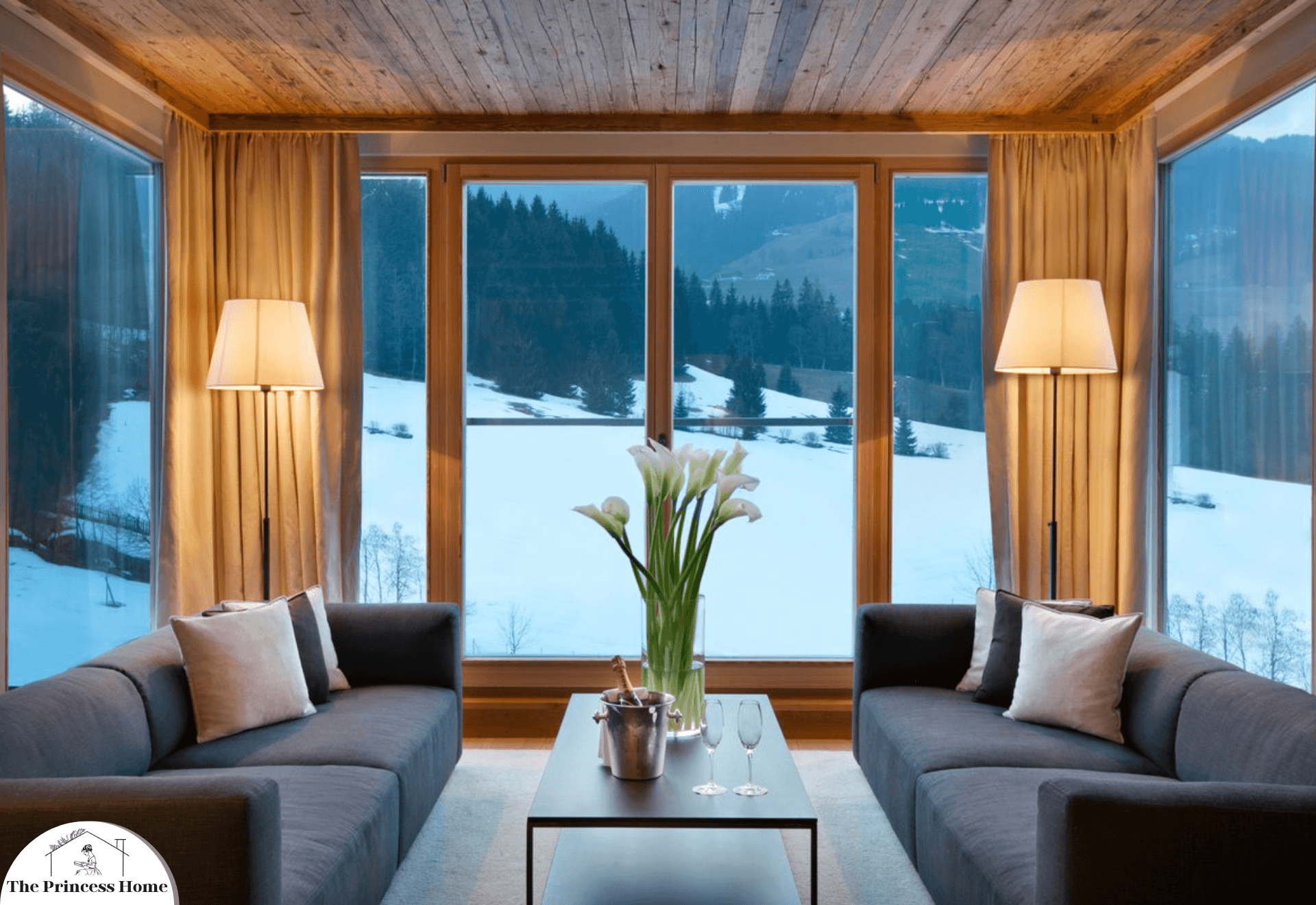
Utilize Floor Lamps:
- Floor lamps can be excellent for providing ambient lighting while also serving as decorative elements in your home. Look for floor lamps with fabric or diffused shades that help disperse the light gently.
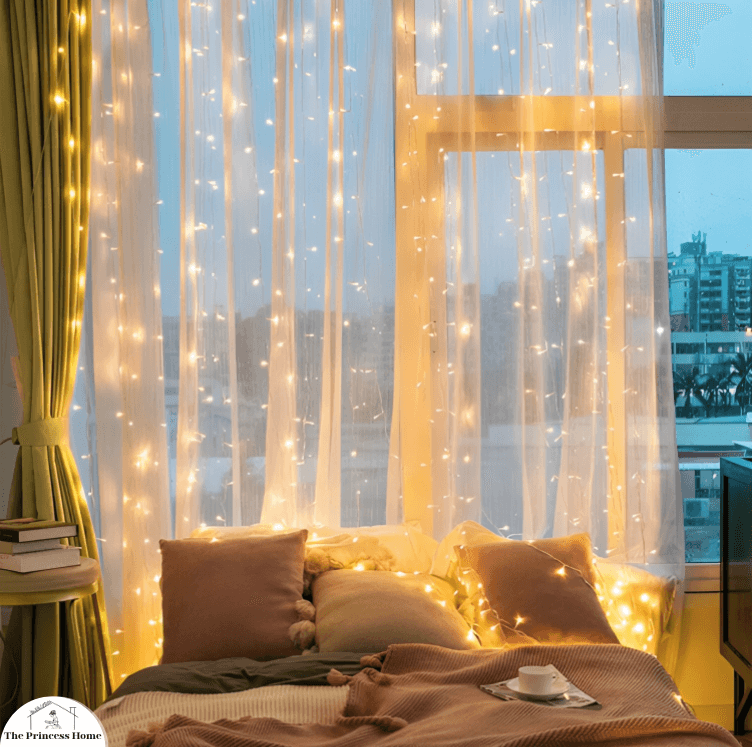
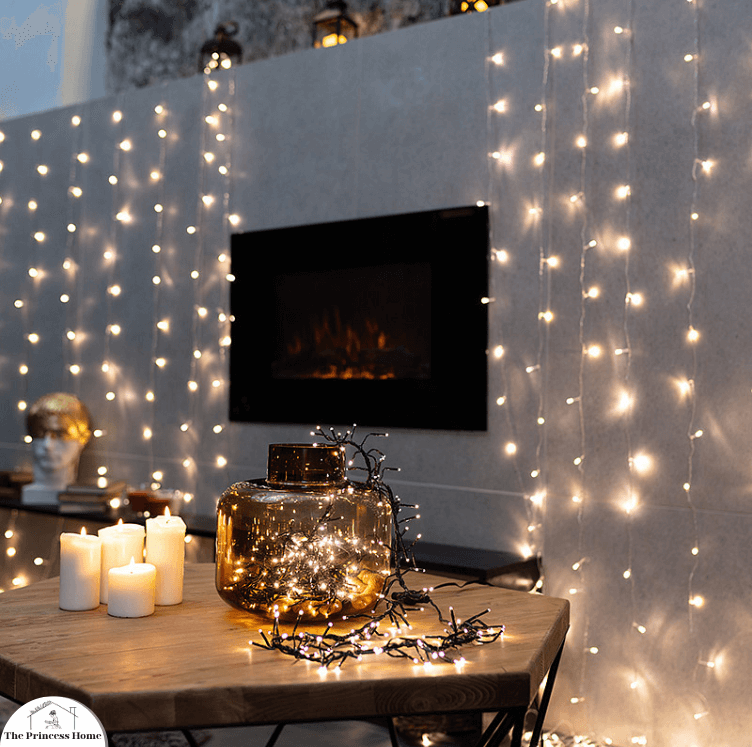
Integrate String Lights:
String lights are a versatile and charming option for adding warmth to any room. You can hang them on walls, drape them over furniture, or arrange them in creative patterns. Combine them with candles to add a soft and warm glow to your living spaces. Be sure to use flameless candles for safety. Choose warm-colored bulbs for a cozy effect.
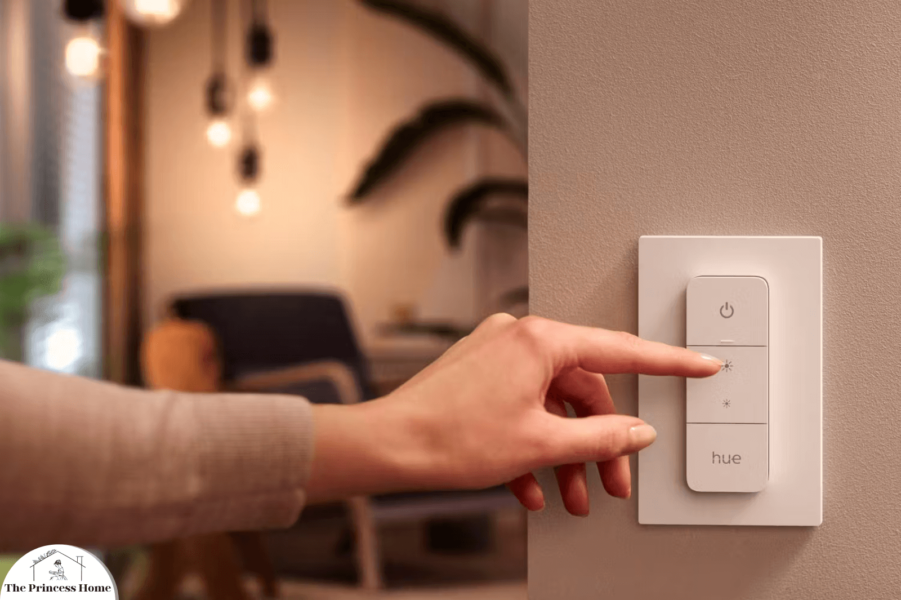
Install Dimmer Switches:
- Dimmer switches allow you to adjust the brightness of your lights, providing flexibility in creating different moods. Lowering the intensity of the light can instantly make a room feel cozier.

Consider Wall Sconces:
- Wall sconces are fixtures attached to walls that can contribute to ambient lighting. Choose sconces with shades that diffuse light, creating a gentle and warm glow.
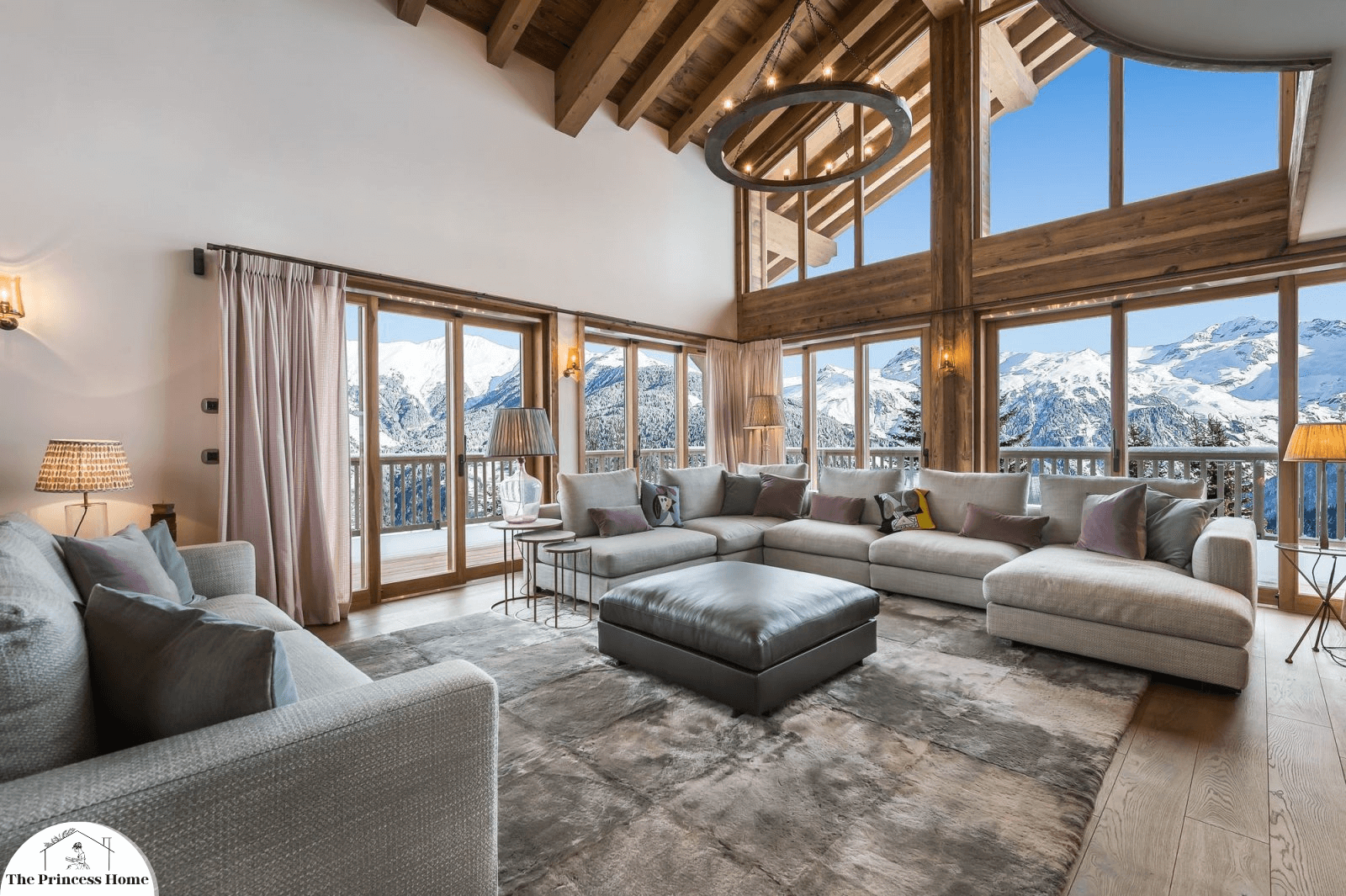
Mix and Match Lighting Sources:
- Combine various types of lighting sources to achieve a layered and balanced effect. For example, use a combination of overhead lighting, floor lamps, and table lamps to create a well-lit yet cozy atmosphere.
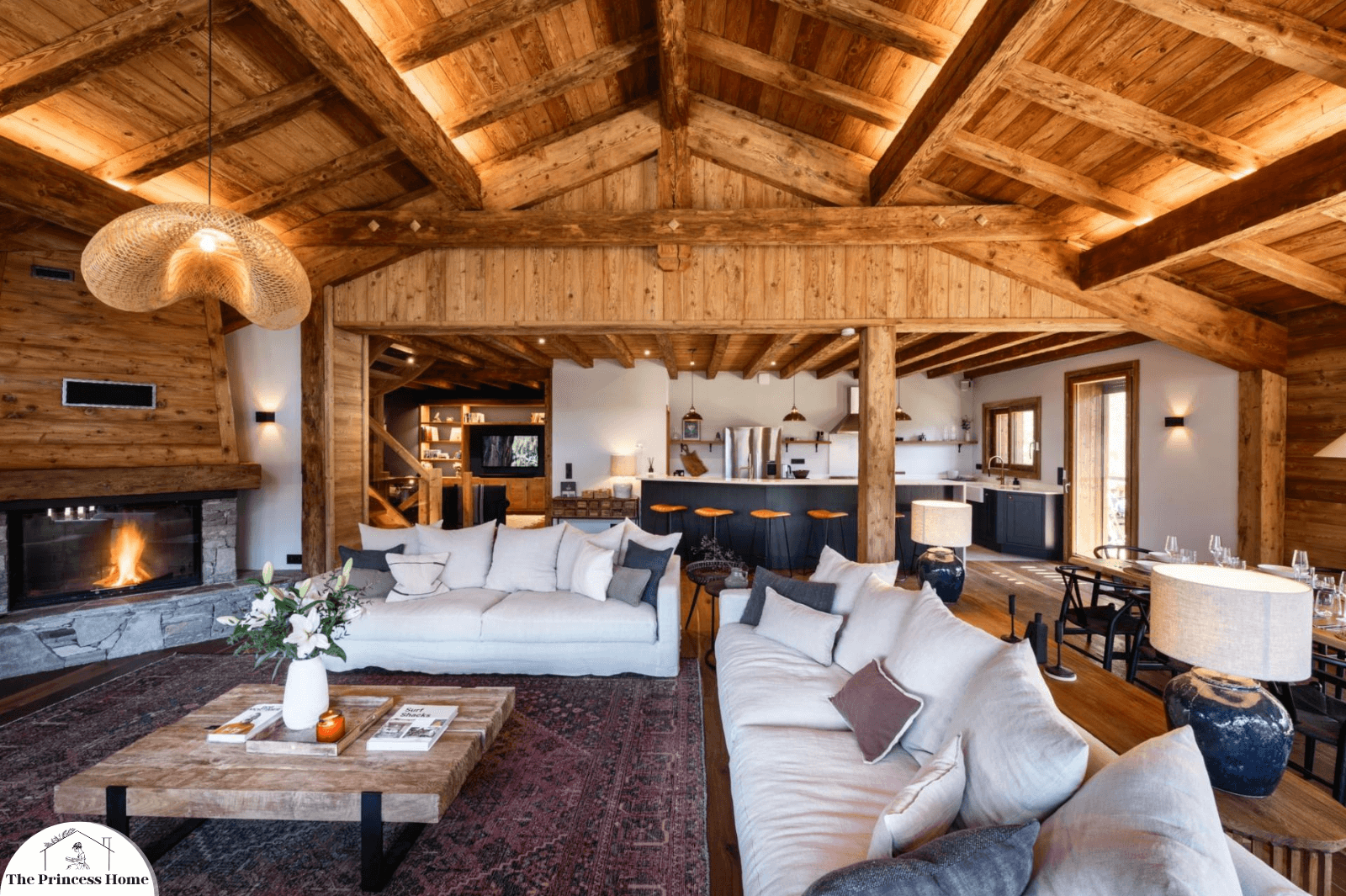
Highlight Artwork and Decor:
- Use spotlights or focused lighting to highlight specific pieces of artwork, decorative elements, or focal points in the room. This not only adds warmth but also draws attention to key design elements.
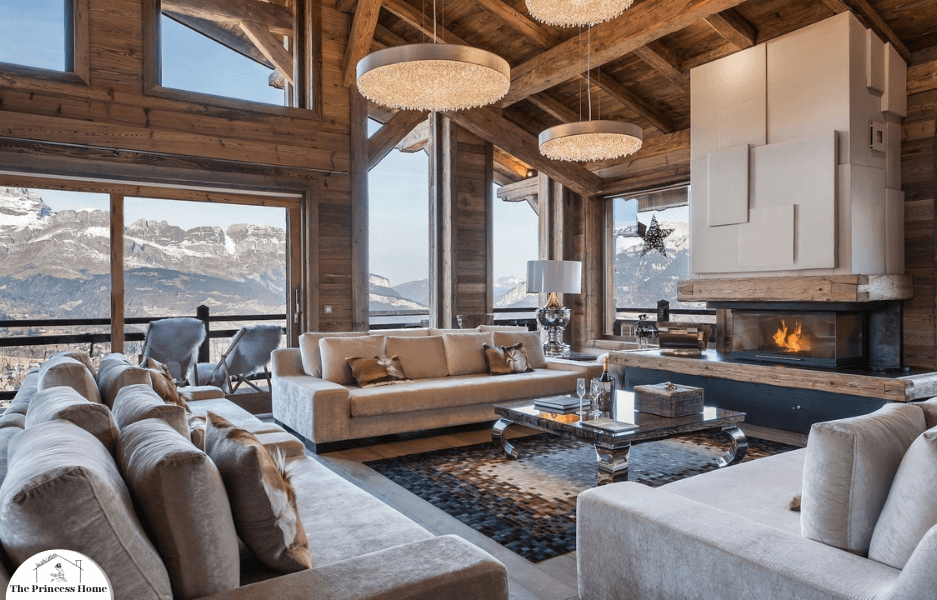
Comfortable Seating Arrangements:
Arrange your furniture in a way that encourages warmth and conversation. Place comfortable throw blankets on sofas and chairs to make relaxation effortless and enjoyable. Creating a comfortable and inviting seating arrangement is essential for fostering warmth and conversation in your home.
Here are some tips on arranging furniture and adding cozy elements to enhance the comfort of your seating areas:

Consider Room Layout:
- Assess the size and shape of the room to determine the most functional furniture arrangement. Arrange seating to facilitate easy conversation and ensure that pathways are clear.
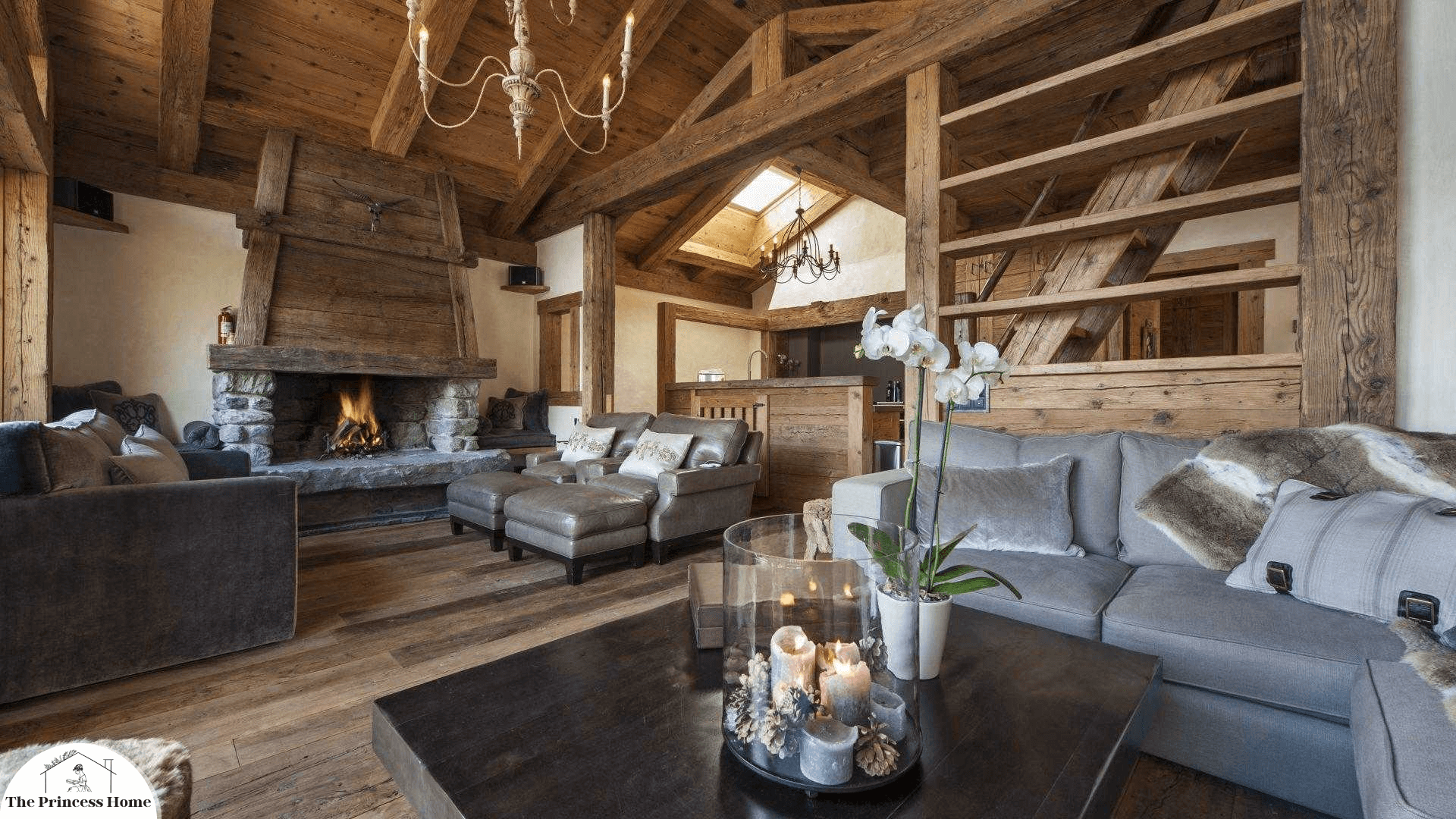
Create Conversation Areas:
- Arrange furniture in clusters to create distinct conversation areas. This can involve grouping sofas and chairs around a coffee table or focal point, making it easy for people to engage with each other.
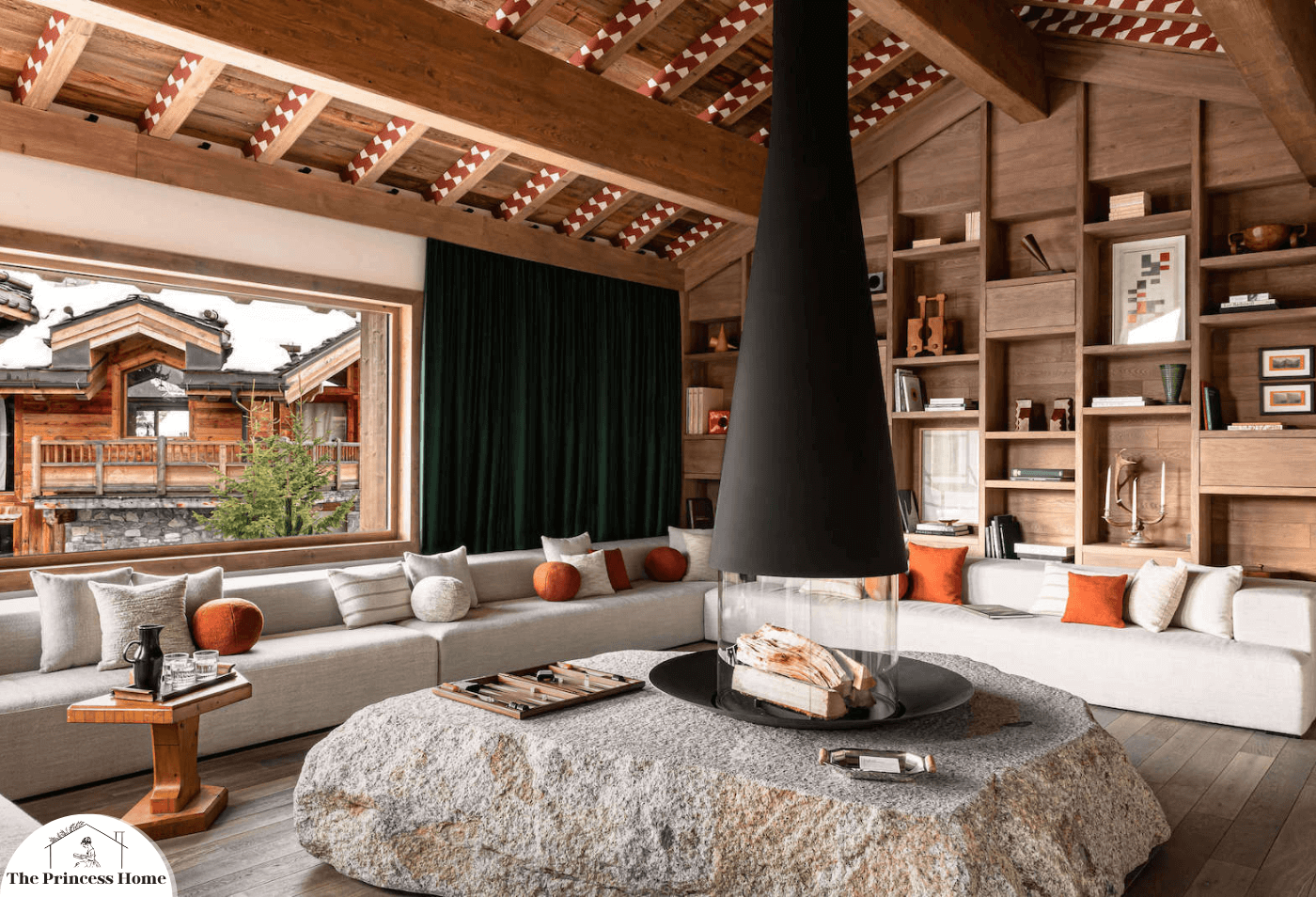
Fireplace or Faux Fireplace:
- If you have a fireplace, make use of it as a focal point in your living space. If not, consider a faux fireplace or an electric heater with a flame effect for added warmth and visual appeal.

Choose Comfortable Seating:
- Opt for comfortable and inviting seating options. Sofas and chairs with plush cushions and soft upholstery contribute to a cozy atmosphere. Consider incorporating oversized cushions or poufs for additional seating and comfort.
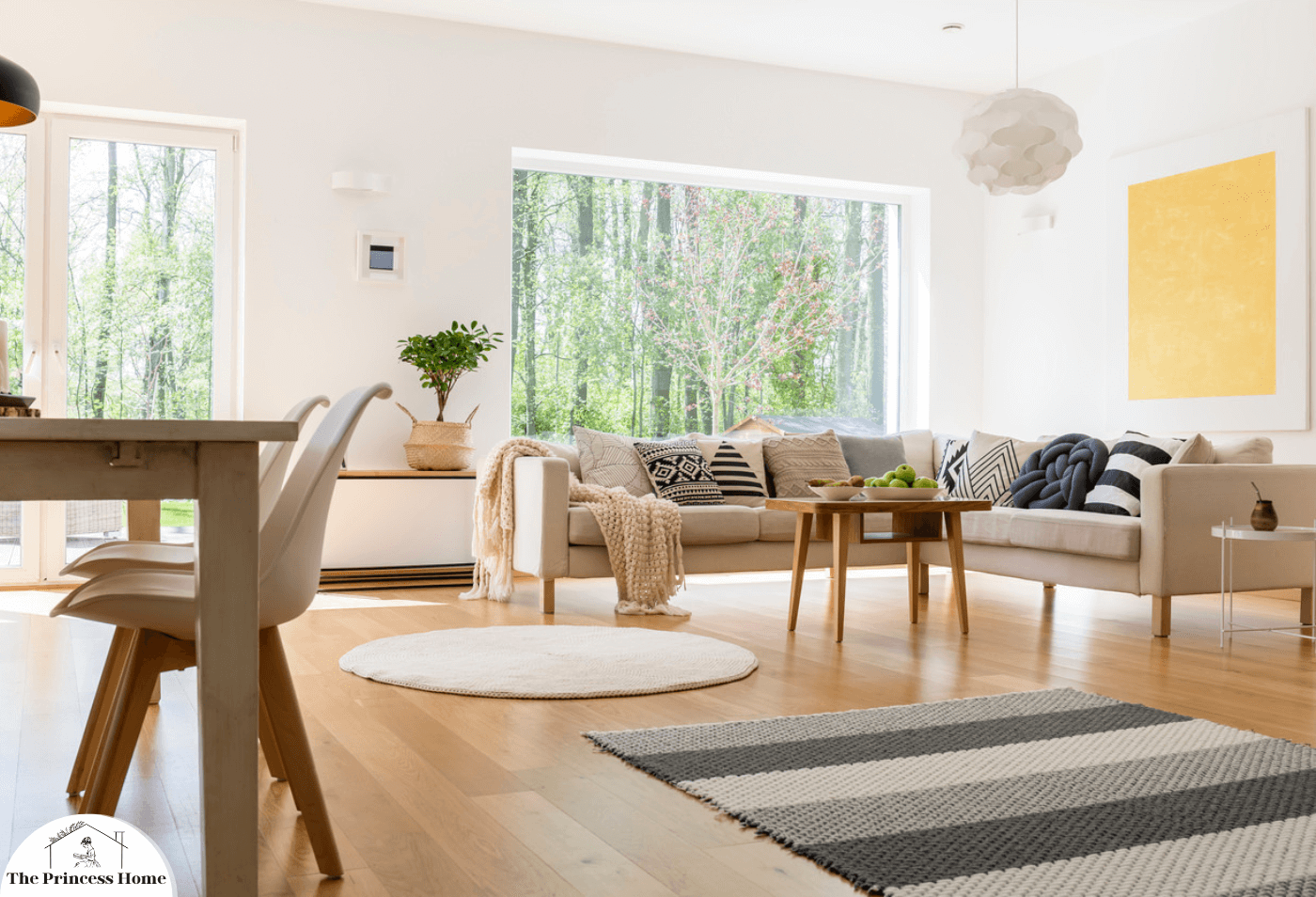
Arrange Furniture for Easy Access:
- Ensure that seating is easily accessible from all sides. Avoid overcrowding the space, and leave enough room for people to move comfortably around the furniture.

Consider Flexible Seating:
- If space allows, consider incorporating flexible seating options such as movable chairs or ottomans. This allows for easy reconfiguration of the seating arrangement based on the number of people and the type of gathering.
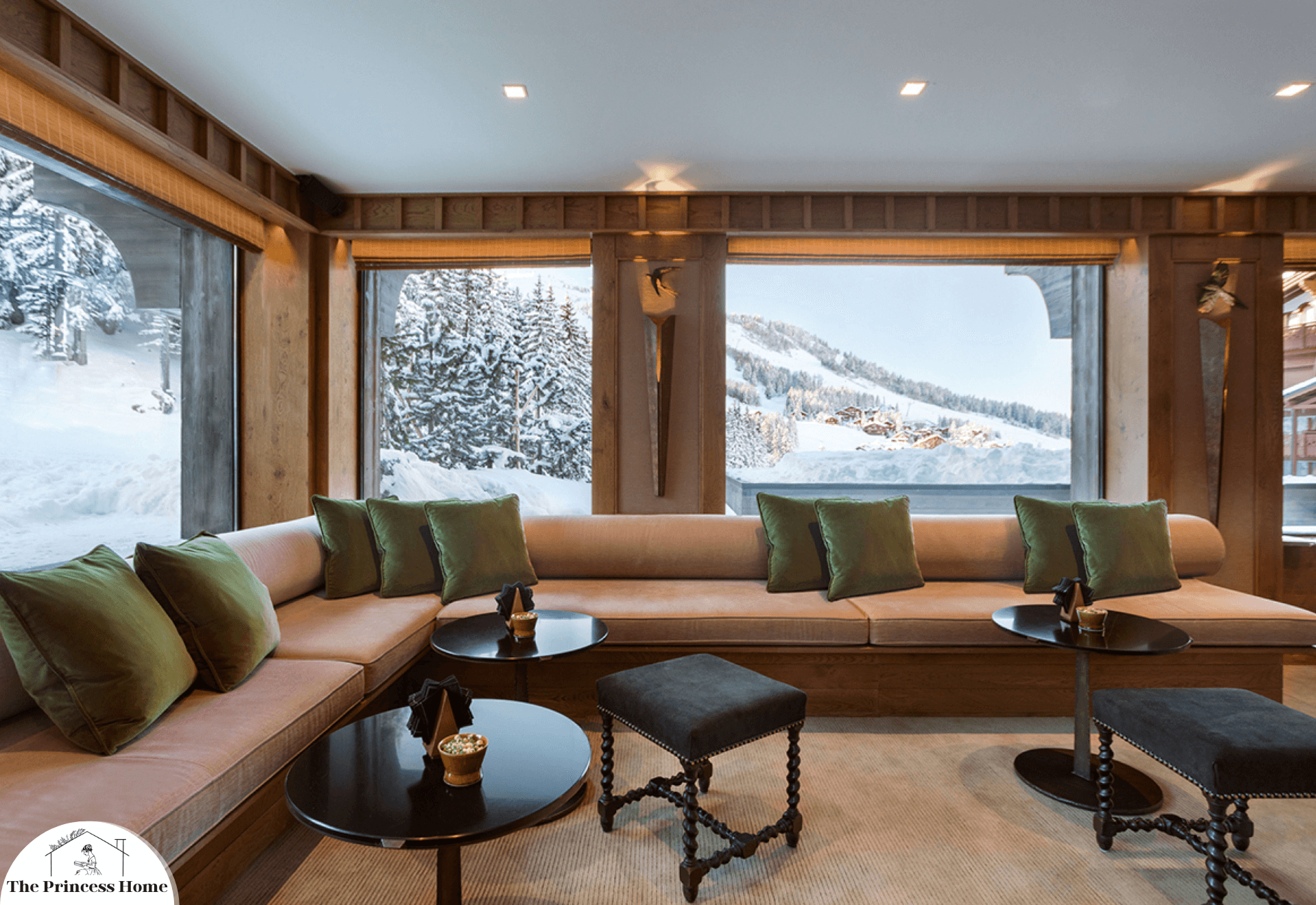
Incorporate Side Tables:
- Place side tables near seating areas to provide convenient surfaces for drinks, snacks, or personal items. This makes it easy for guests to relax without having to reach too far for essentials.
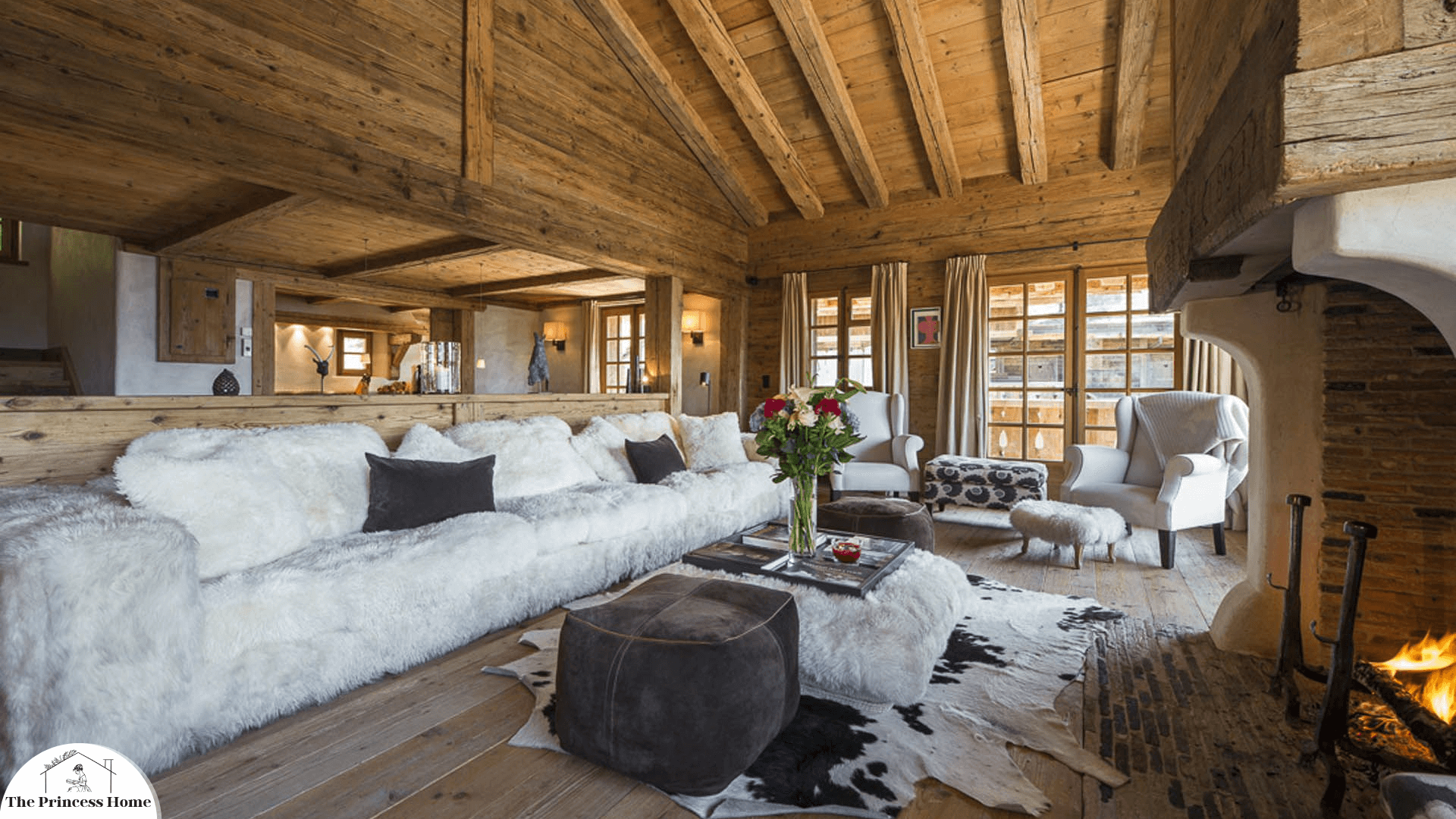
Fuzzy Fabrics:
- Invest in fuzzy, plush fabrics for your bedding and furniture. Faux fur throws, sheepskin rugs, and velvet cushions can add a luxurious and inviting feel to your home.
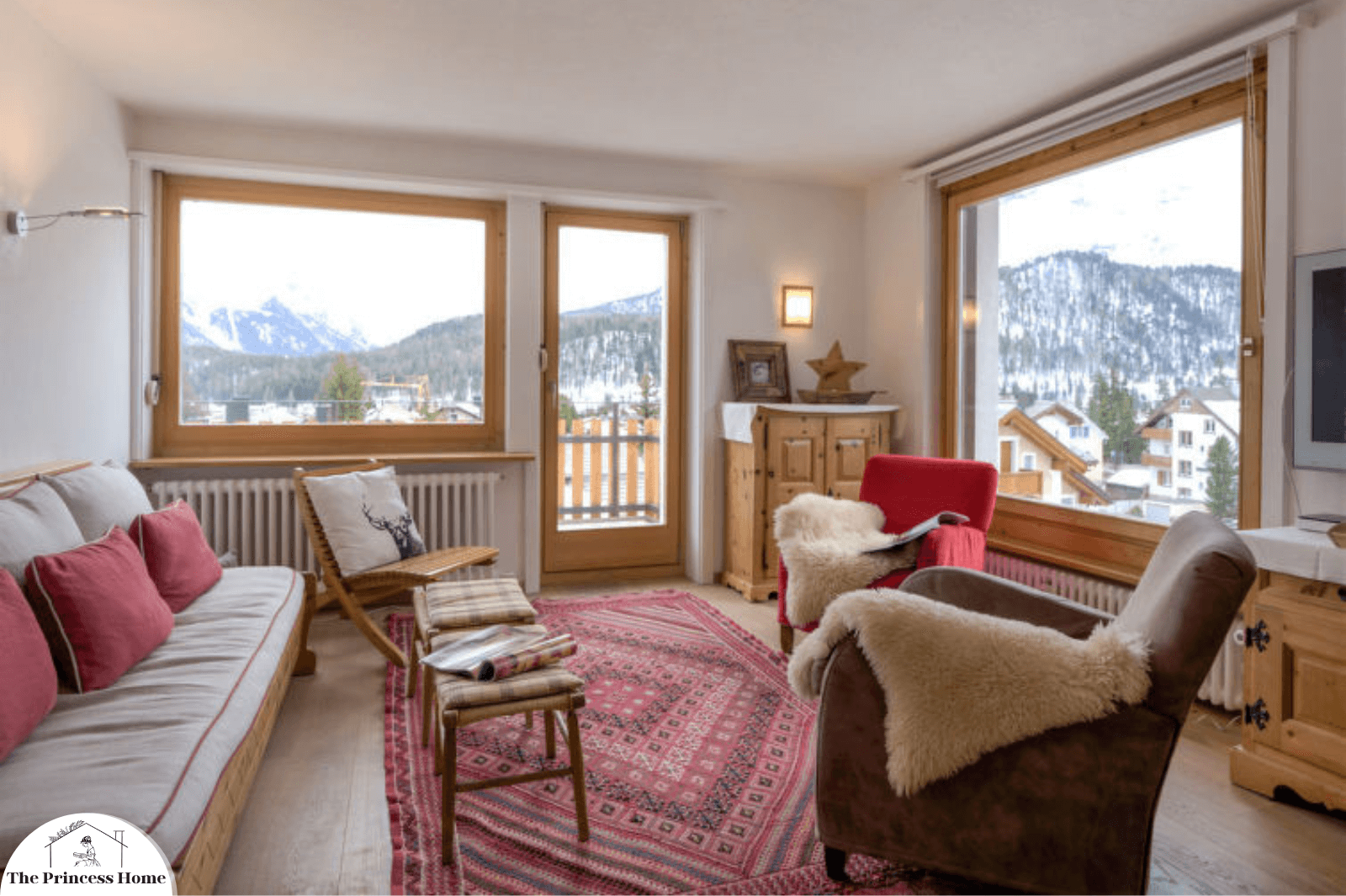
Layered Textures:
- Incorporate various textures to add depth and warmth to your living space. Plush throw blankets, fluffy pillows, and area rugs can transform a room, providing both physical and visual warmth.
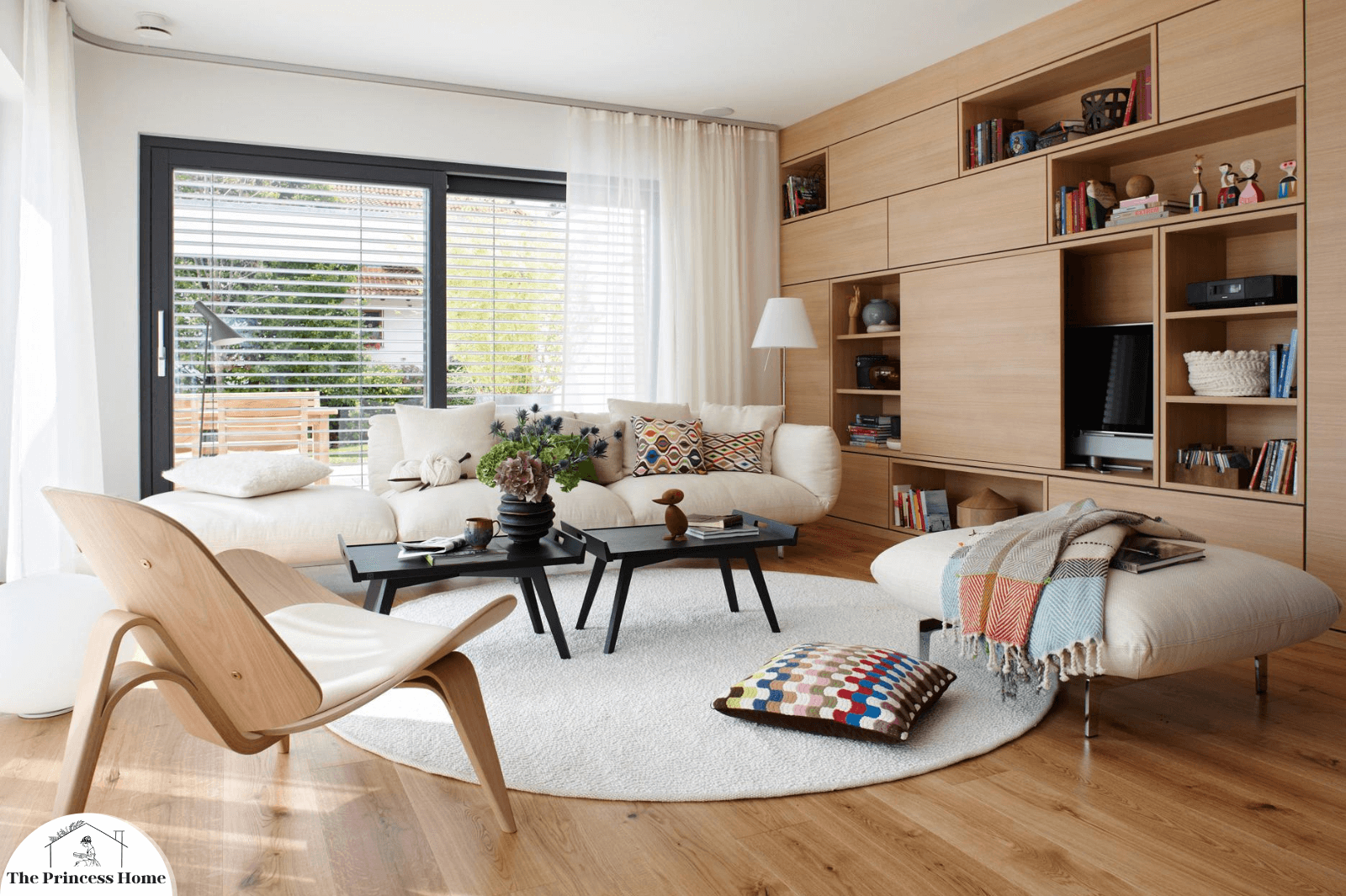
Add Throw Blankets:
- Place soft throw blankets on sofas and chairs. Not only do they add texture and warmth to the decor, but they also invite people to snuggle up and relax. Choose blankets in warm, inviting colors to enhance the cozy ambiance.
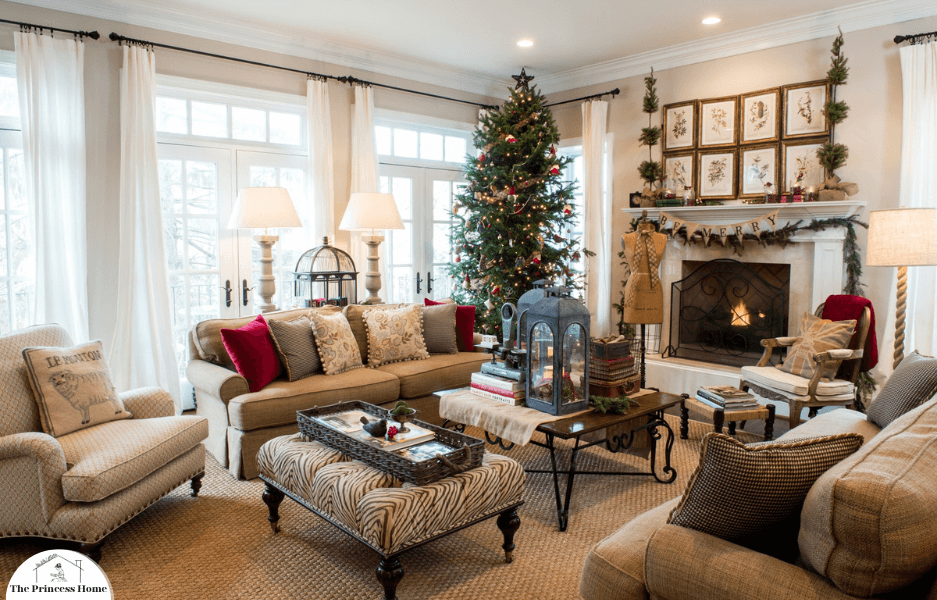
Include Accent Pillows:
- Accent pillows can complement the color scheme of the room and add extra comfort to seating. Mix and match different textures and patterns to create visual interest.
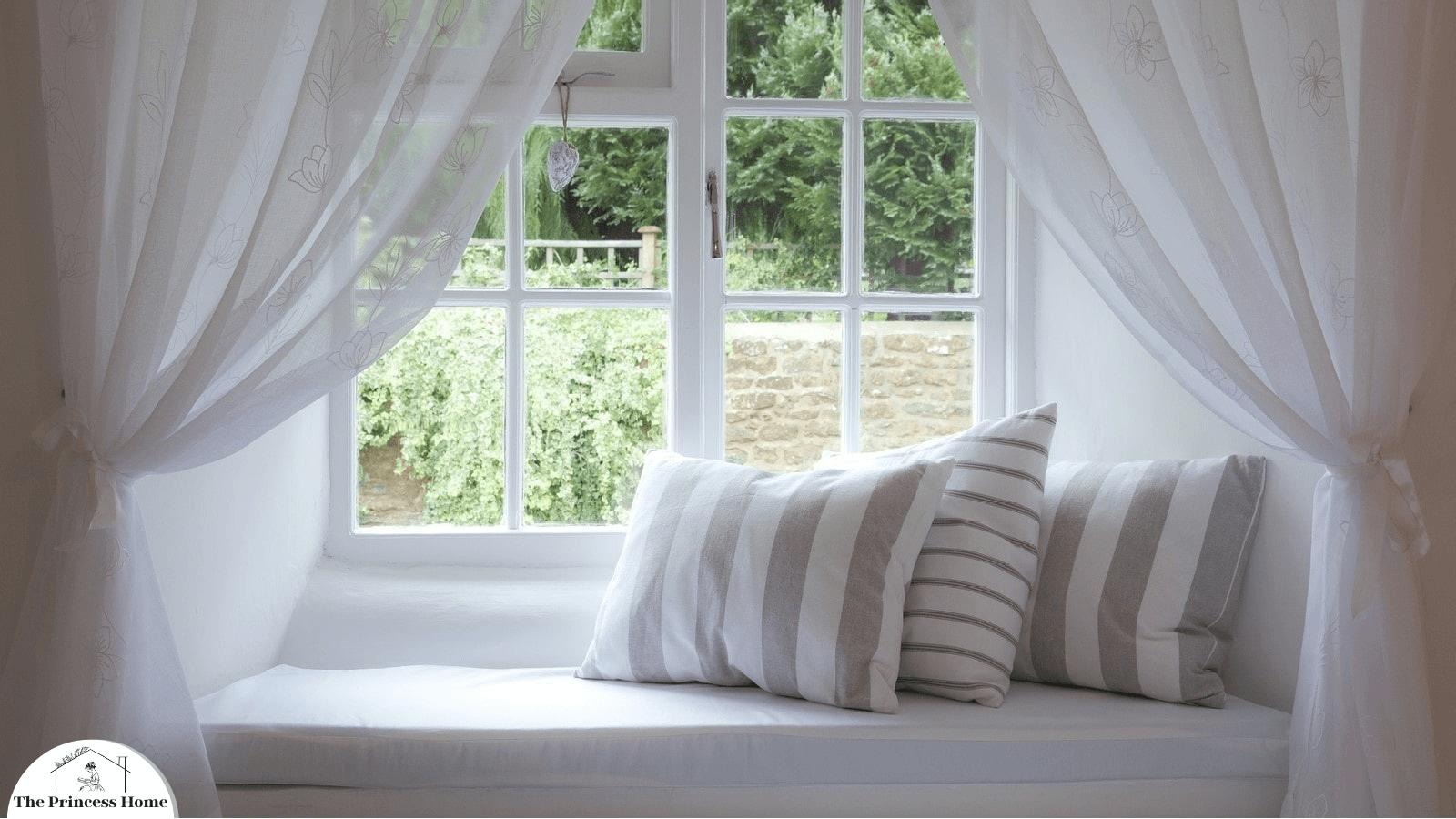
Window Seat Cushions:
- If you have a window seat, add thick cushions and pillows. It not only provides a comfortable spot for relaxation but also serves as an additional layer of insulation against cold windows.

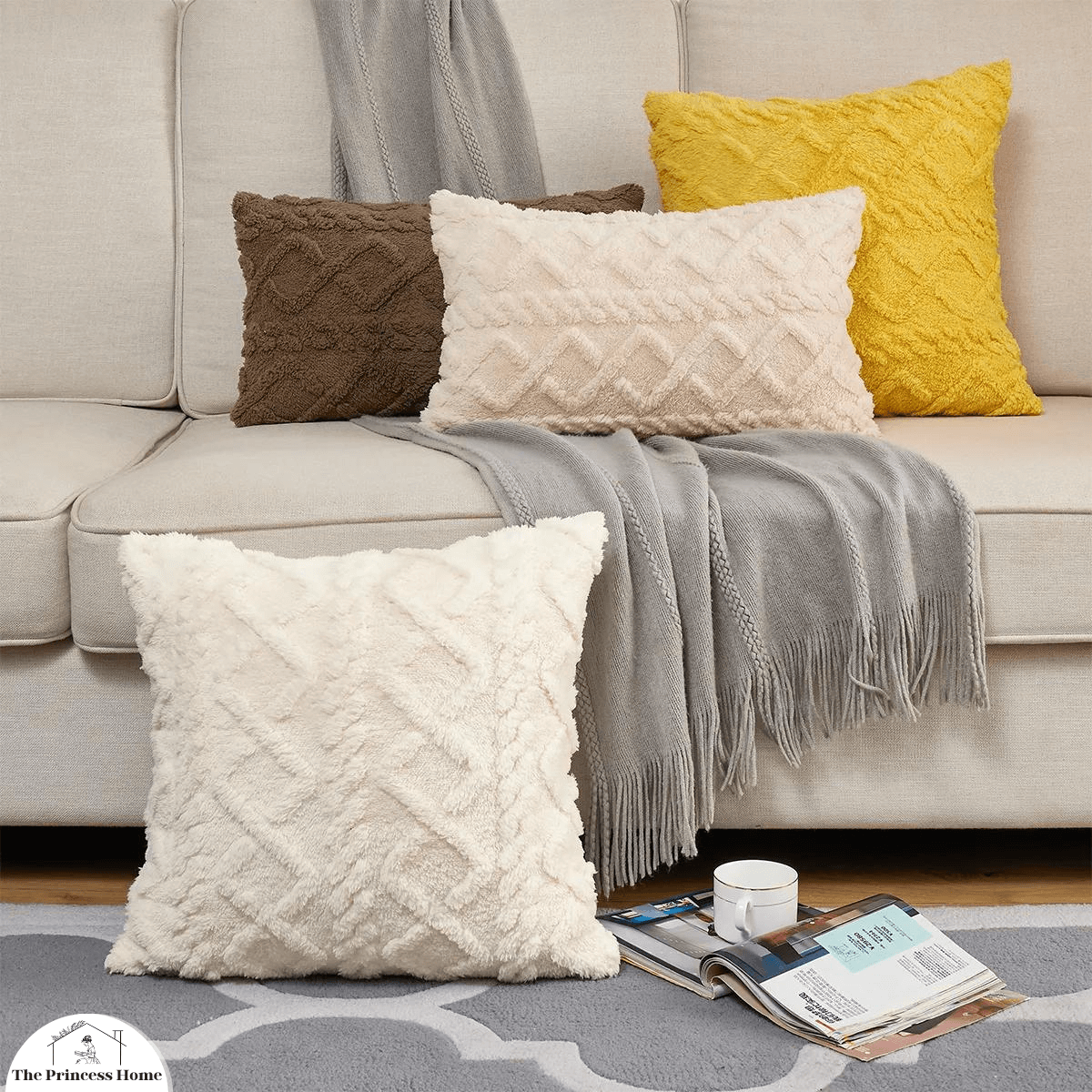
Winter-Themed Throw Pillows:
- Introduce winter-themed throw pillows to your living spaces. Opt for designs featuring snowflakes, reindeer, or other seasonal motifs to add a touch of whimsy and warmth to your sofa or chairs.
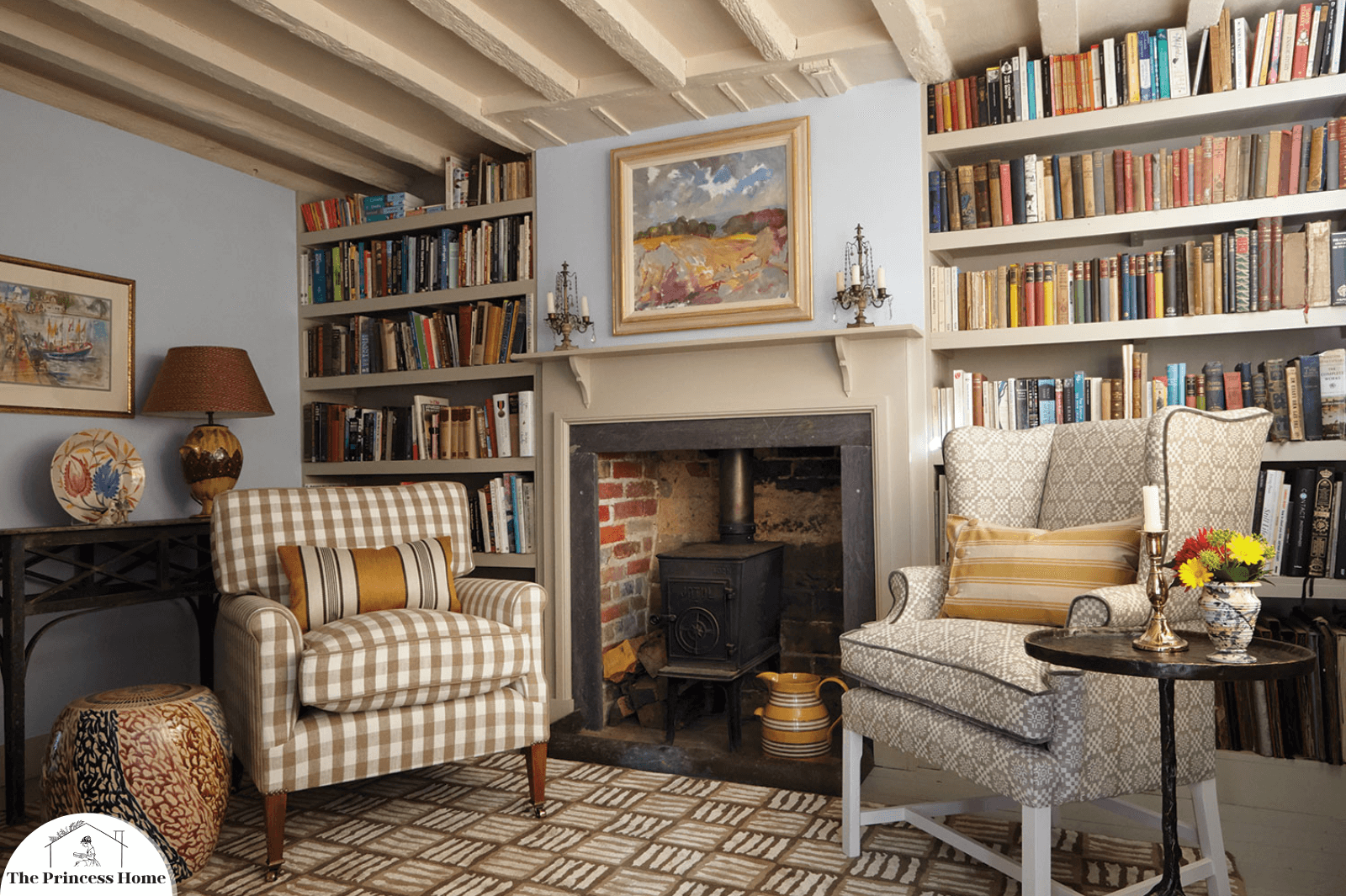
Create Nooks and Reading Corners:
Designate cozy nooks or reading corners with the help of focused lighting. Floor or table lamps placed strategically in these areas can make them inviting and perfect for relaxation.
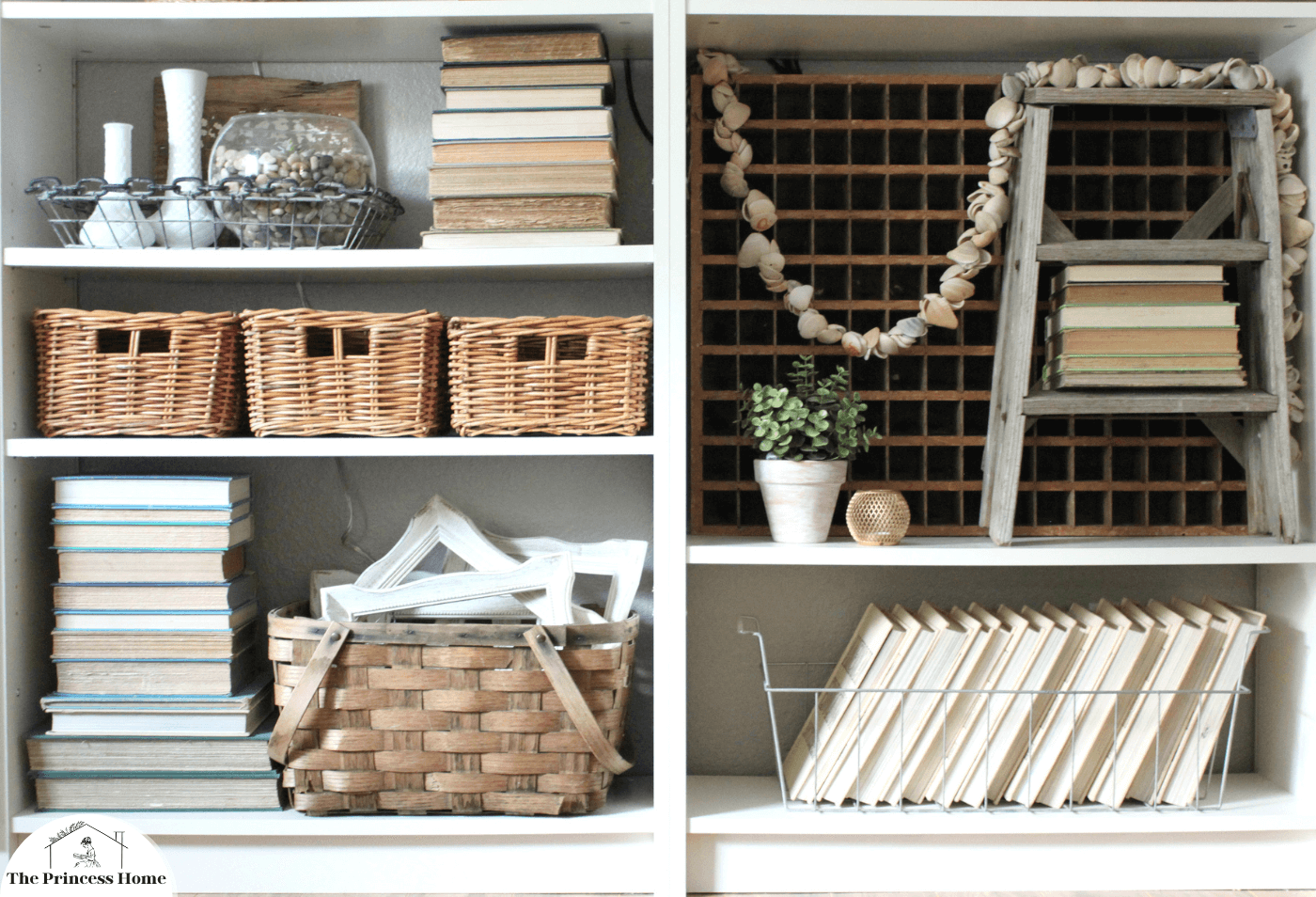
Bookshelves with Warm Tones:
- Arrange your bookshelves with warm-toned book covers and decor items. This not only adds visual warmth but also invites you to curl up with a good book in a cozy corner.
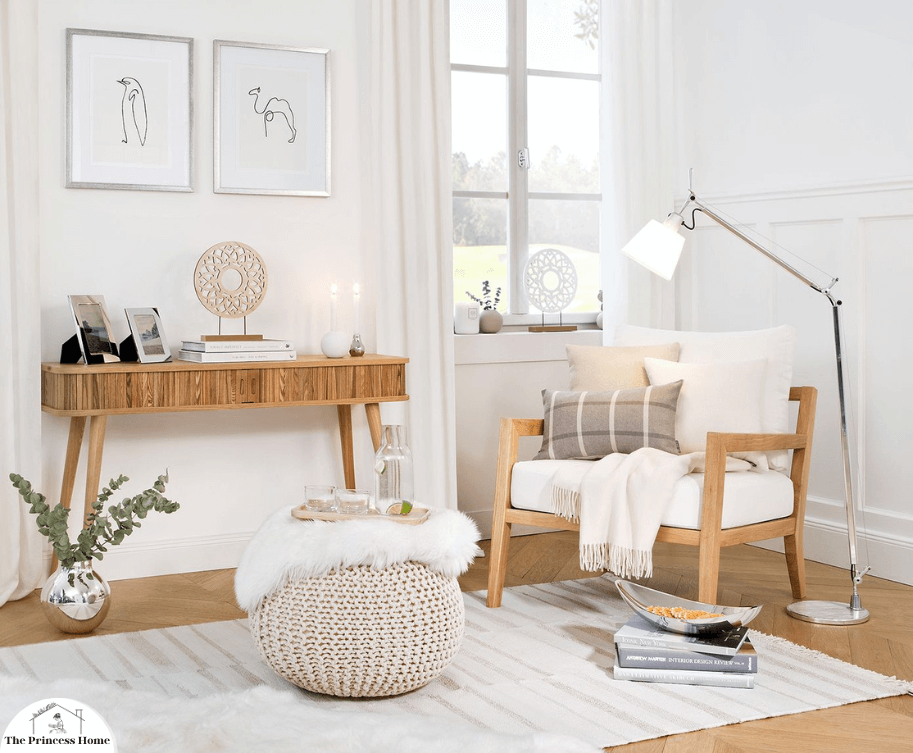
Create a Cozy Corner:
- Designate a specific corner in each room as a cozy space. Place a comfortable chair, a soft blanket, and a small side table with a warm beverage within reach. This creates inviting nooks for relaxation.
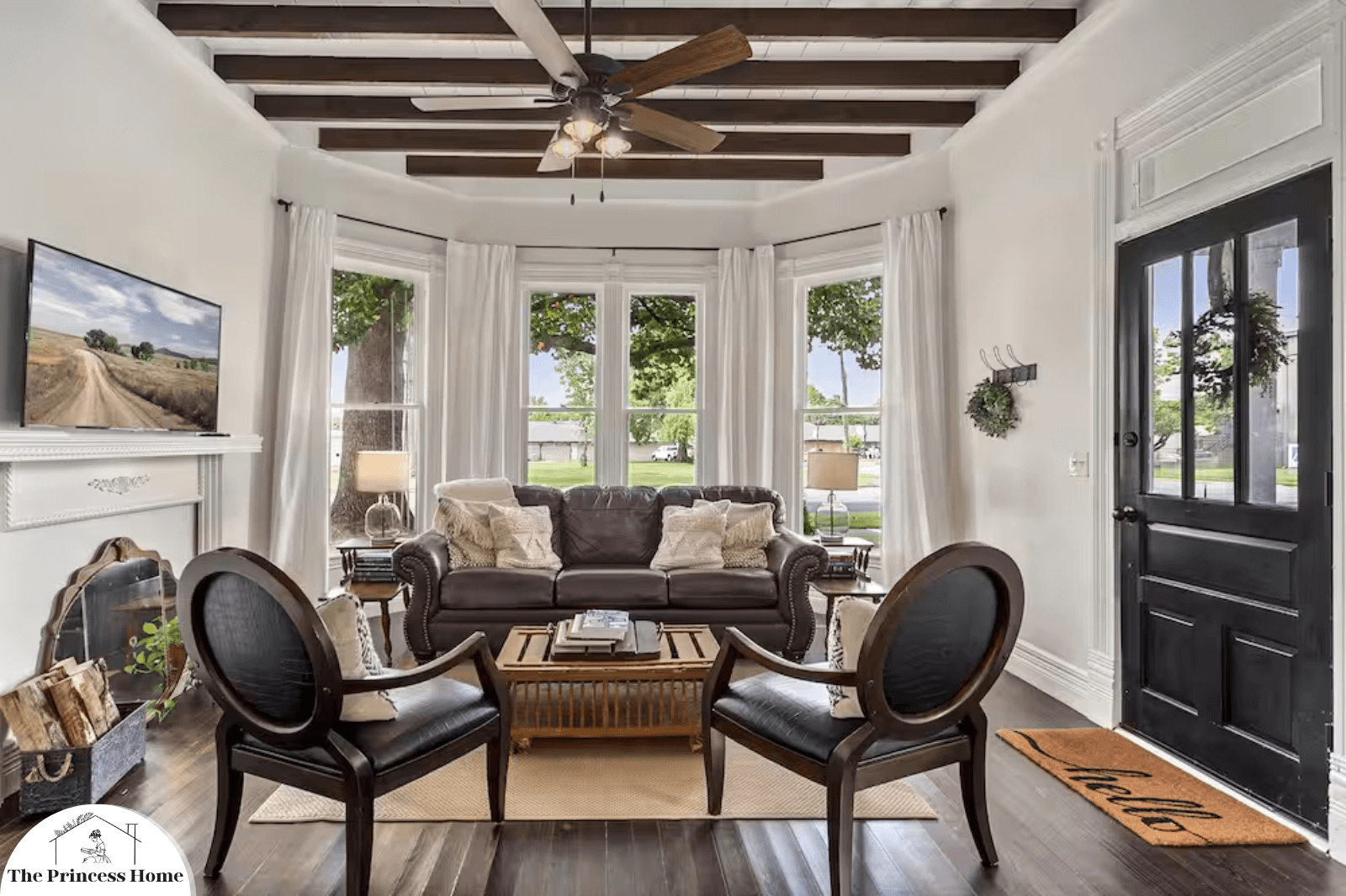
Warm Welcome at the Entryway:
- Create a warm first impression by decorating your entryway. Place a cozy rug, add a winter-themed doormat, and consider hanging a wreath on the door to welcome both residents and guests warmly.
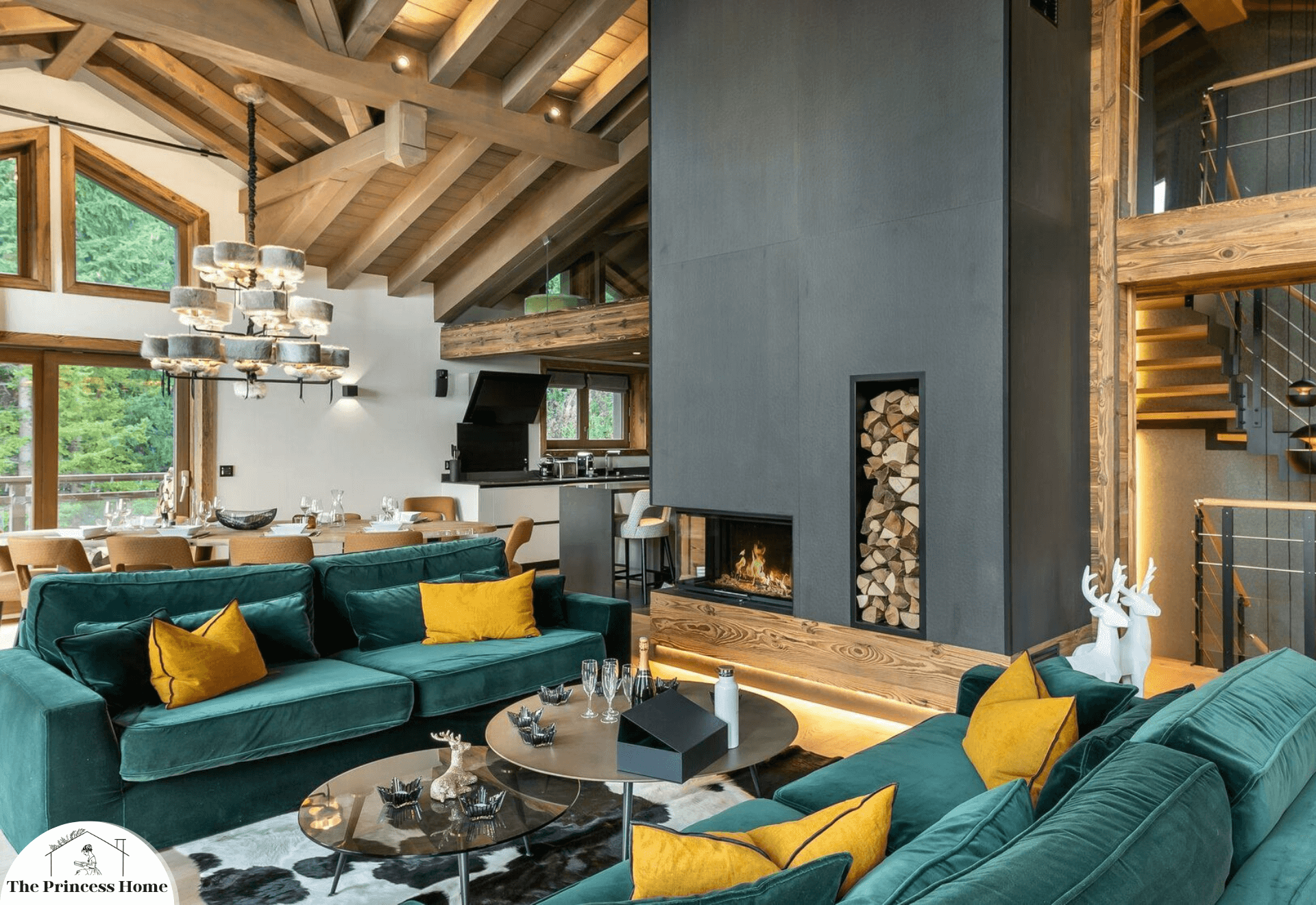
Integrate Natural Materials:
- Use natural materials like wood, wool, and stone in your decor. These elements add a touch of warmth and rustic charm to your living spaces.
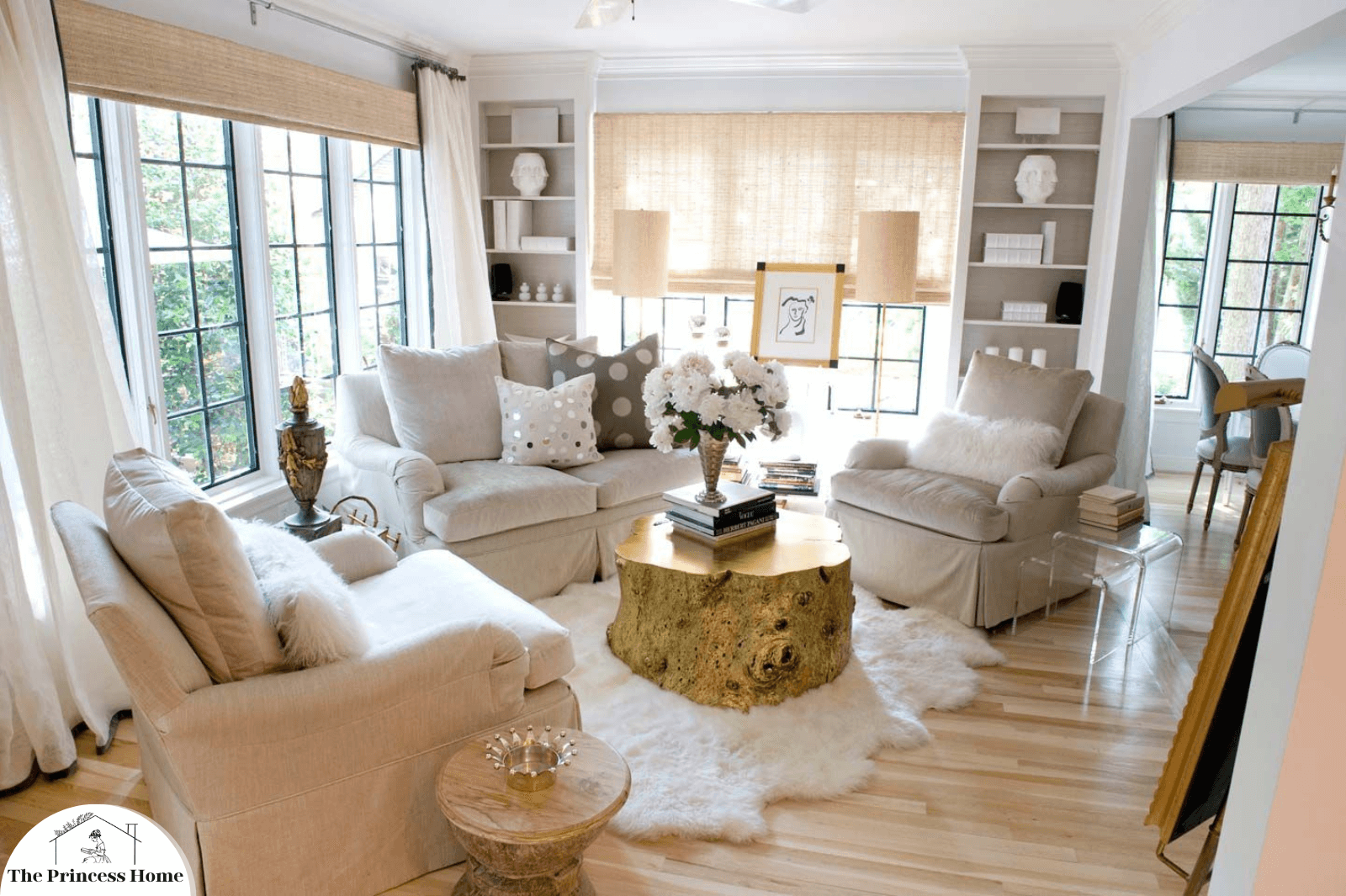
Hygge Elements:
- Embrace the Danish concept of hygge, which promotes a feeling of comfort and contentment. Include elements like soft blankets, flickering candles, and comfortable seating arrangements to embody this cozy lifestyle.
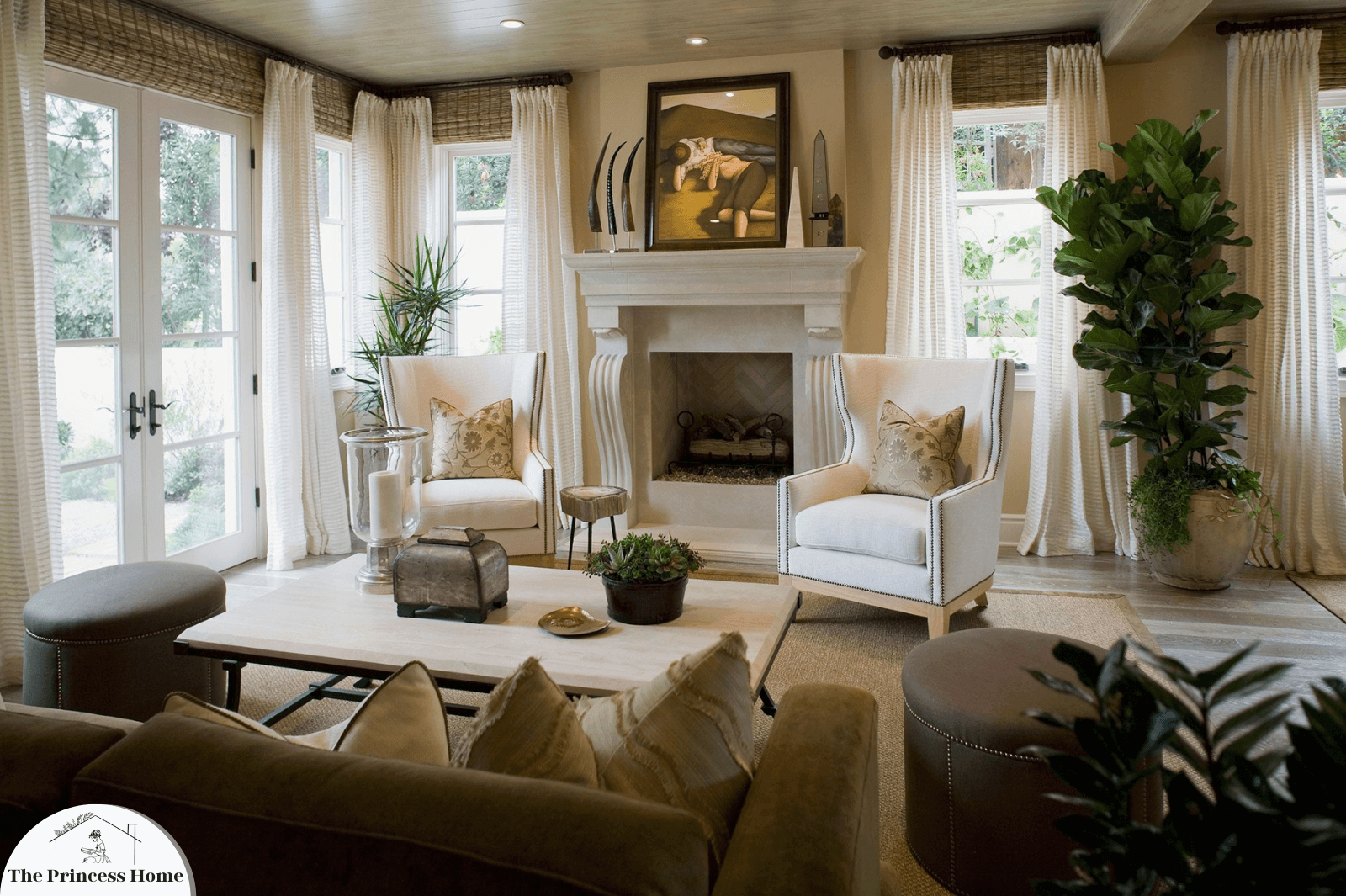
Indoor Plants:
- Bring the outdoors in by incorporating indoor plants. Greenery adds life to your spaces and can create a calming and cozy environment.

Winter Decorations:
Warm Color Palette:
- Extend the warm color palette to your walls. Consider painting an accent wall in a deep, warm color or adding wallpaper with a cozy pattern to create a focal point in a room.
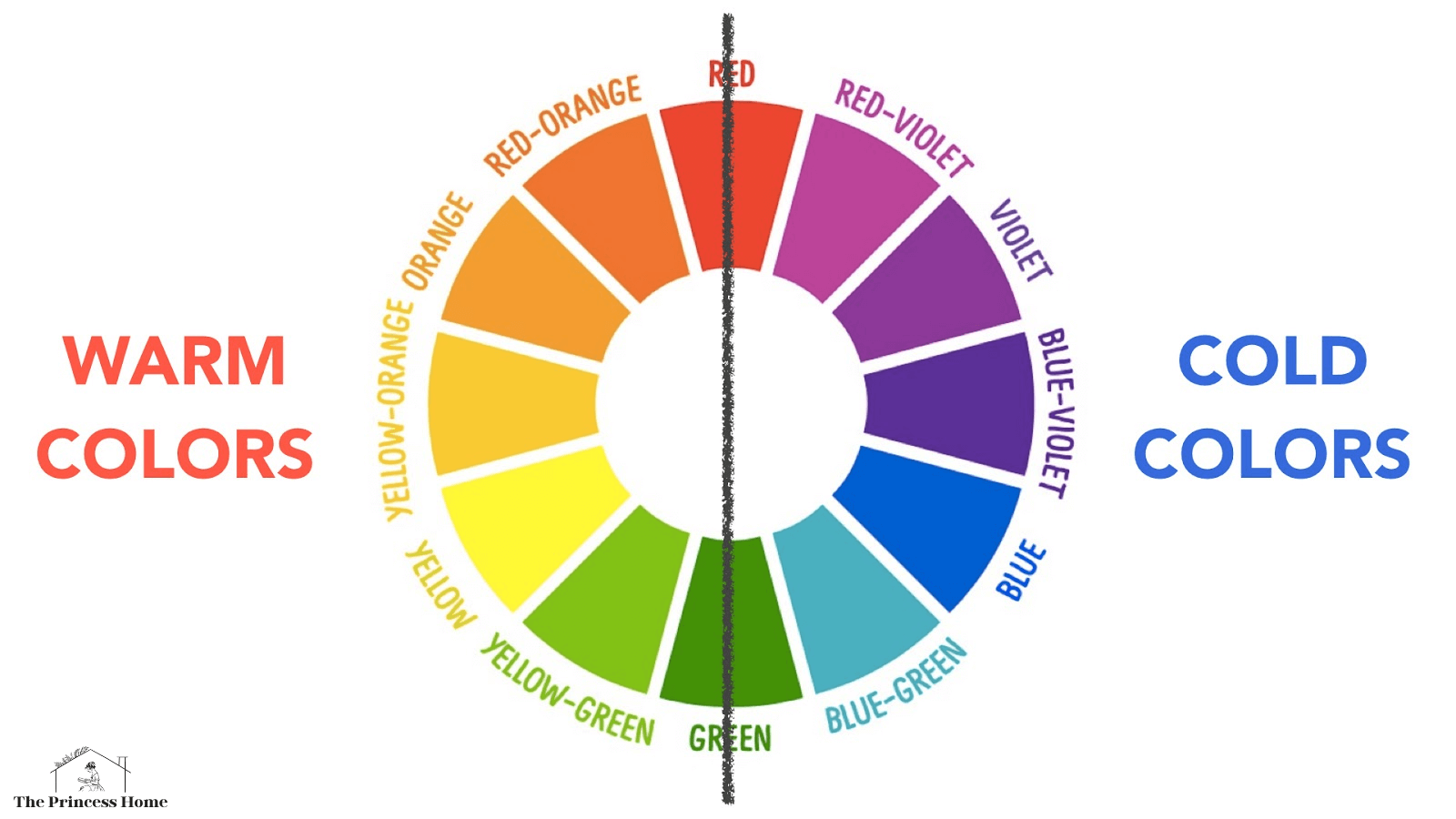
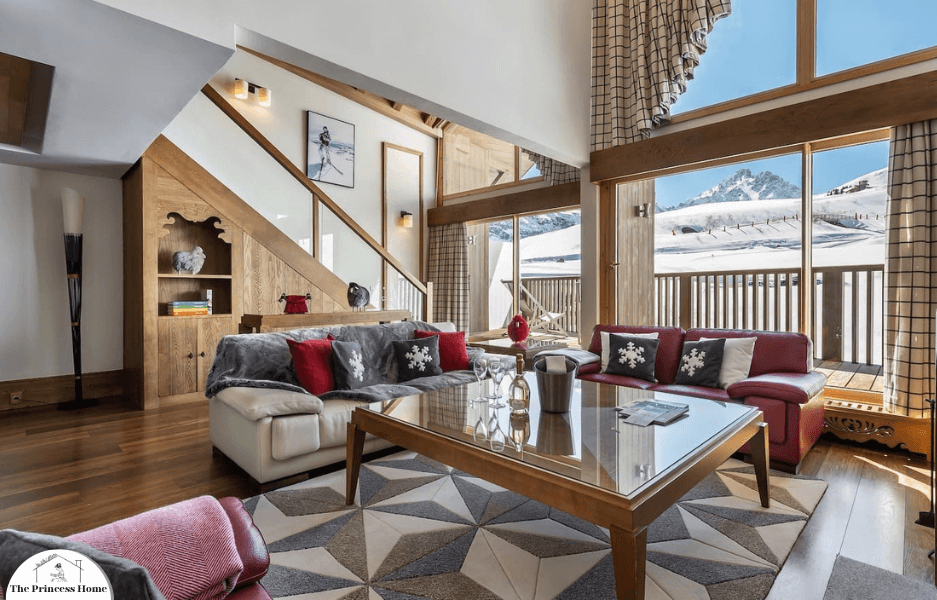
Rich Colors:
- Embrace rich, warm colors in your decor. Deep reds, earthy browns, and warm neutrals can create a sense of intimacy and comfort in your living spaces.
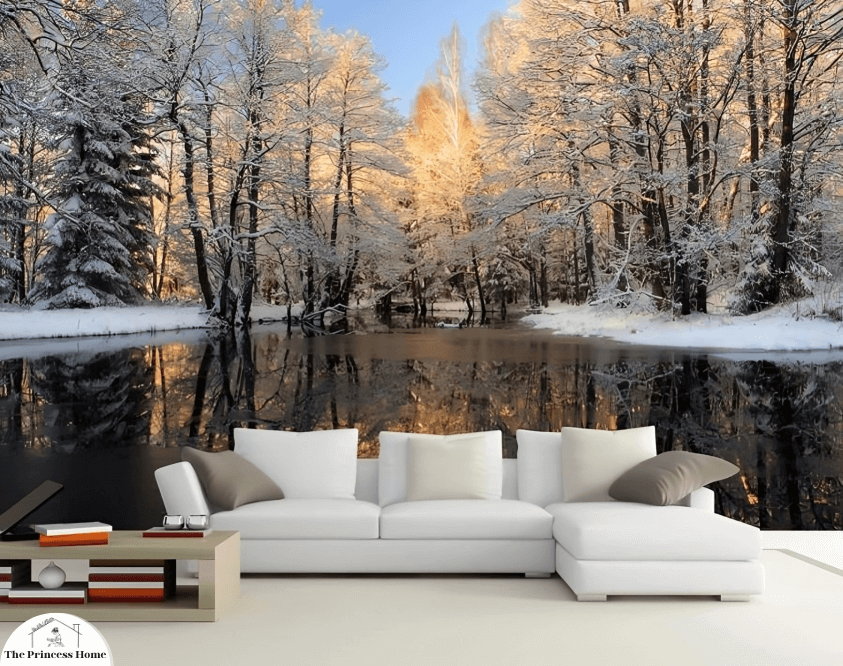
Winter-Themed Wall Decals:
- Use temporary wall decals with winter themes to create a seasonal backdrop. These decals can be easily removed when the season changes, allowing you to refresh your decor effortlessly.
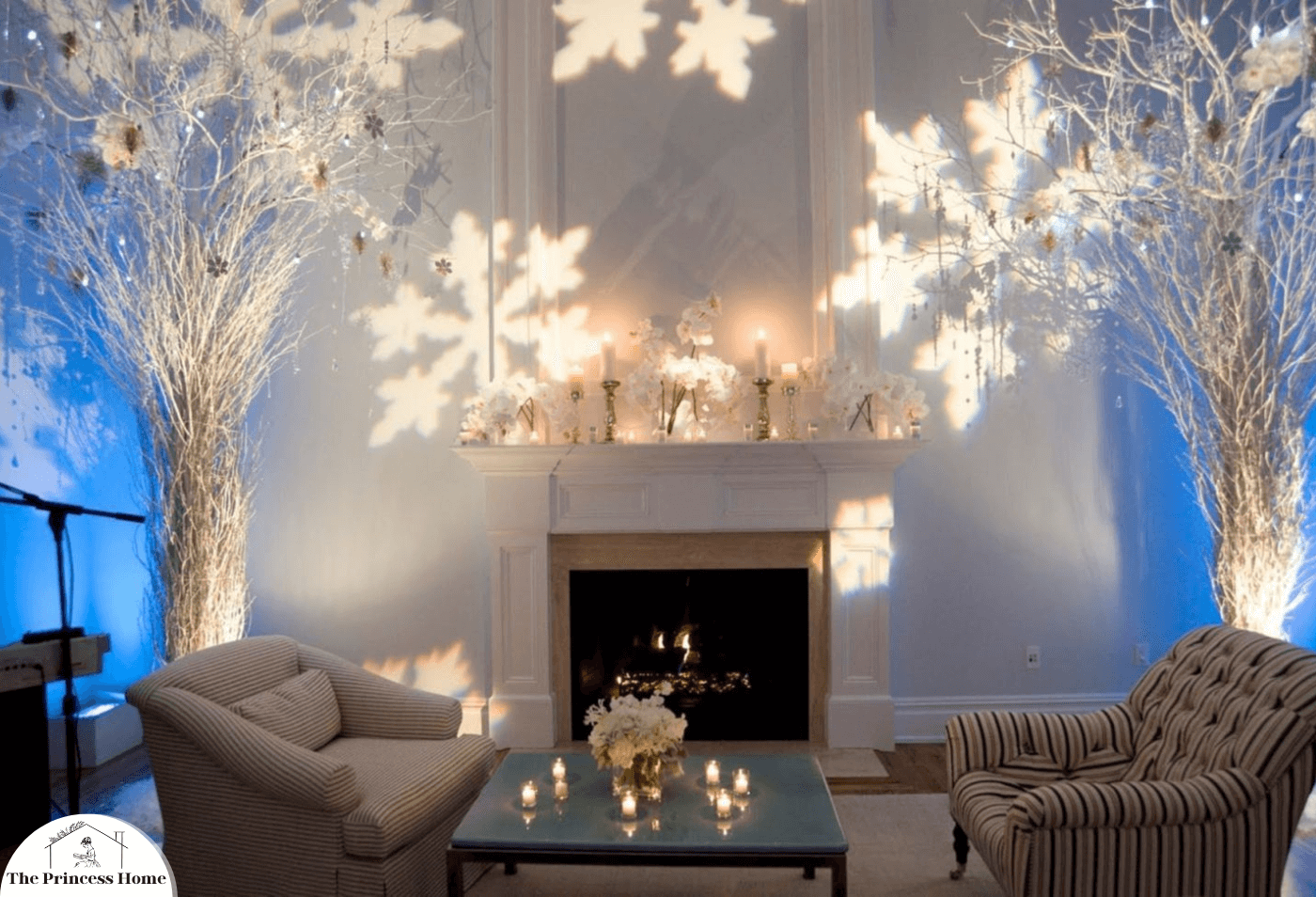
Decorative Elements:
- Infuse your warm house with winter-themed decorations. Consider using seasonal wreaths, pinecones, and evergreen branches. These elements not only add a touch of festivity but also contribute to a cozy winter ambiance.
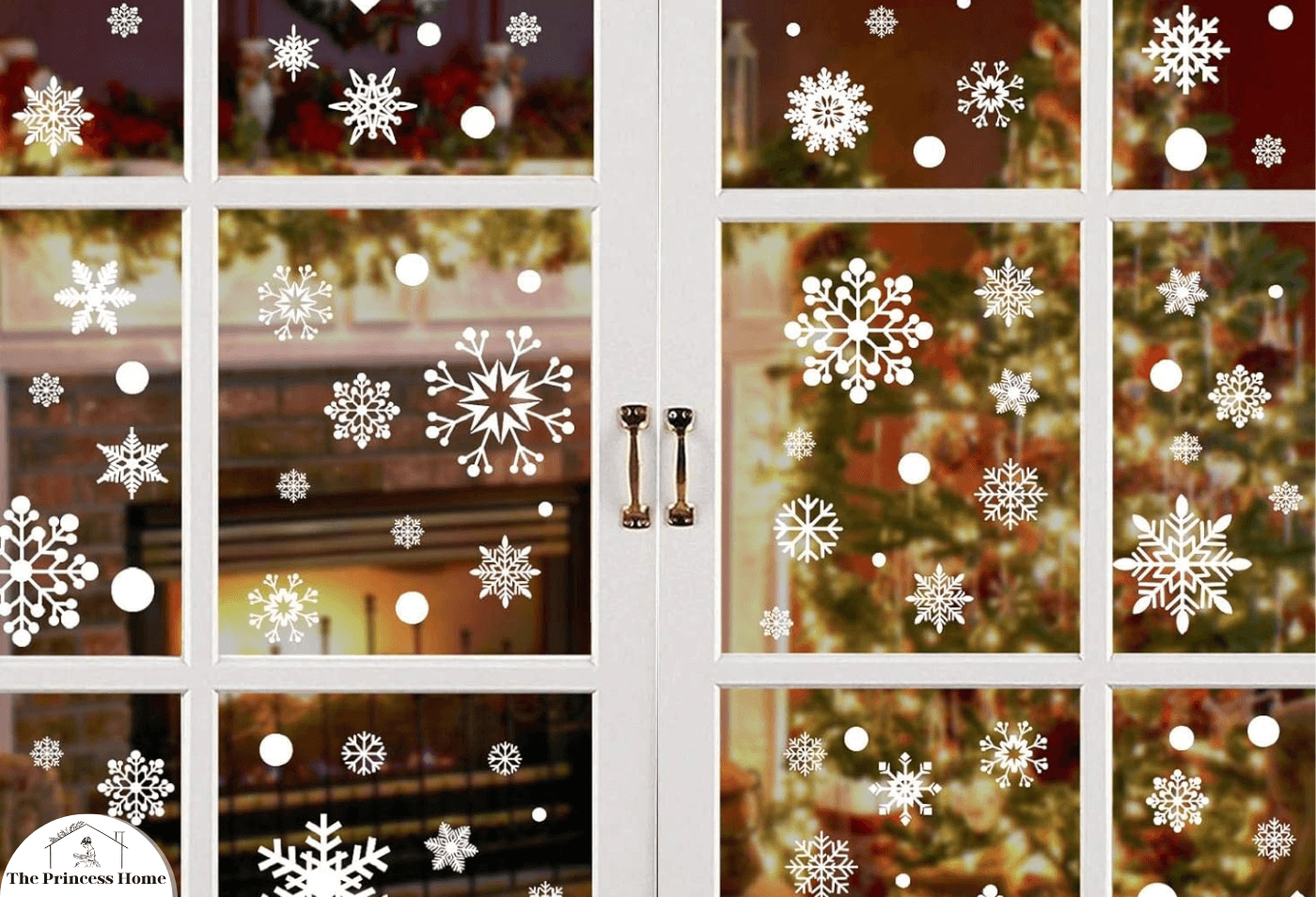
Snowy Window Panes:
- Simulate snowy window panes by applying temporary window decals. These decals can create a wintry scene while providing privacy and insulation.
Winter-Themed Art and Crafts:
- Engage in winter-themed art and crafts with family or friends. Create handmade snowflakes, winter-themed paintings, or DIY garlands to personalize your home decor and infuse warmth into shared spaces.
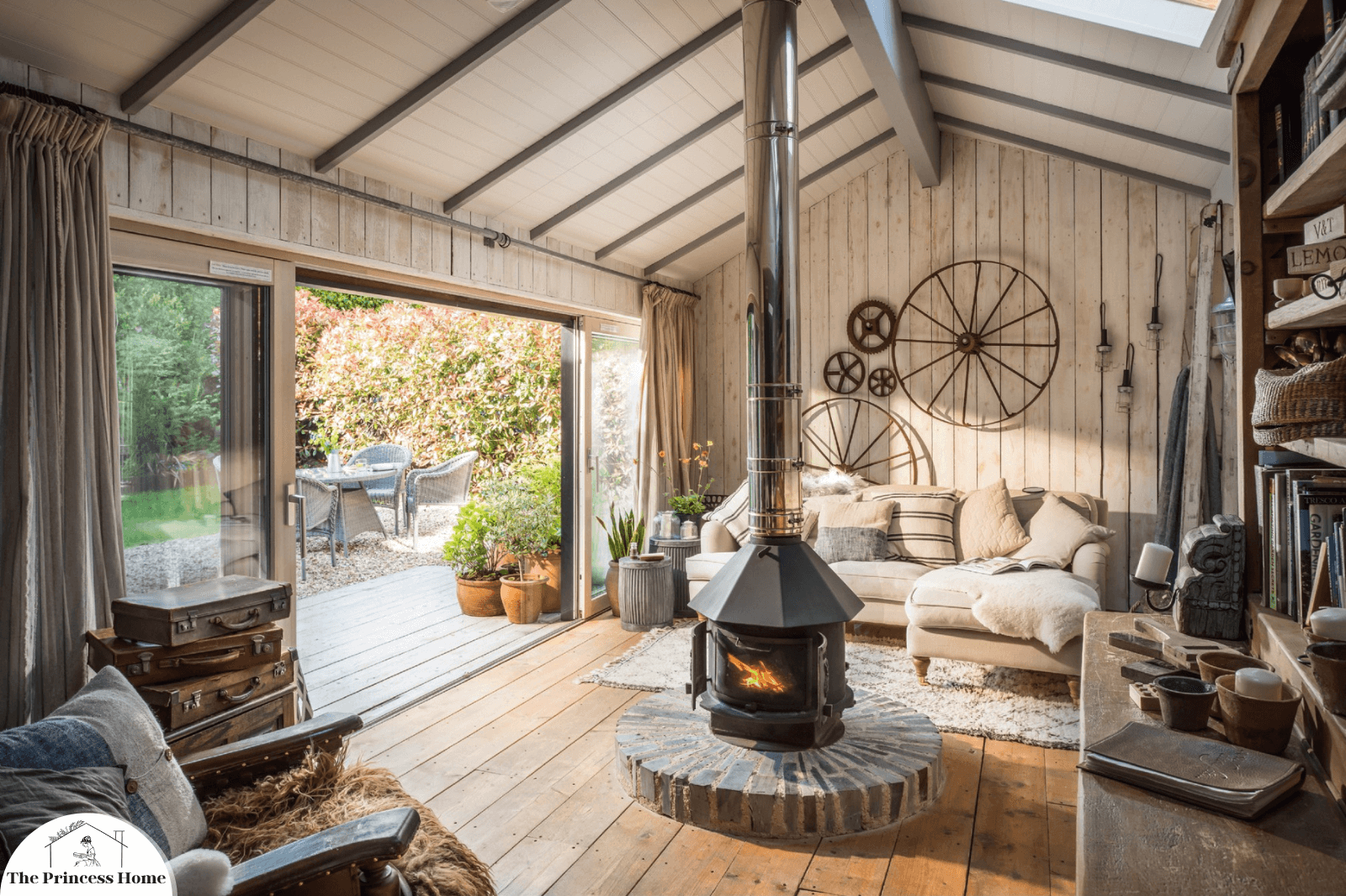
Add Personal Touches:
- Infuse your personality into the space by incorporating personal touches such as family photos, artwork, or items with sentimental value. This helps make the seating area feel more inviting and reflective of your style.
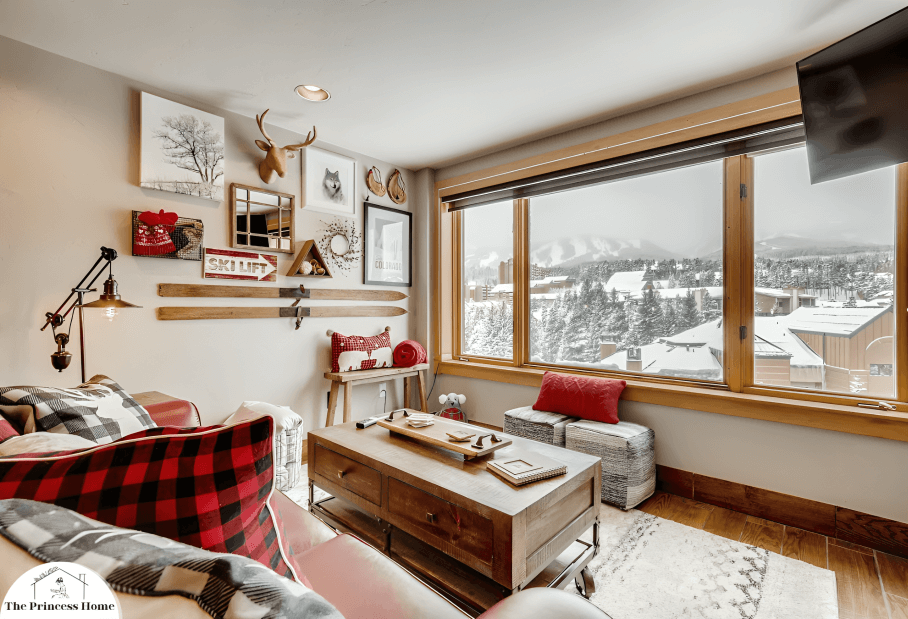
Warming Wall Art:
- Consider incorporating warming and visually appealing wall art. Choose artwork with rich colors or winter landscapes to evoke a sense of coziness. Framed family photos with fond memories can also contribute to a comforting ambiance.
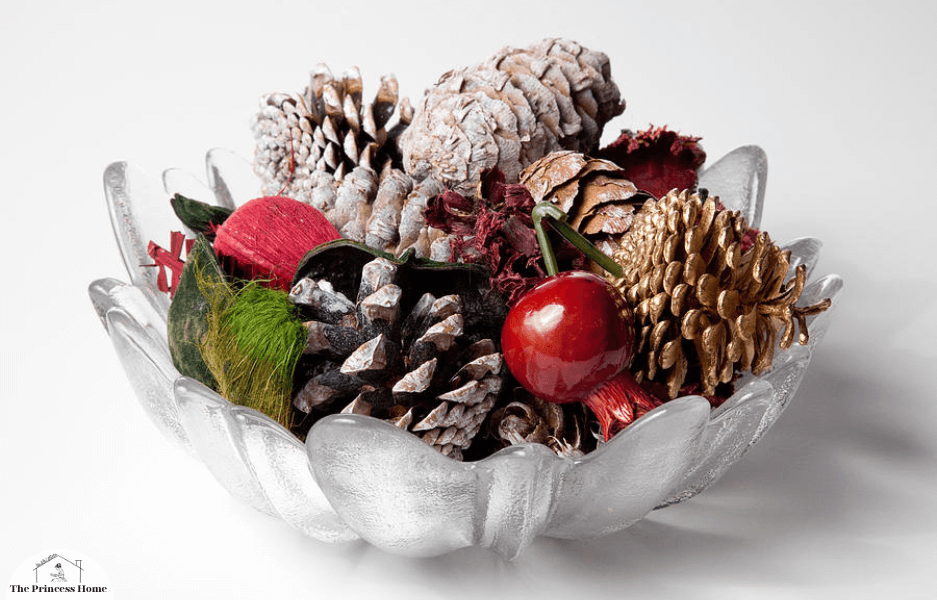
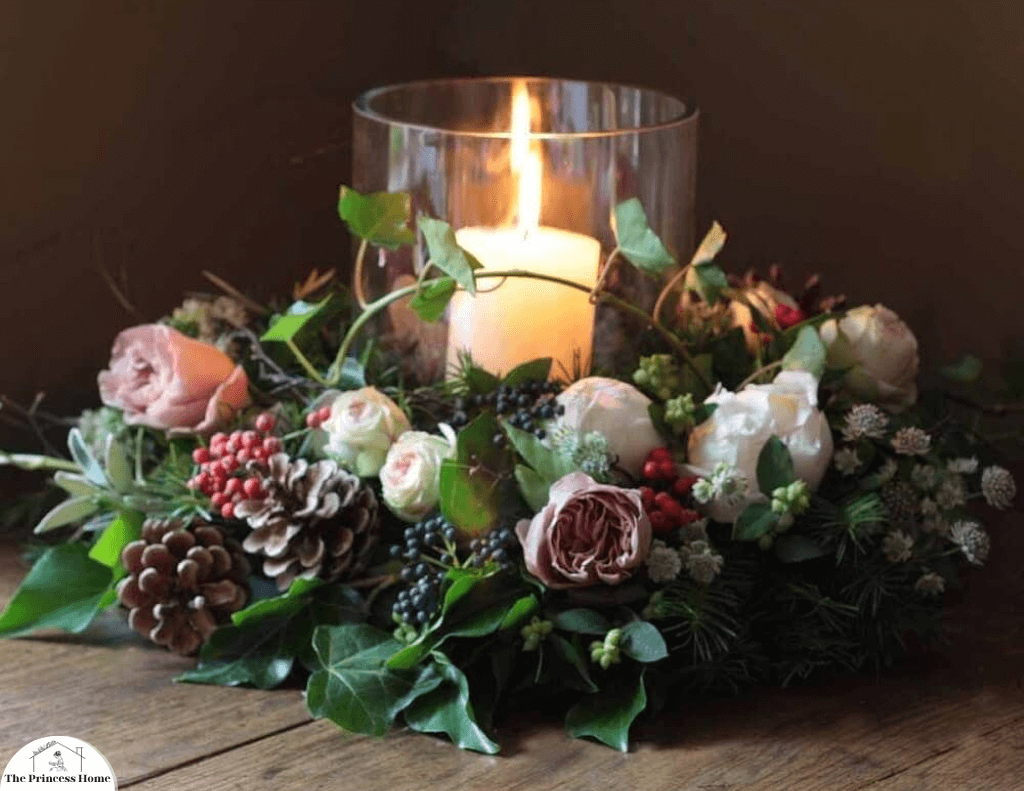
Winter-Themed Centerpieces:
- Create winter-themed centerpieces for your dining and coffee tables. Utilize elements like pinecones, candles, and seasonal flowers to add warmth and visual interest.
Scented Pinecones and Potpourri:
- Display scented pinecones or potpourri in decorative bowls. Not only do they add a festive touch, but the natural scents also contribute to a warm and inviting atmosphere.
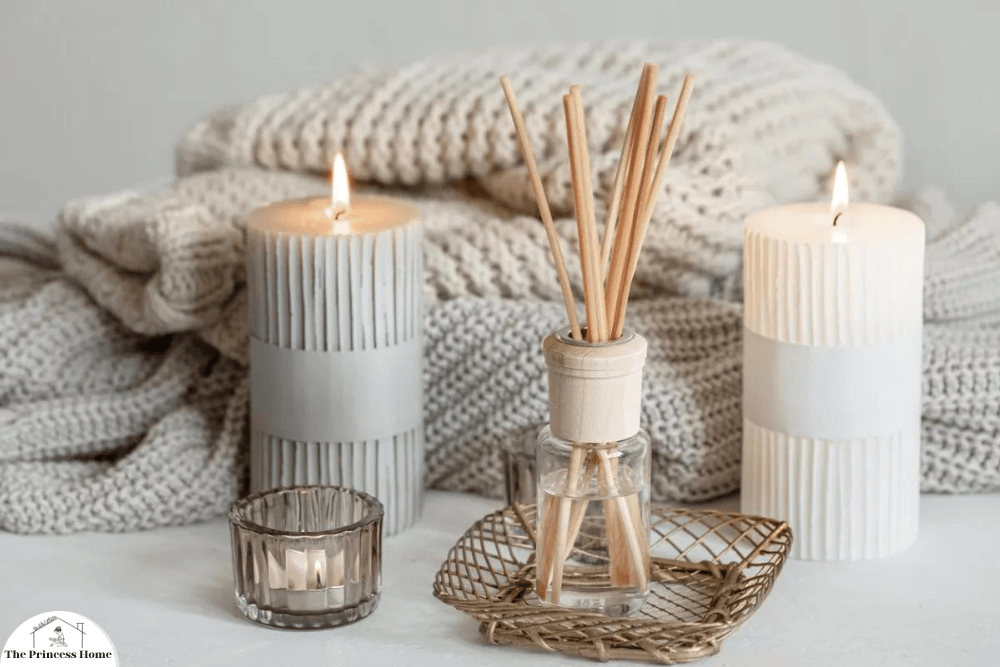
Winter Scents:
- Use scented candles, essential oil diffusers, or potpourri with winter-inspired scents like cinnamon, vanilla, or pine. The aroma will not only make your home smell inviting but also evoke feelings of coziness.
Create a Cozy Playlist:
- Curate a playlist of soothing and warm music. Play it softly in the background to create a relaxing and comfortable atmosphere throughout your home.
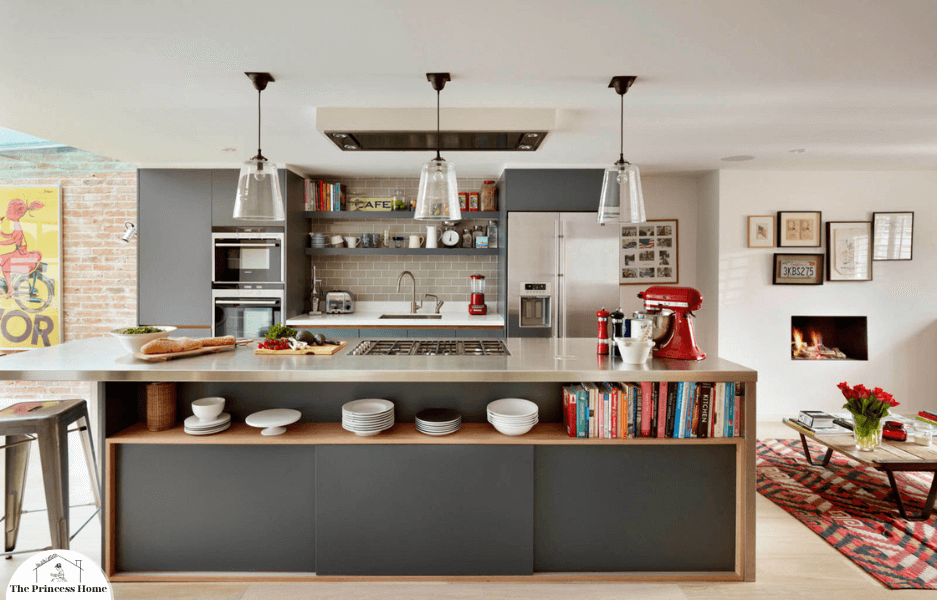
Entertainment and Relaxation:
Baking and Cooking:
- Utilize your kitchen to create warmth and comfort. Bake cookies, pies, or casseroles, filling your home with delightful aromas. Cooking hearty, warm meals not only satisfies your taste buds but also warms up the kitchen.
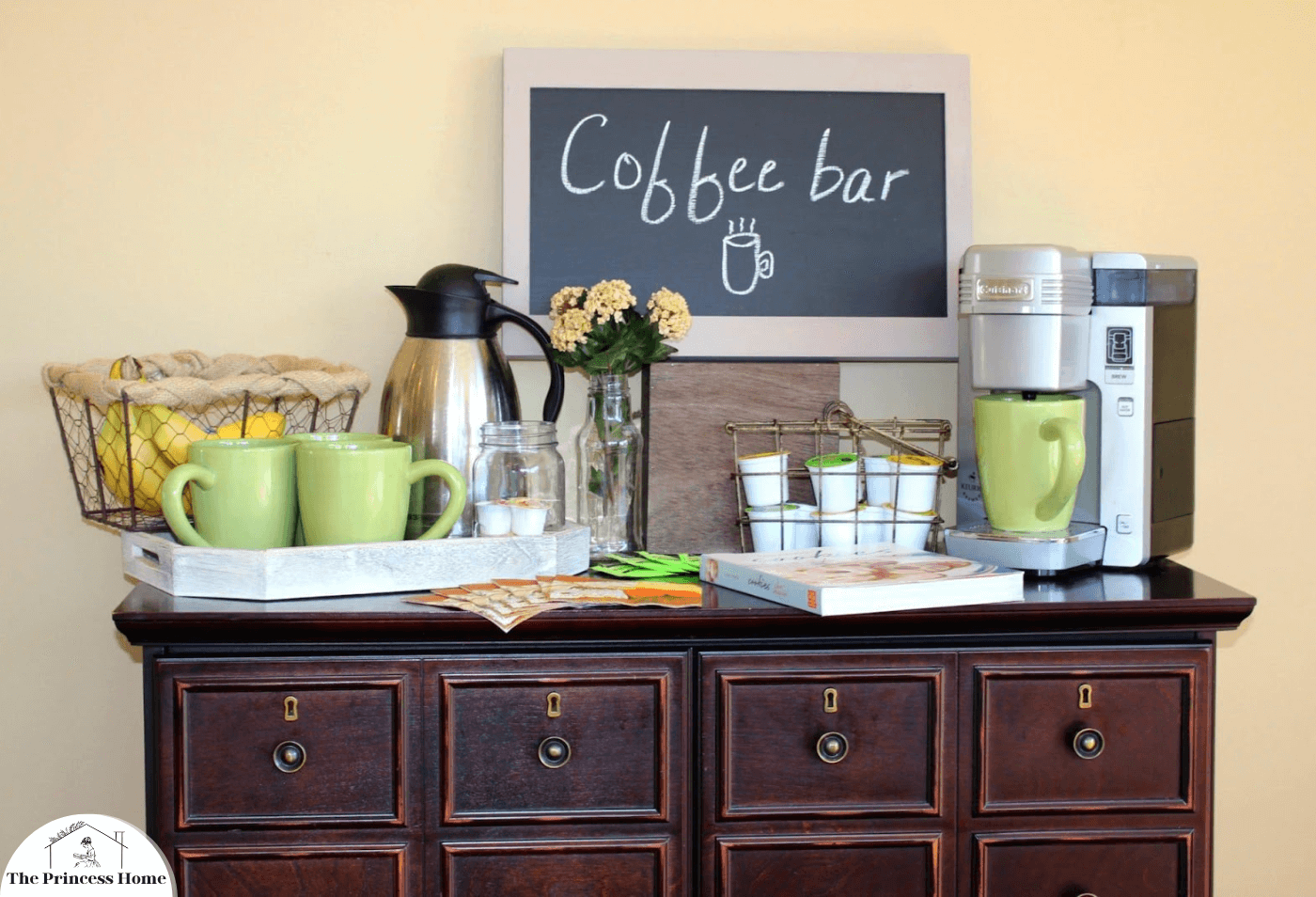
Hot Beverages Station:
- Set up a dedicated hot beverage station with a variety of teas, hot chocolates, and coffees. Display stylish mugs and a kettle for a touch of convenience and warmth.
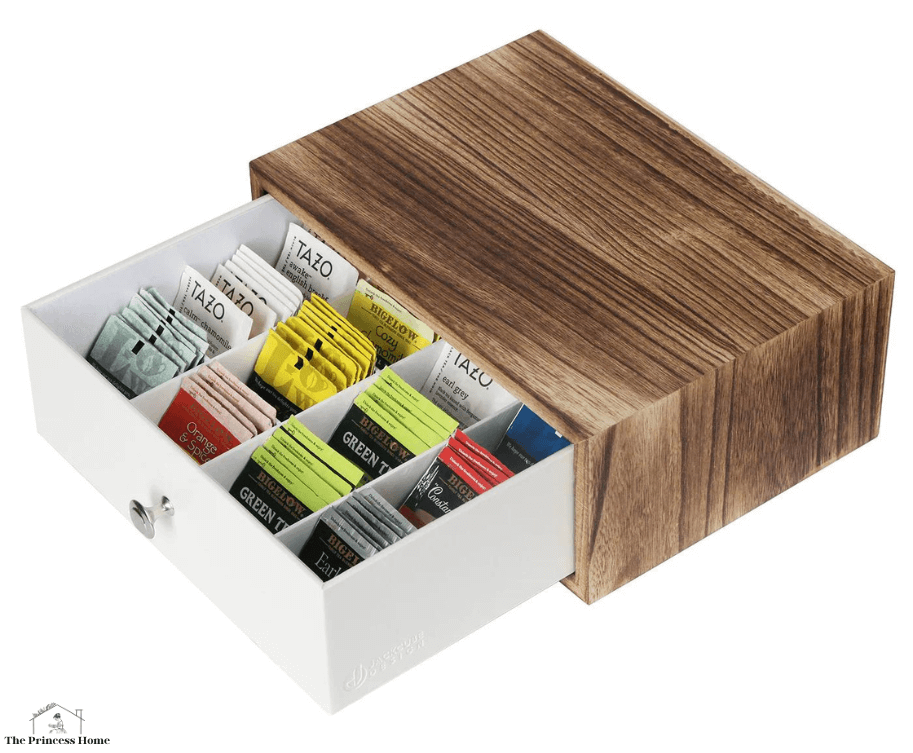
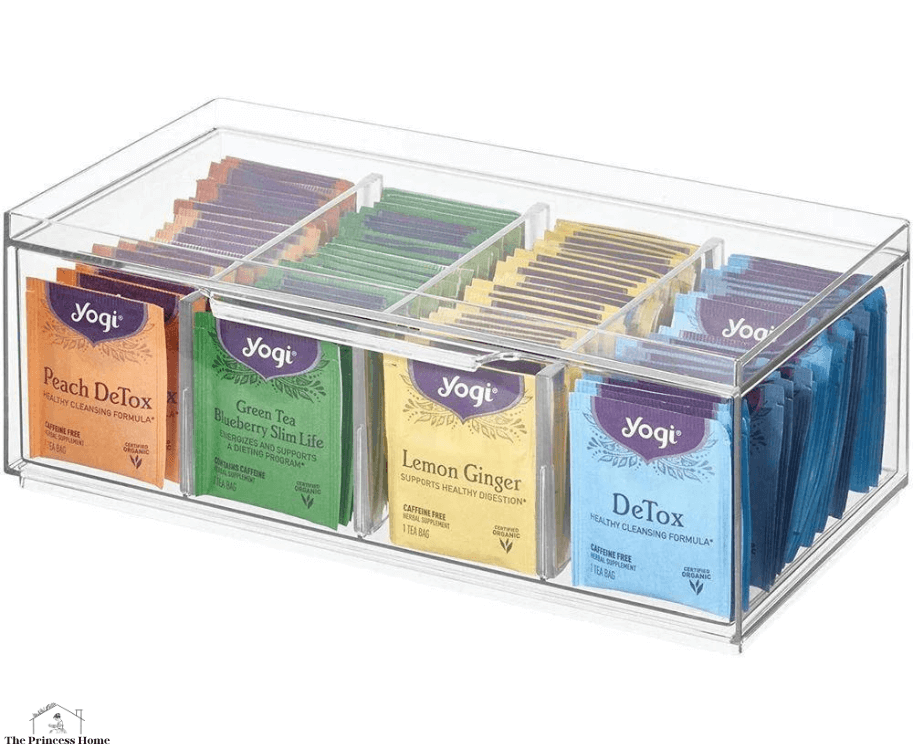
Warm Beverages:
- Keep a selection of warm beverages on hand, such as herbal teas, hot cocoa, or mulled cider. Enjoying a warm drink can instantly make your home feel cozier.
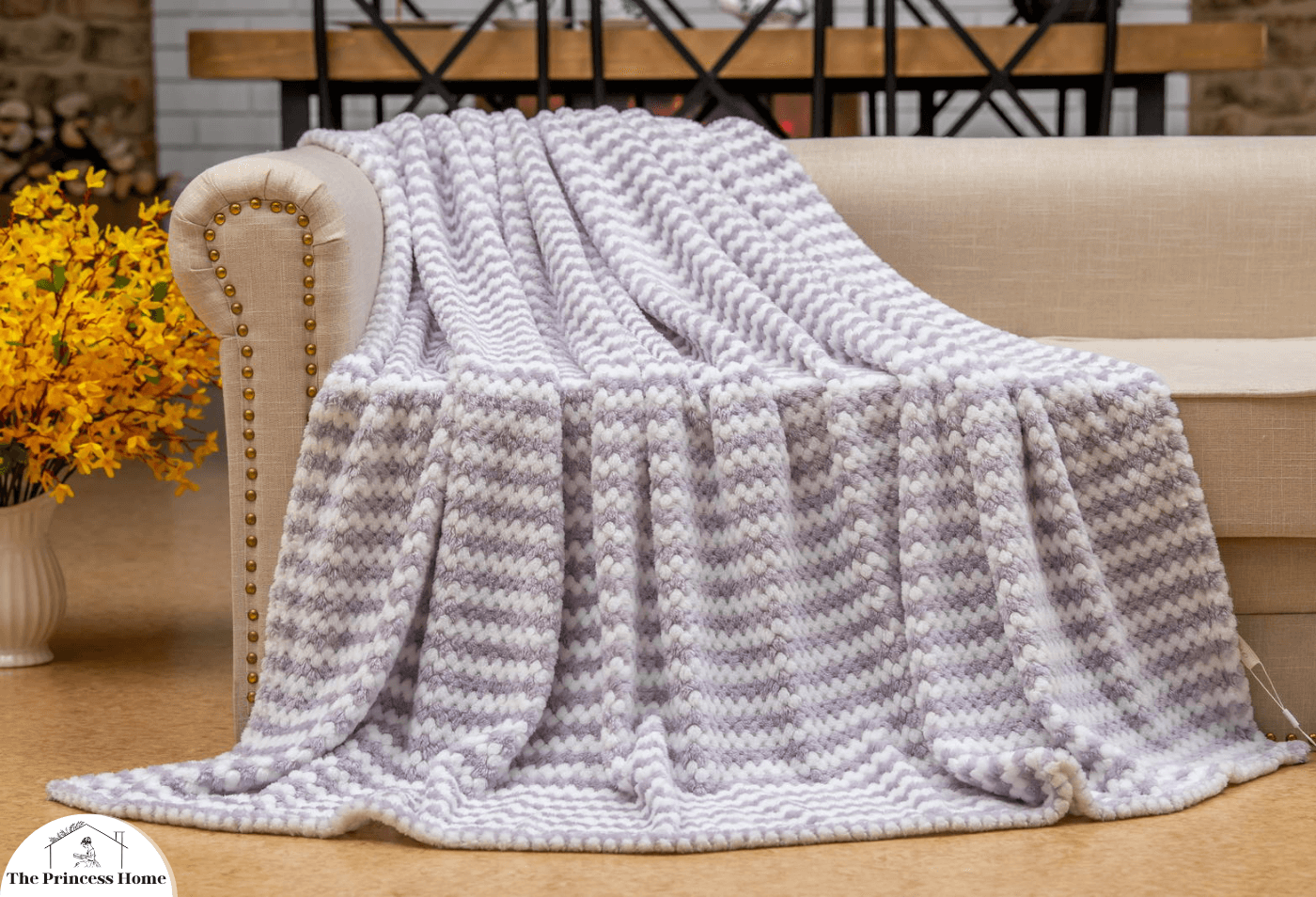
Plan Cozy Activities:
- Schedule cozy activities for cold winter nights. Movie marathons, game nights, or simply spending time by the fireplace with loved ones can make your home feel even warmer and more inviting.
DIY Fleece Blankets:
- Make DIY fleece blankets with your favorite patterns or colors. These homemade blankets can be draped over sofas or chairs, providing an extra layer of warmth and personal style.
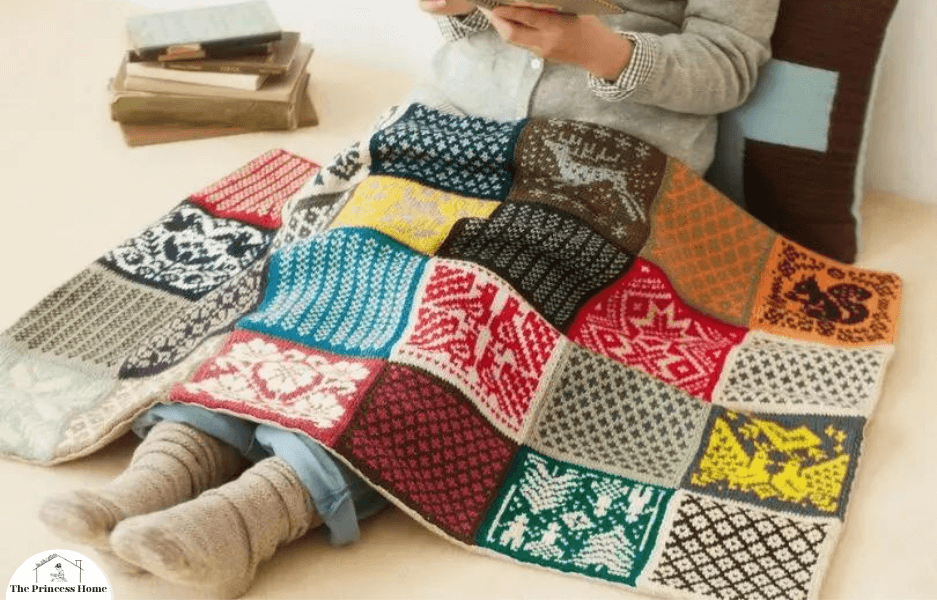
Memory Blankets:
- Craft a memory blanket using fabric scraps from old clothes, blankets, or special textiles. This cozy and sentimental creation can be draped over furniture, adding both warmth and a personal touch.
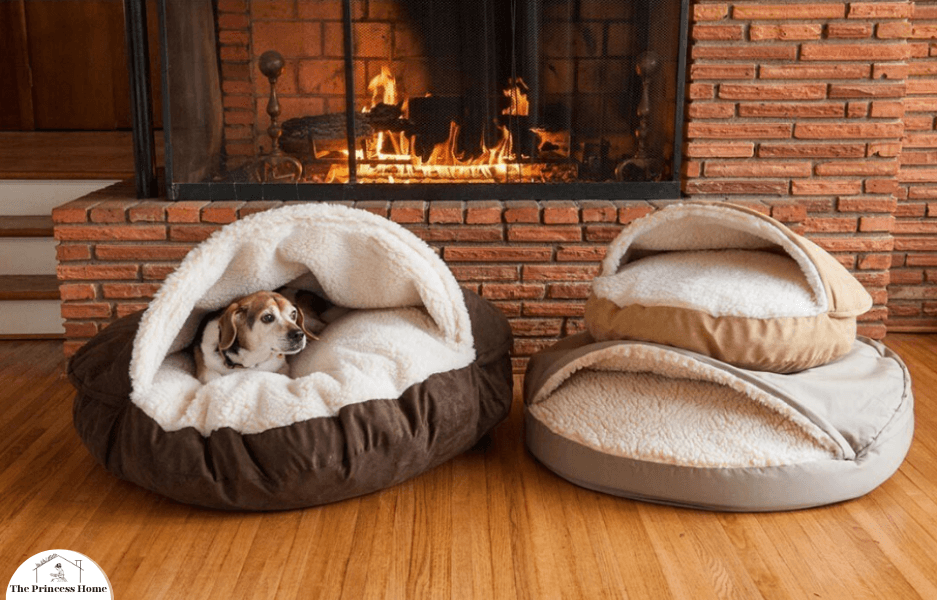
Cozy Pet Beds
- Ensure your furry friends also enjoy the warmth of the season. Provide cozy beds for pets with soft blankets or cushions. Their comfort contributes to the overall cozy atmosphere of your home.

Cozy Outdoor Spaces:
- If you have a porch or patio, make it winter-friendly with outdoor blankets, cushions, and perhaps a fire pit. This extends the warmth of your house warm to outdoor spaces for a holistic cozy experience.
Conclusion:
By combining insulation and sealing techniques with modern technology and renewable energy sources, you can create a warm, eco-friendly, and smart house warm that not only keeps you cozy but also aligns with sustainability goals.
FAQs – Steps to Make Your House Warm and Cozy During Winter
Q1: Why is it essential to make my house warm in winter?
A1: Keeping your house warm in winter is crucial for several reasons. First and foremost, it ensures your comfort and well-being during cold weather. Additionally, a warm home can lead to energy savings and lower heating bills, contribute to better indoor air quality, and reduce your environmental impact by using energy-efficient practices.
Q2: How do I know if my home needs more insulation?
A2: Signs that your home may need more insulation include uneven heating, drafty areas, and higher-than-expected heating bills. You can also conduct an insulation assessment or hire a professional to evaluate your home’s insulation needs.
Q3: What are the benefits of upgrading to energy-efficient windows and doors?
A3: Upgrading to energy-efficient windows and doors can significantly reduce heat loss, drafts, and energy consumption. These upgrades often result in improved comfort, lower heating costs, and a quieter interior environment.
Q4: Are there any affordable ways to make my home warmer without major renovations?
A4: Yes, several cost-effective methods can make your home warmer without extensive renovations. These include using draft stoppers, sealing air leaks with caulk and weatherstripping, adding heavy curtains, and optimizing your heating system through maintenance and programmable thermostats.
Q5: How can I determine the right thermostat settings for energy efficiency during winter?
A5: To optimize energy efficiency, set your thermostat to a lower temperature when you’re away or asleep and raise it only when you’re at home and awake. Programmable or smart thermostats allow you to create customized schedules that align with your daily routine, minimizing energy use during idle periods.
Q6: What are some renewable energy sources I can use for winter heating?
A6: Two common renewable energy sources for winter heating are solar panels and wind turbines. Solar panels can generate electricity to power your heating system, while wind turbines can harness wind energy for the same purpose. Both options offer clean and sustainable heating solutions.
Q7: How do I ensure proper ventilation while keeping my home warm in winter?
A7: Proper ventilation is essential for maintaining indoor air quality. Use exhaust fans in kitchens and bathrooms to remove excess moisture and pollutants. Heat Recovery Ventilators (HRVs) can help maintain indoor air quality by exchanging heat between incoming and outgoing air streams.
Q8: What are the advantages of using home automation for winter heating?
A8: Home automation allows you to control and monitor your heating system remotely, optimizing energy usage. It offers convenience through voice commands or smartphone apps and enables you to adjust temperatures based on your schedule or energy-saving preferences.
Q9: How can I benefit from local utility programs for energy savings?
A9: Many utility companies offer programs that provide incentives, rebates, or discounts for energy-efficient upgrades. Check with your local utility provider to see if you qualify for such programs and take advantage of the cost savings they offer.
Q10: What’s the first step I should take to make my house warm this winter?
A10: The first step is to conduct a home energy audit or assessment to identify specific areas that need improvement. This assessment will help you prioritize your efforts and determine which insulation, sealing, or heating system upgrades are most beneficial for your home.


